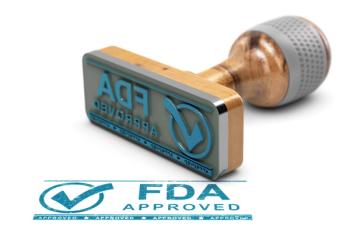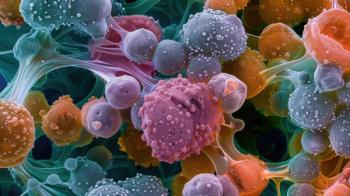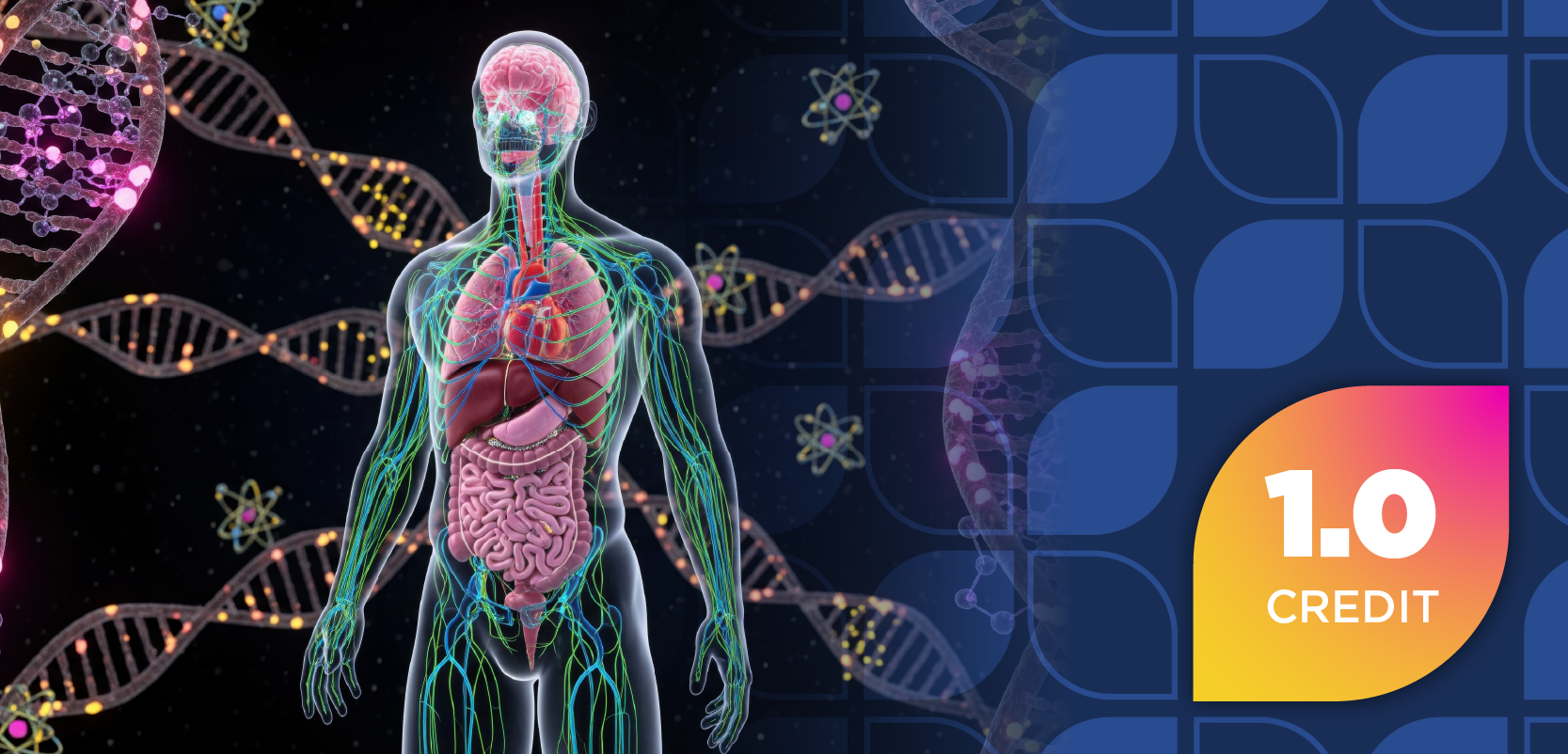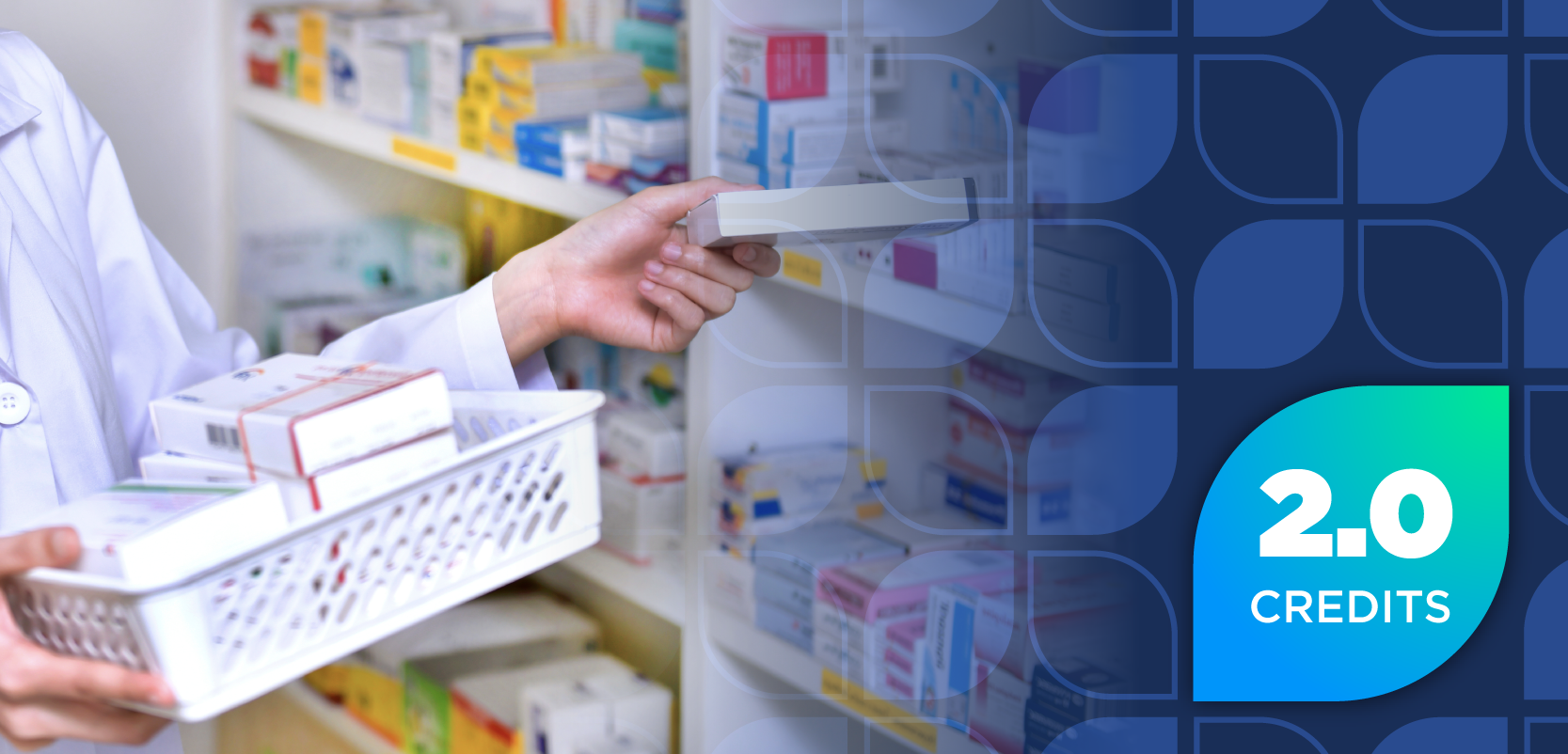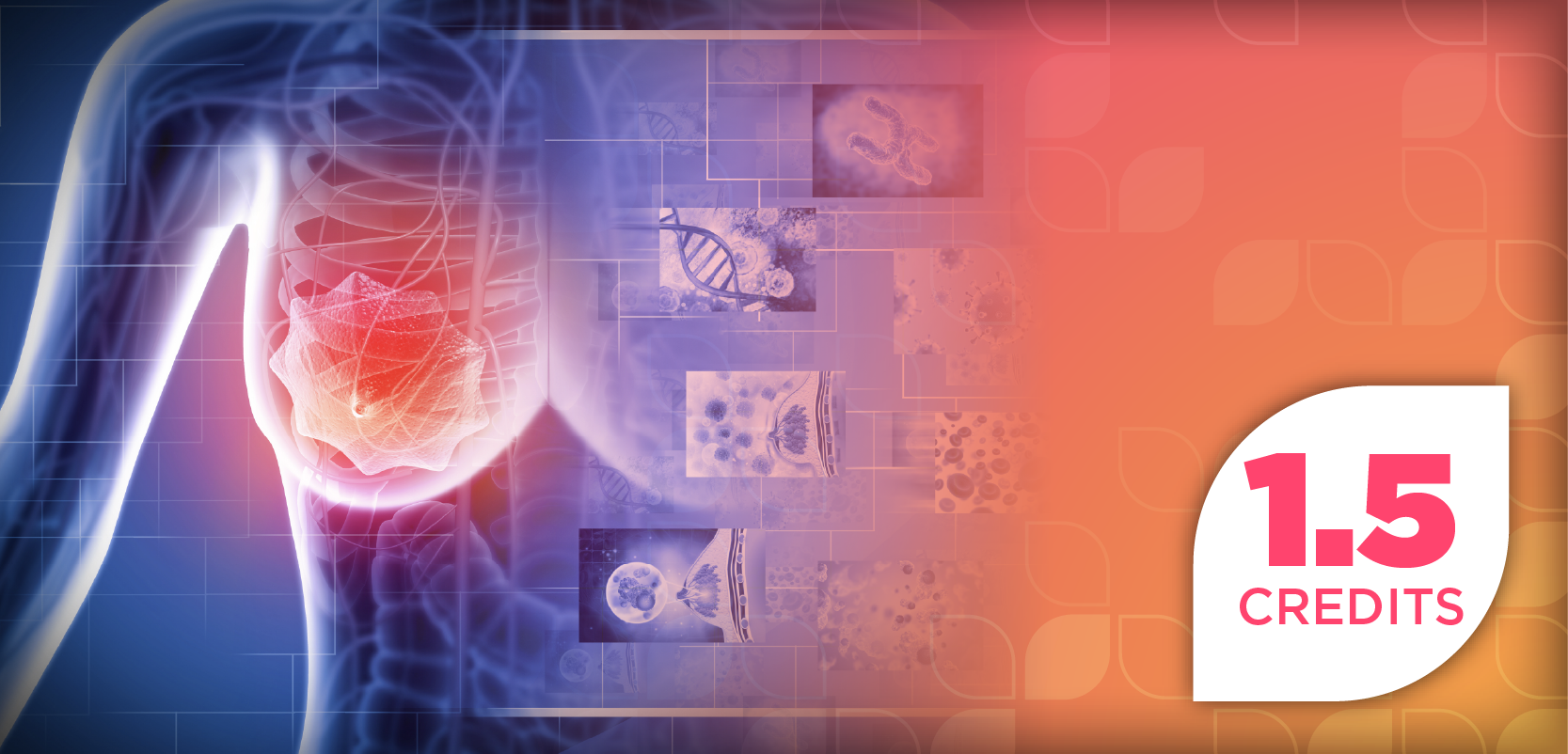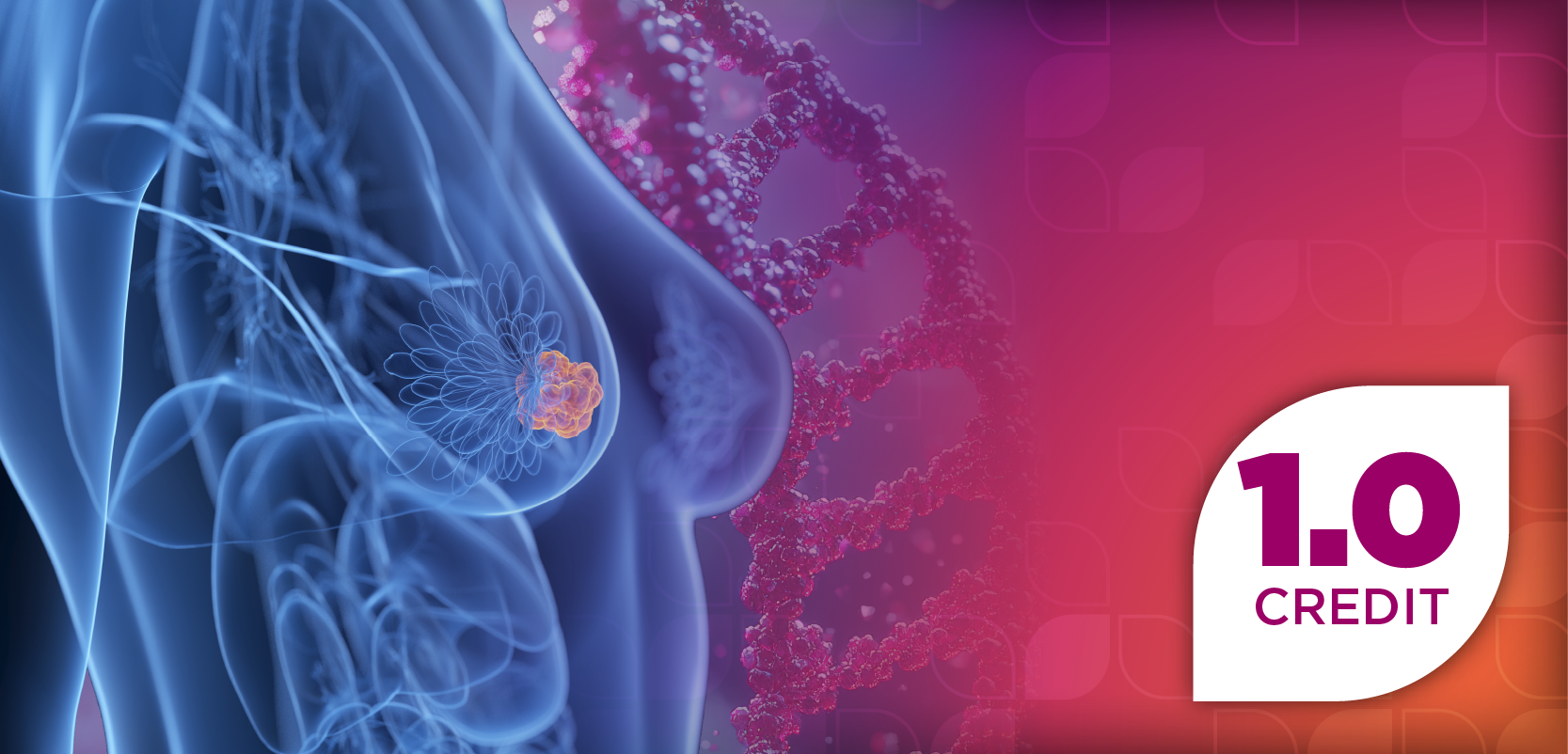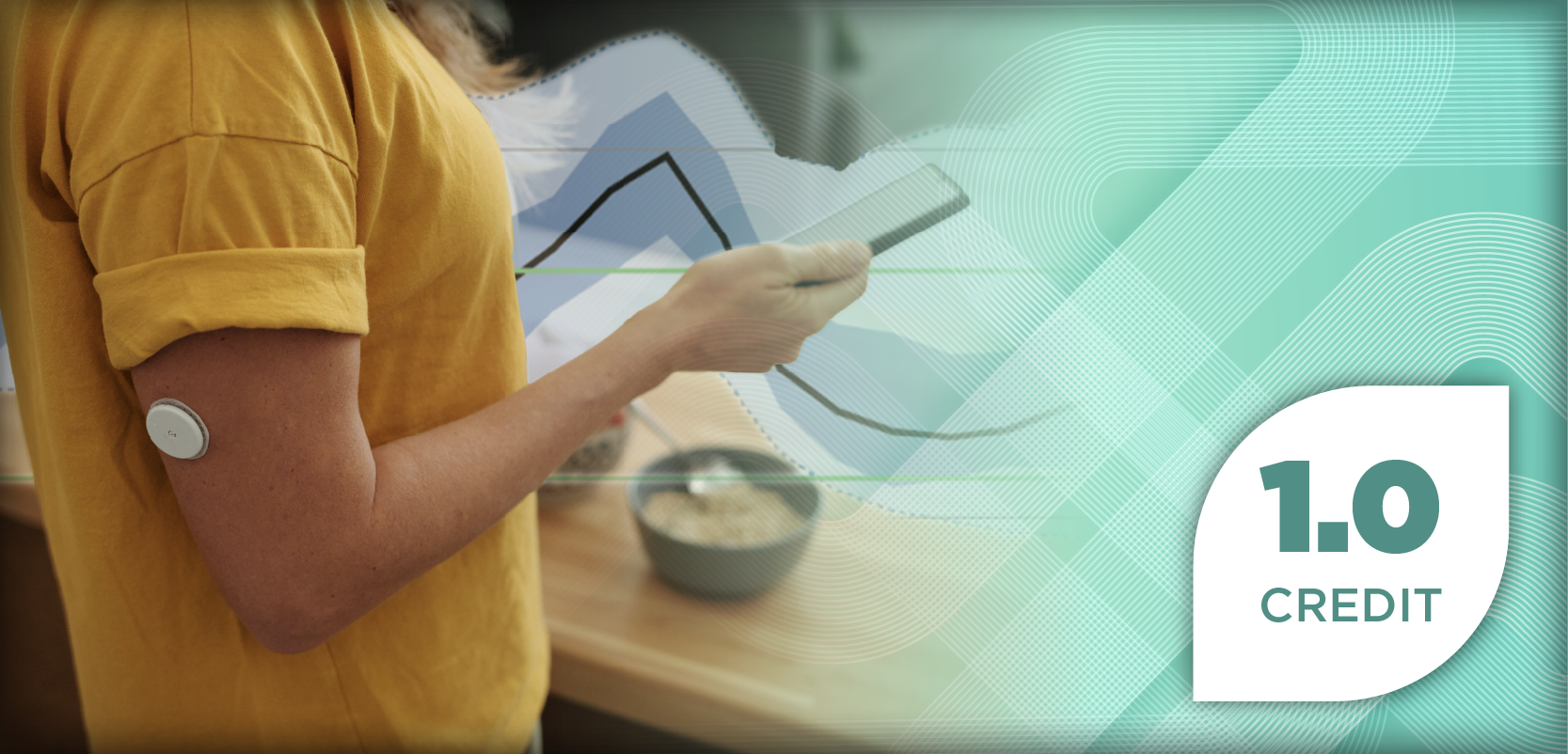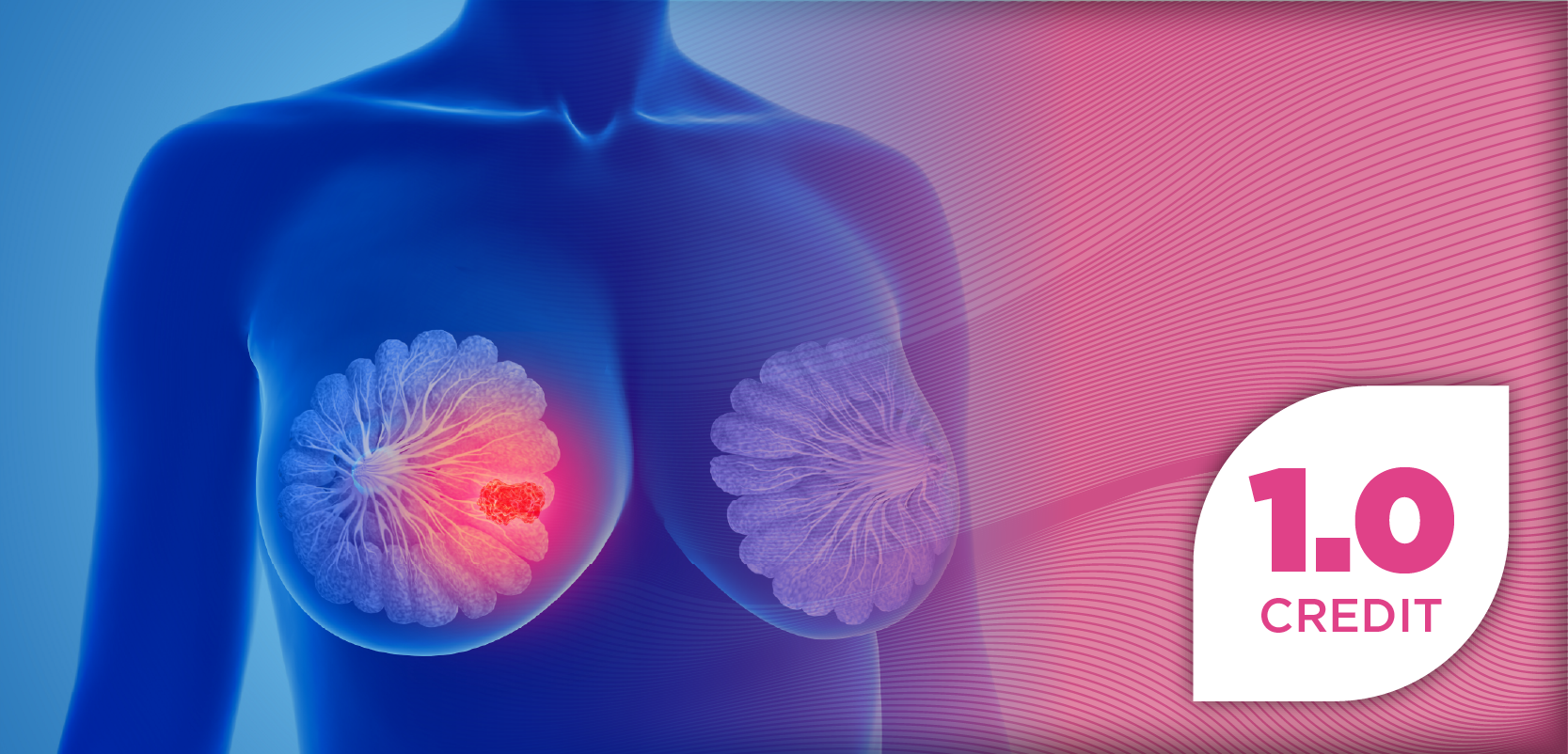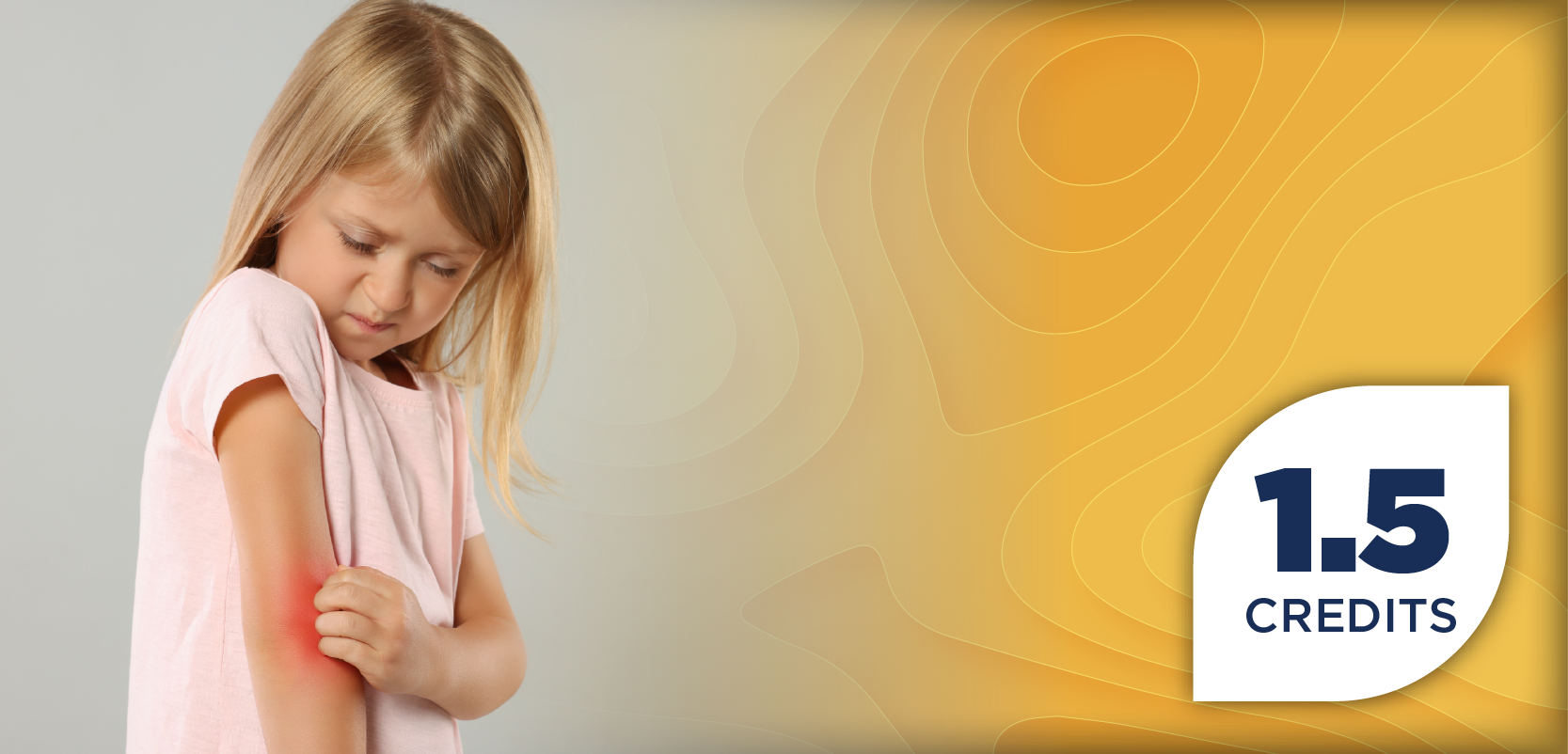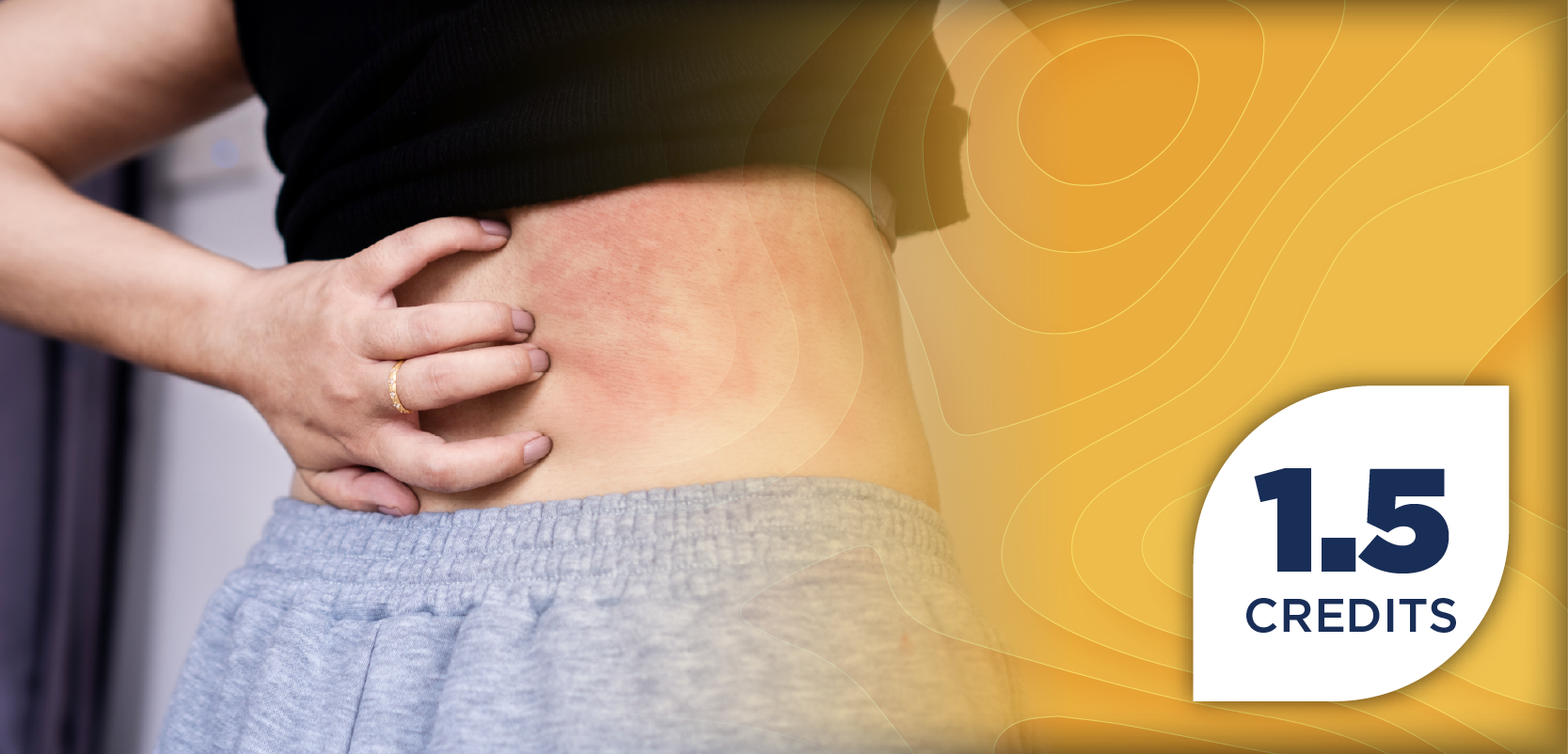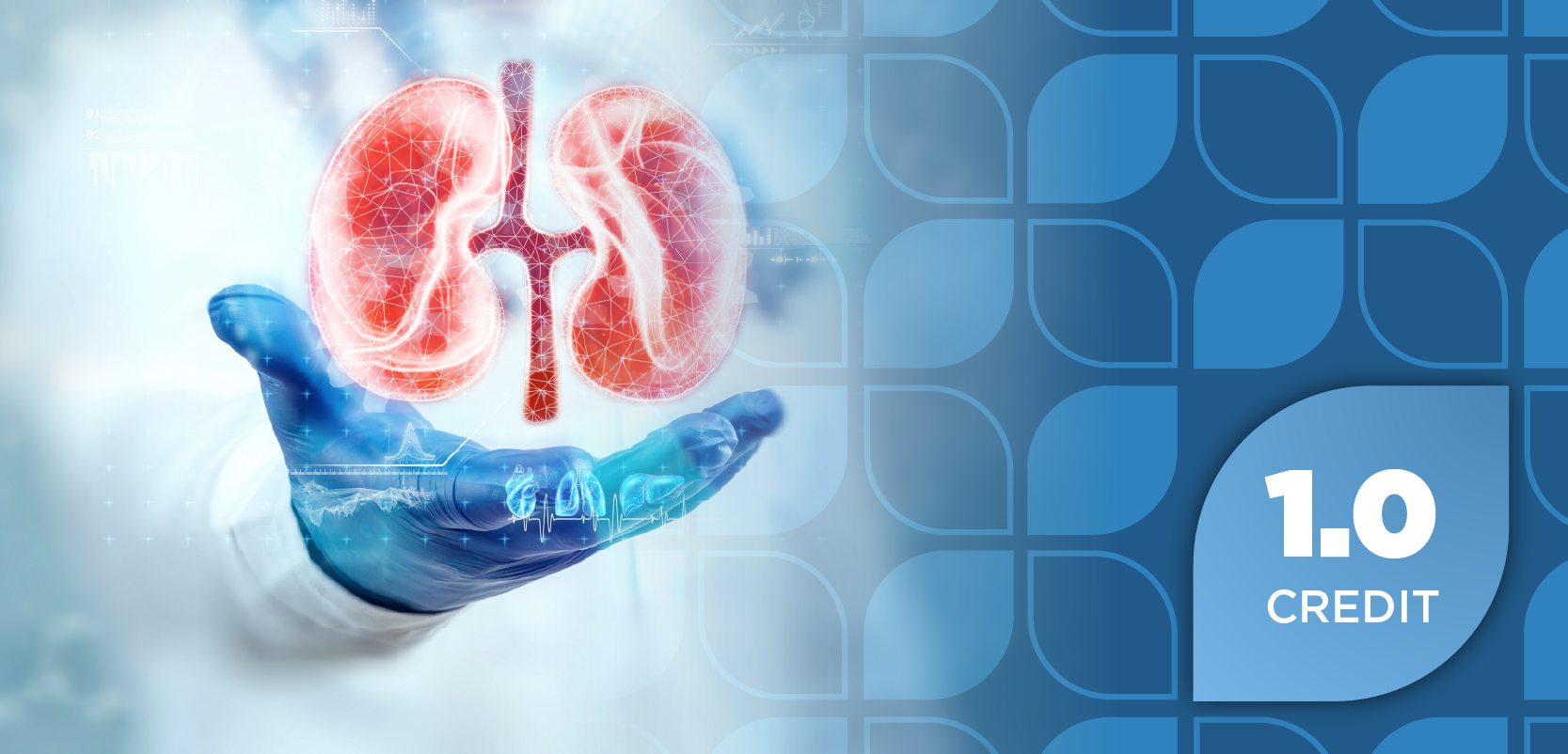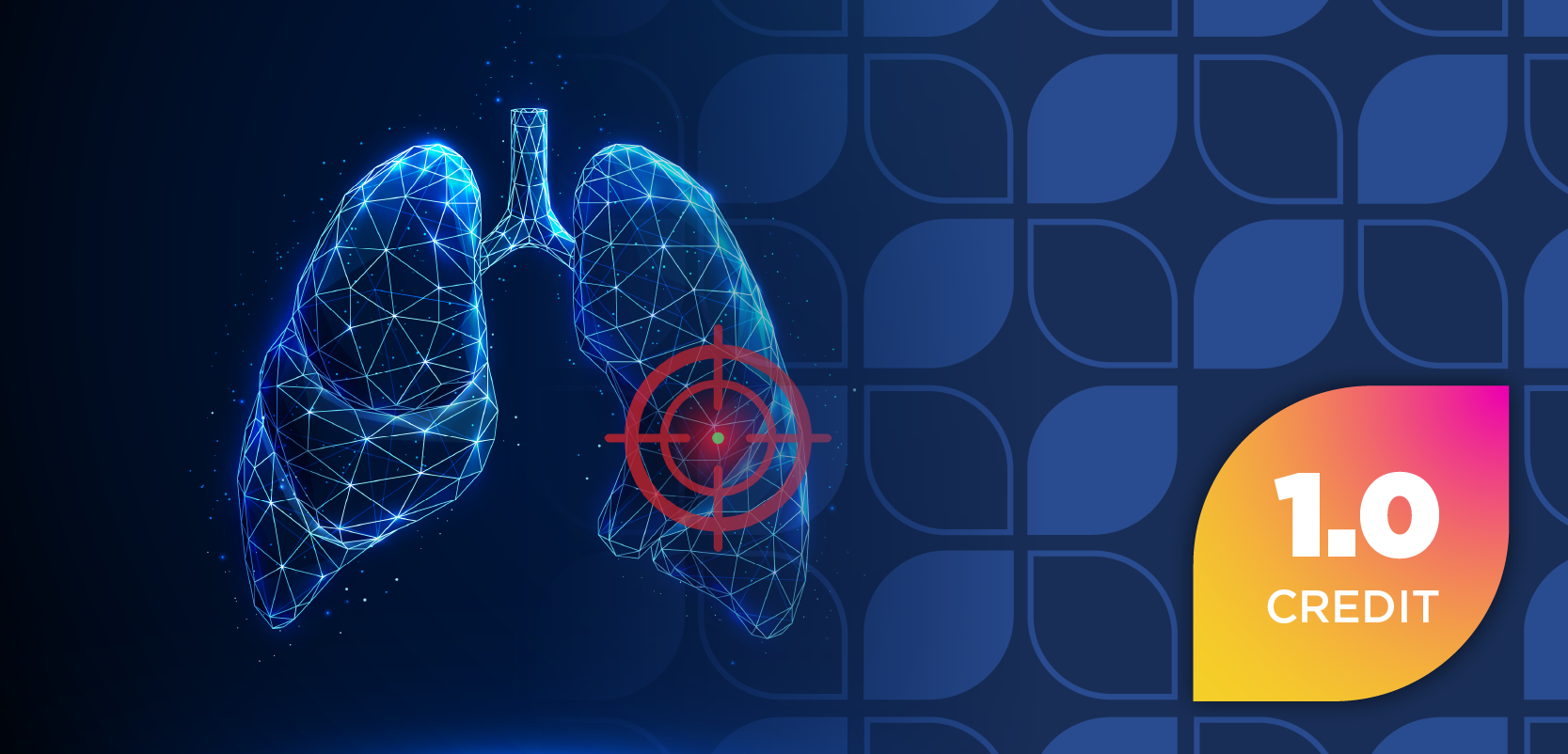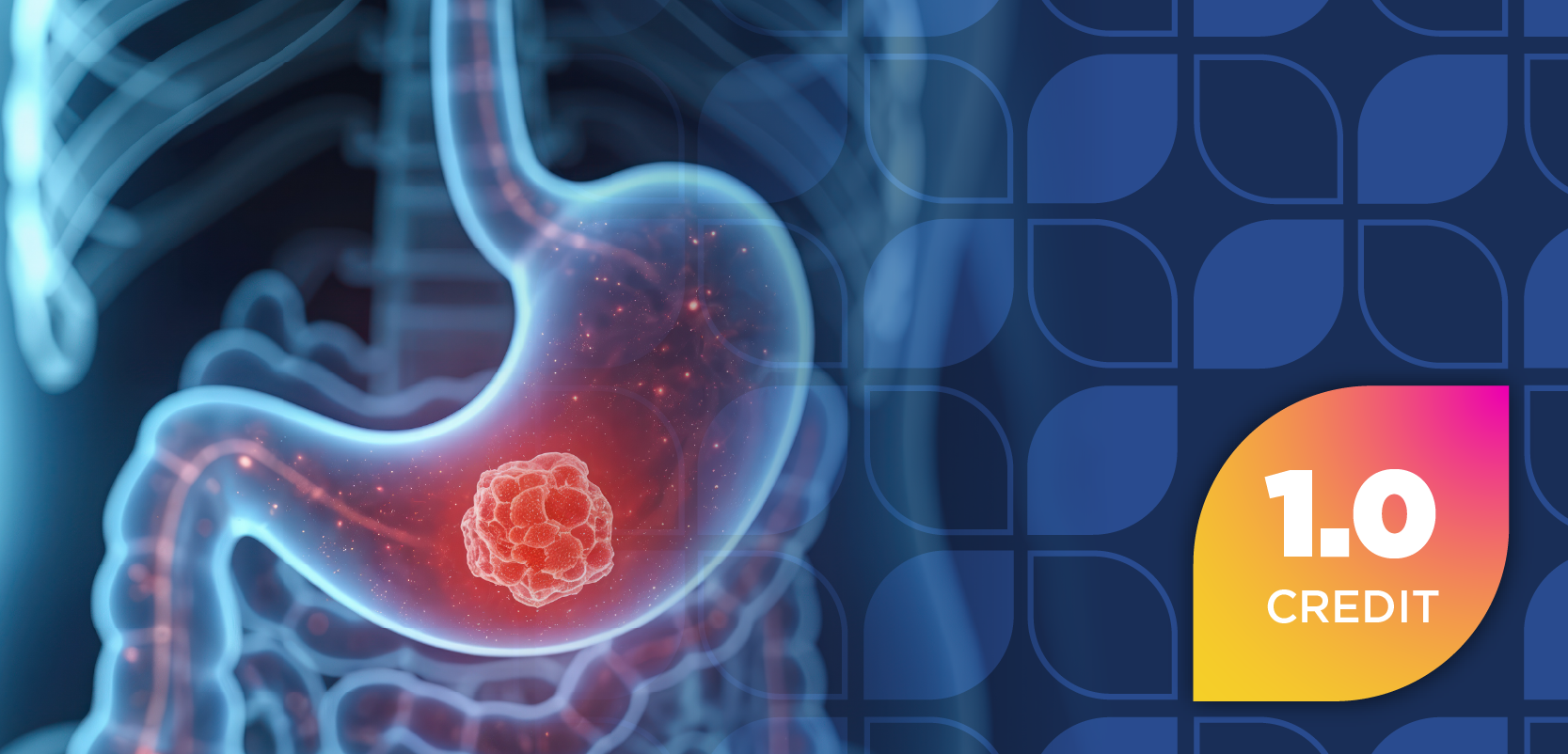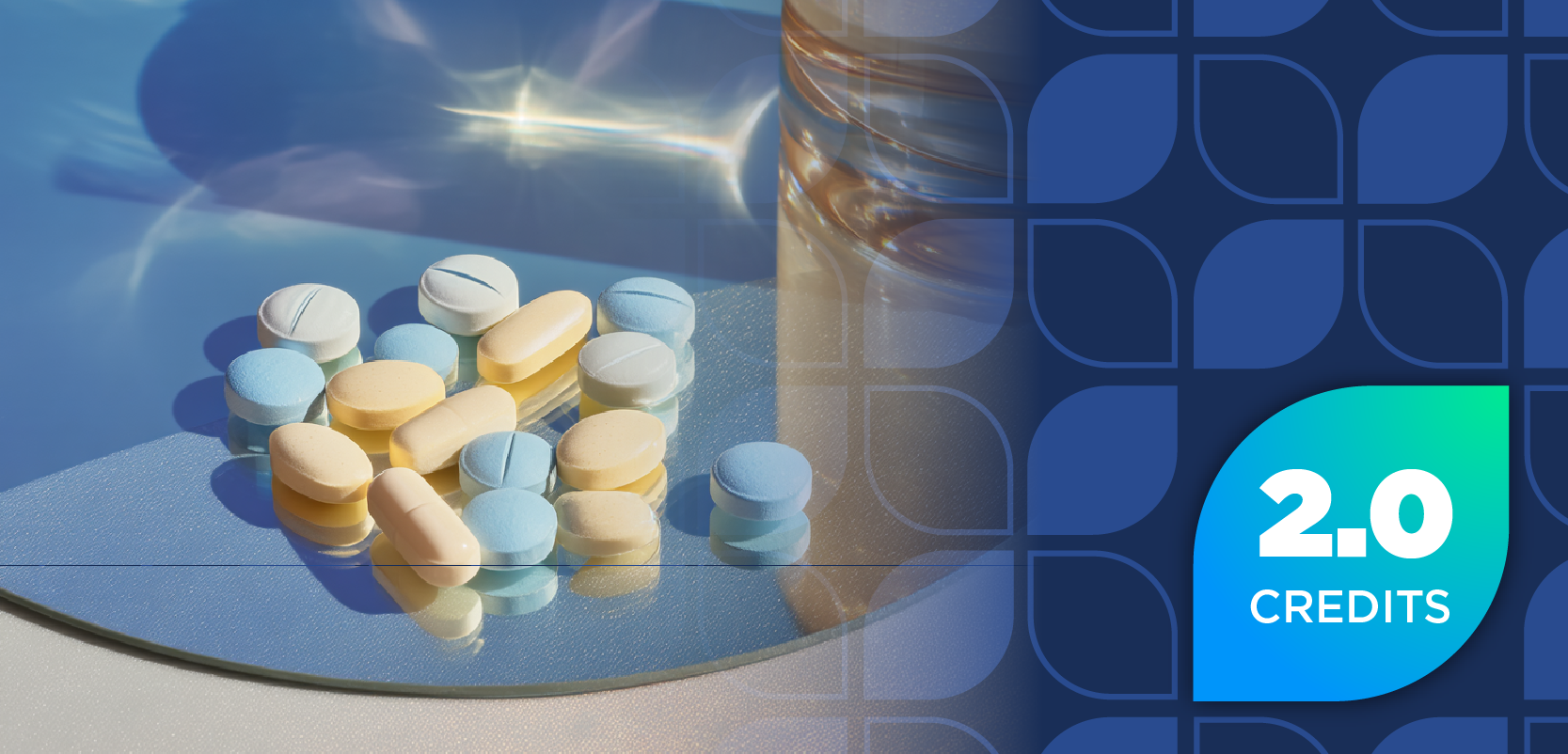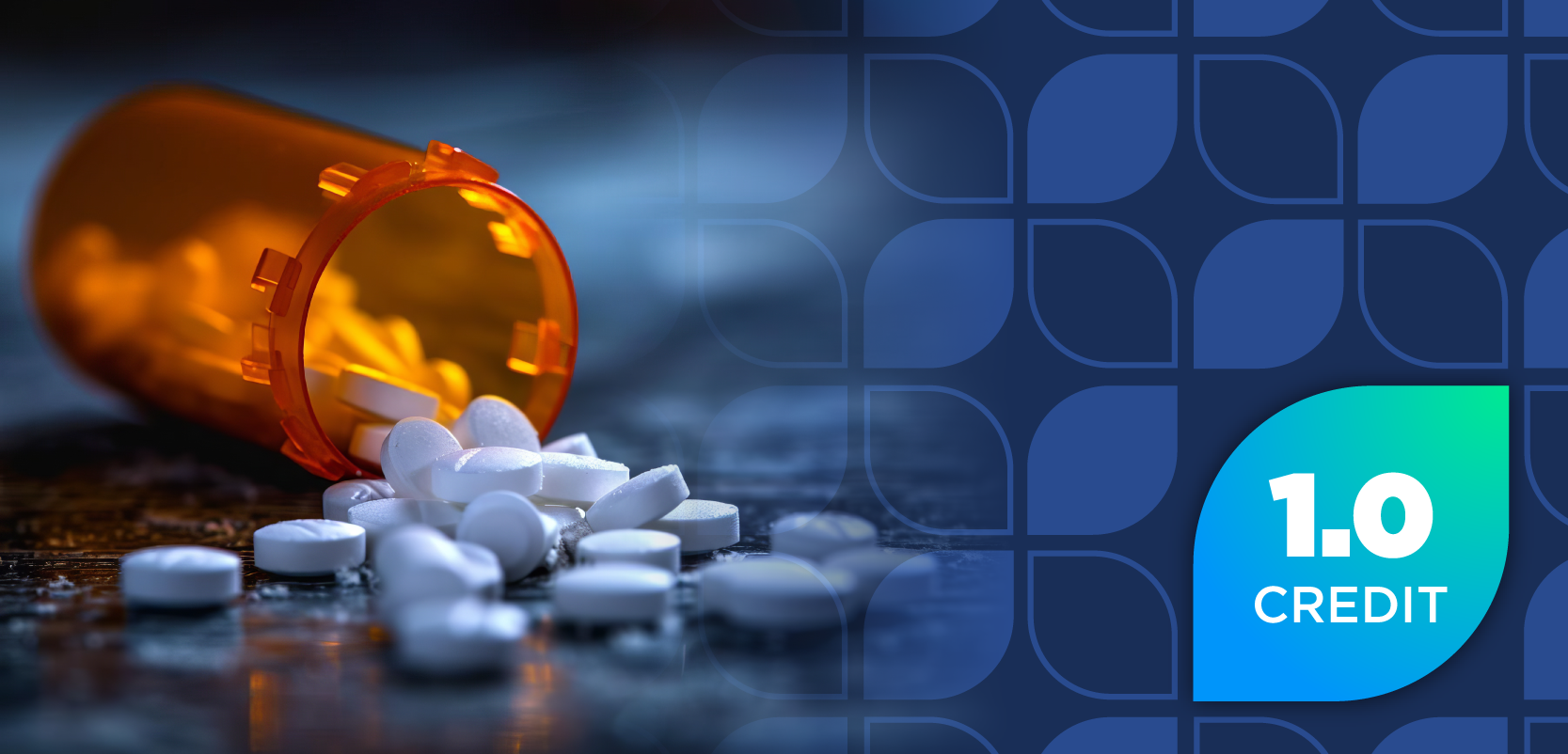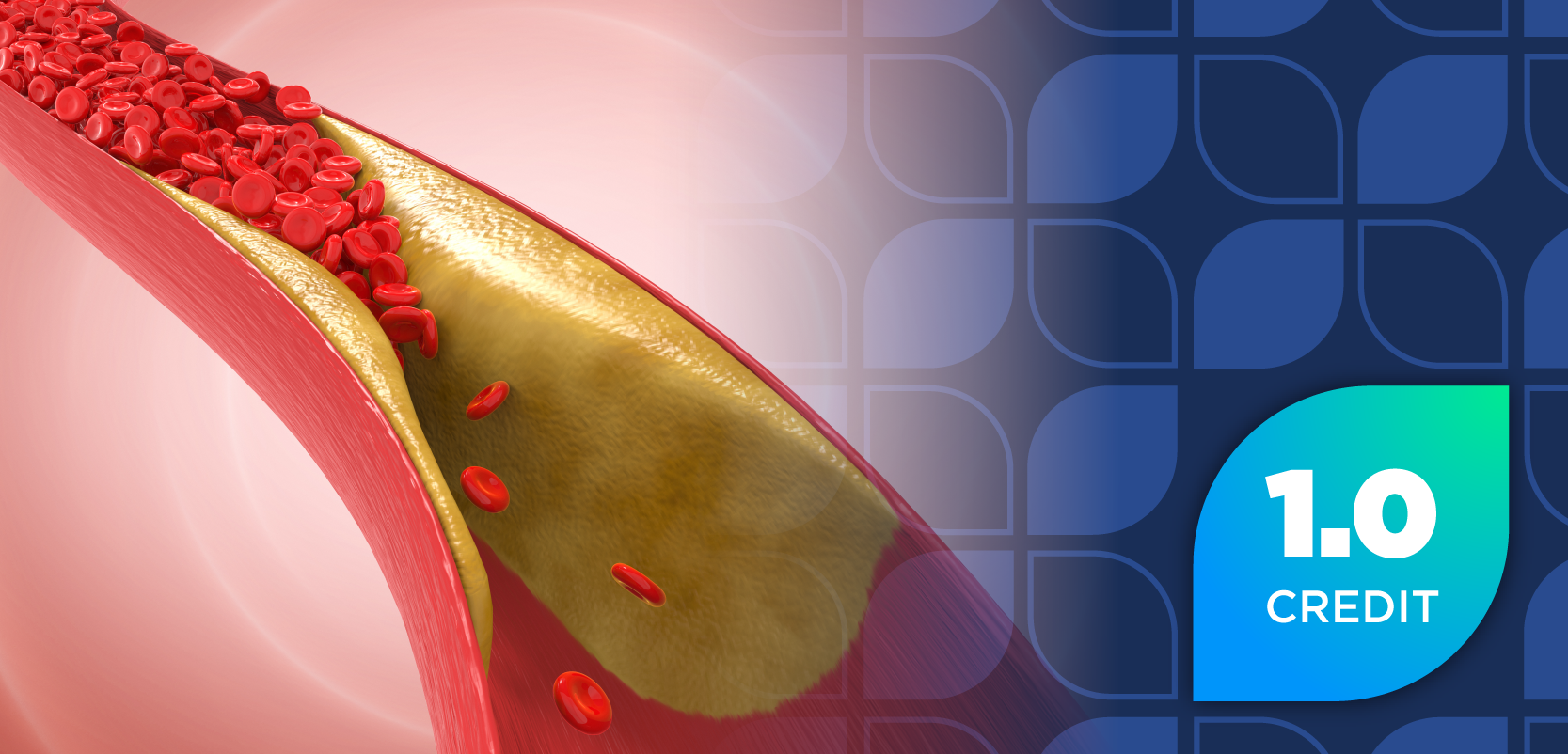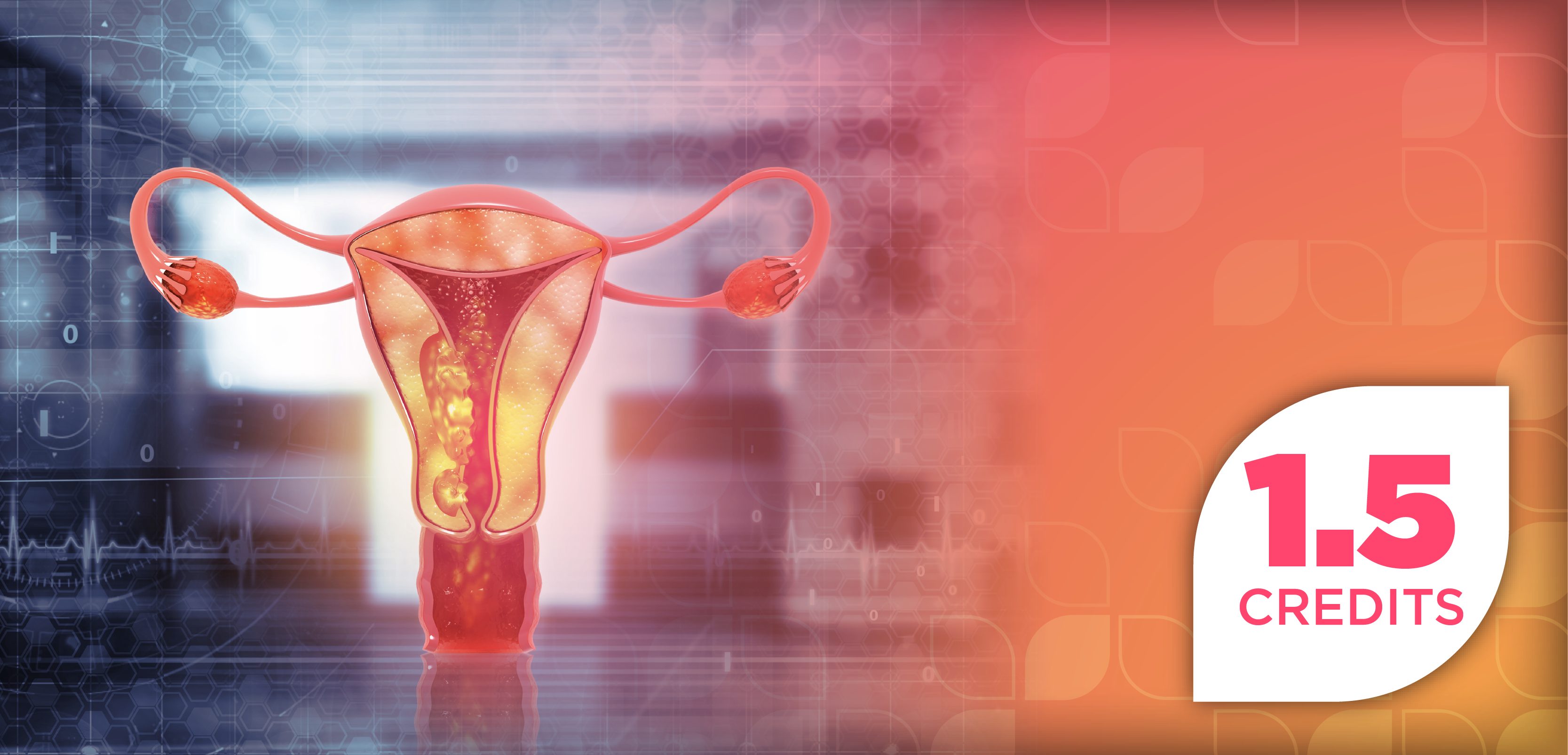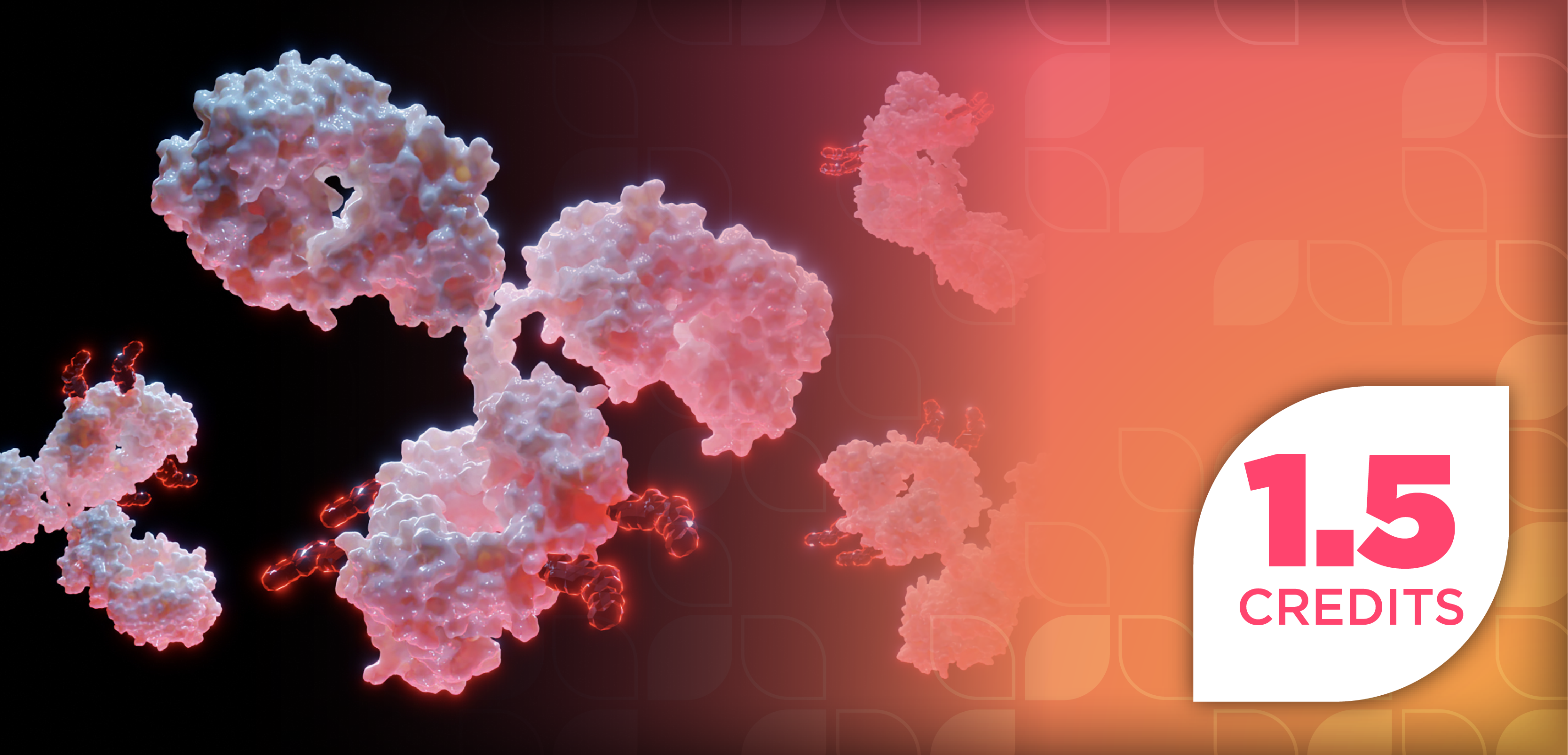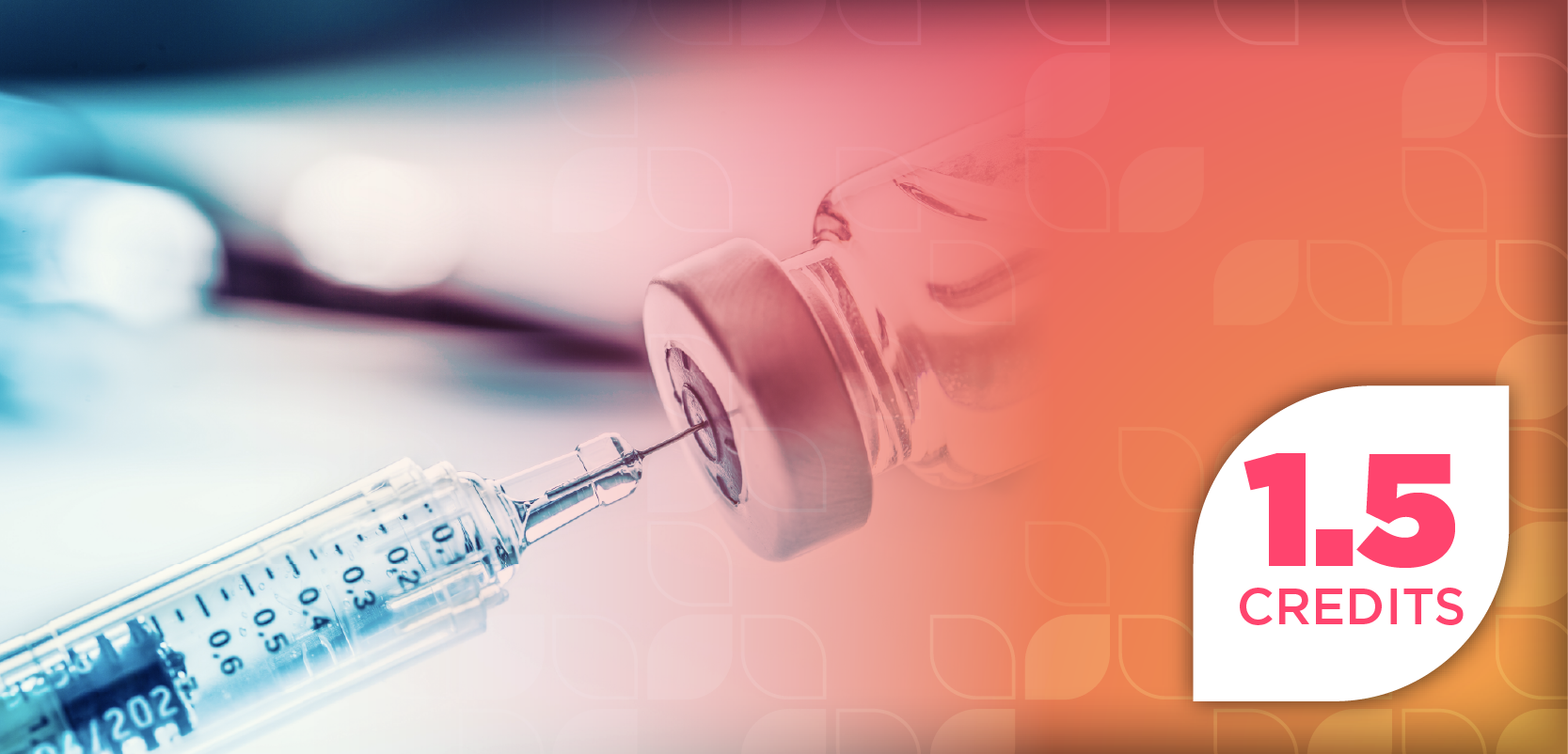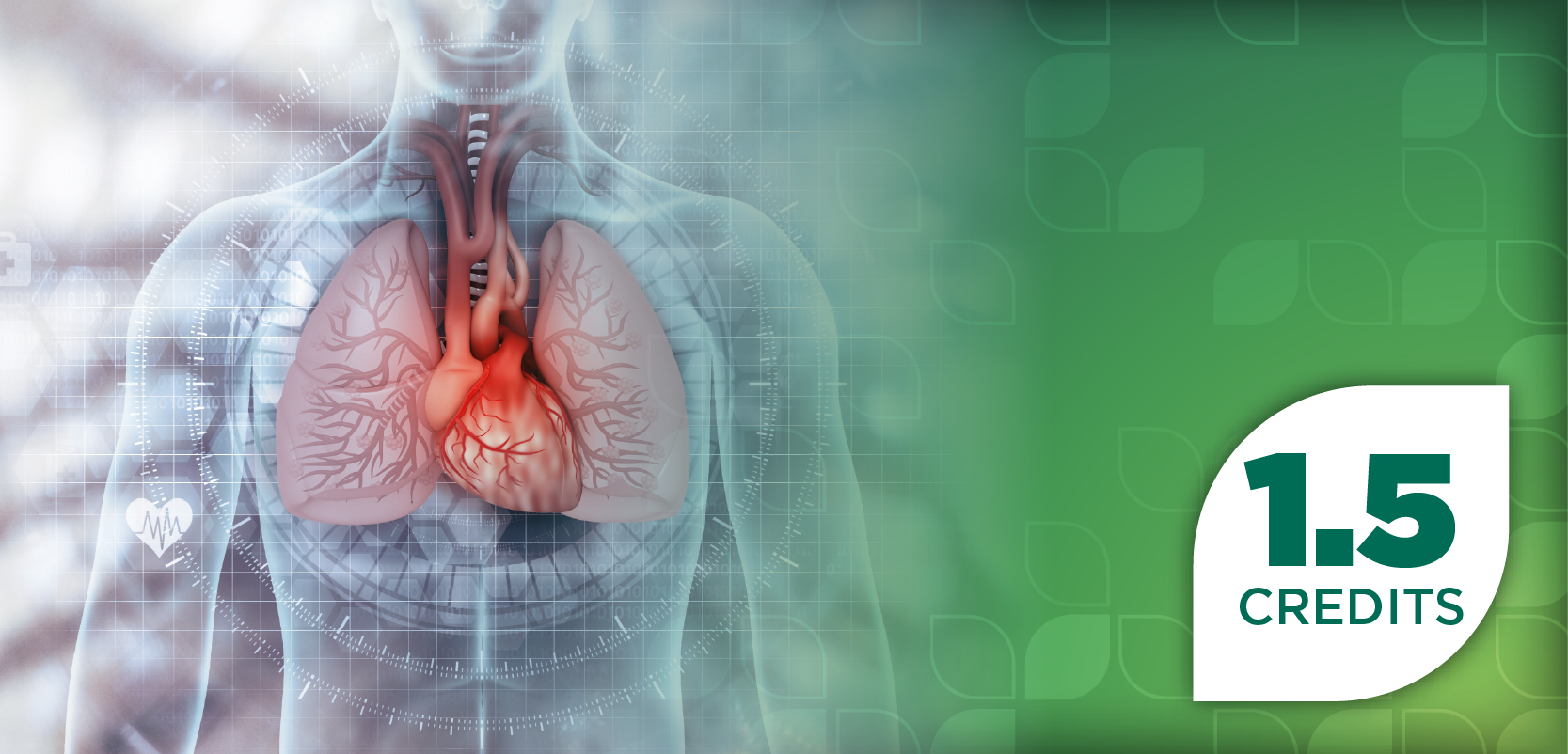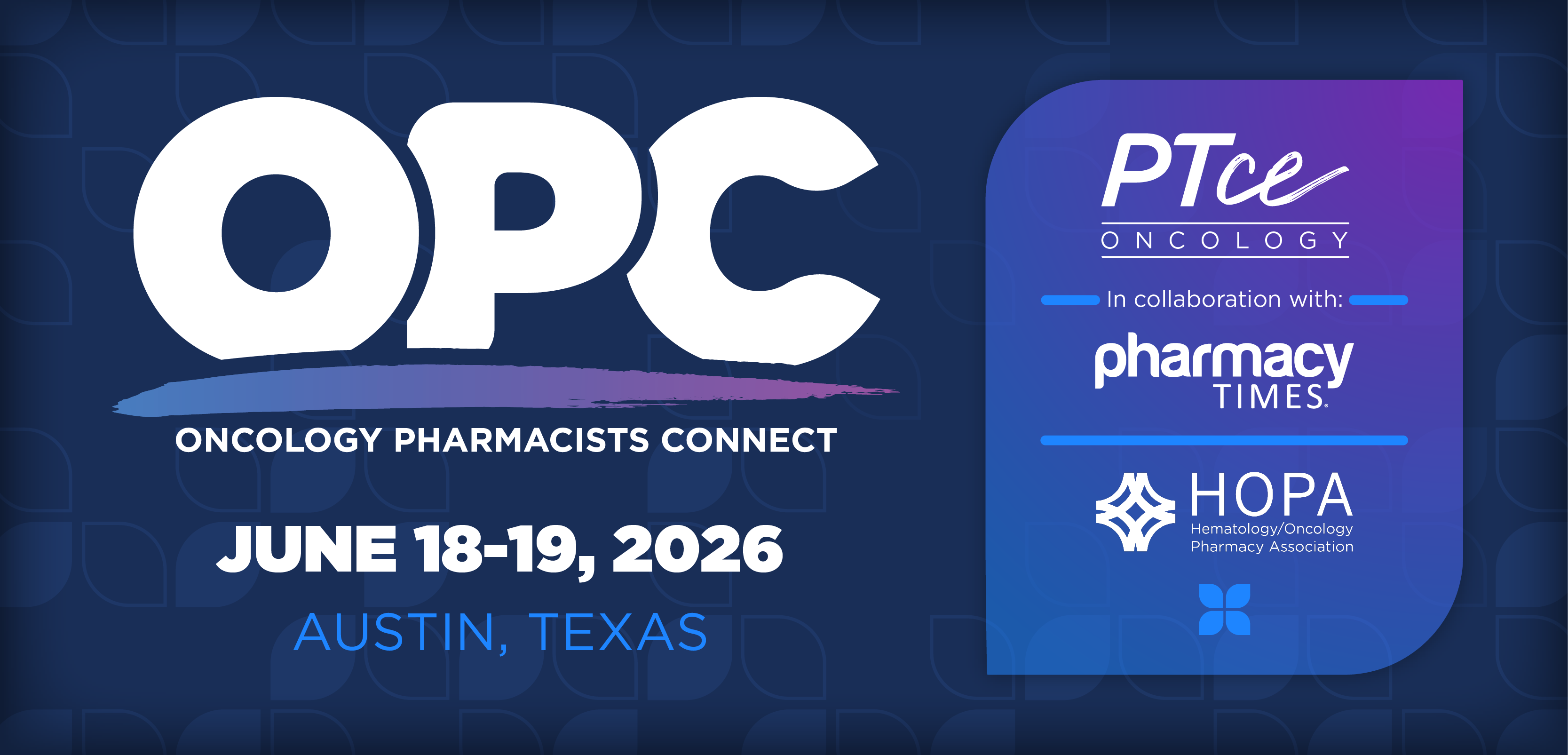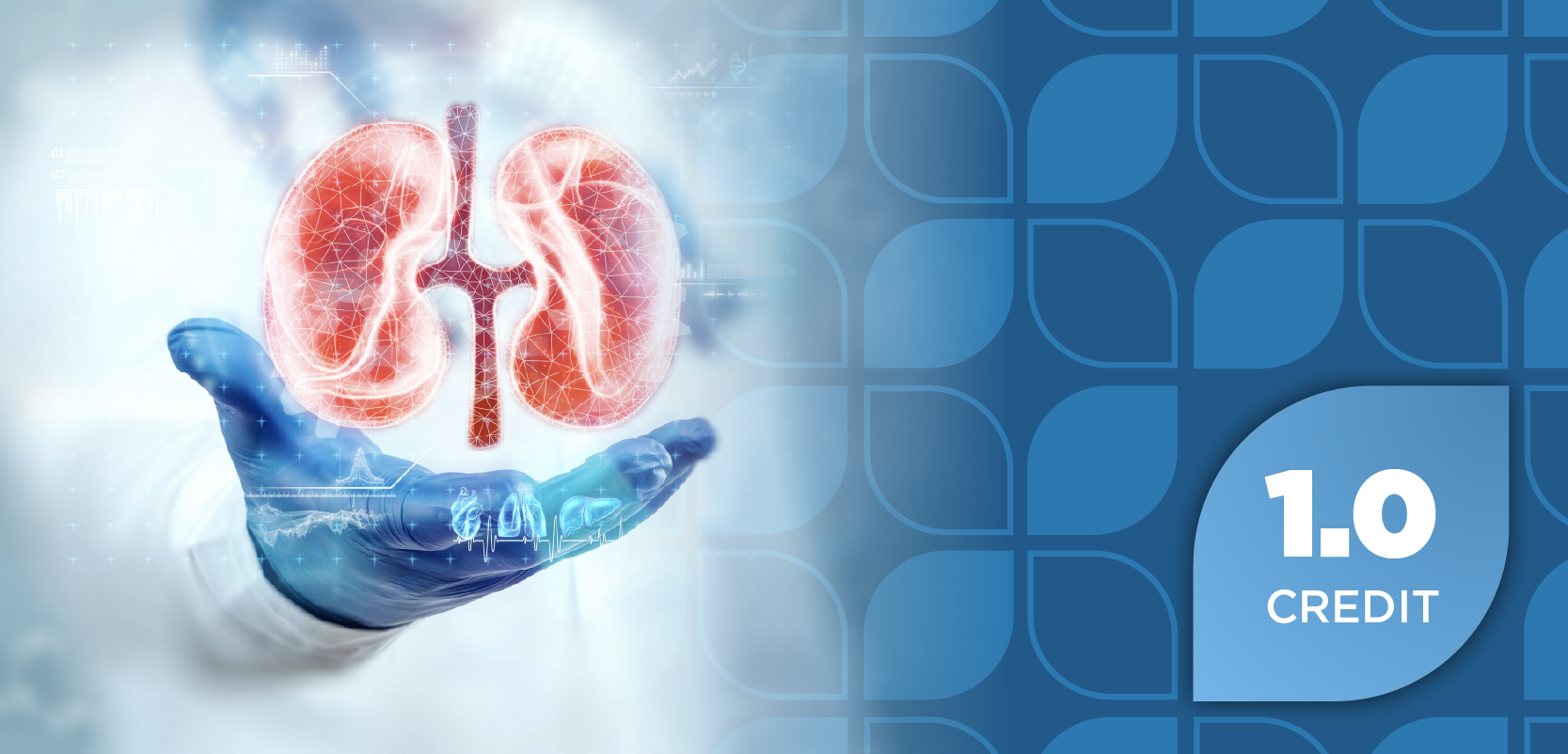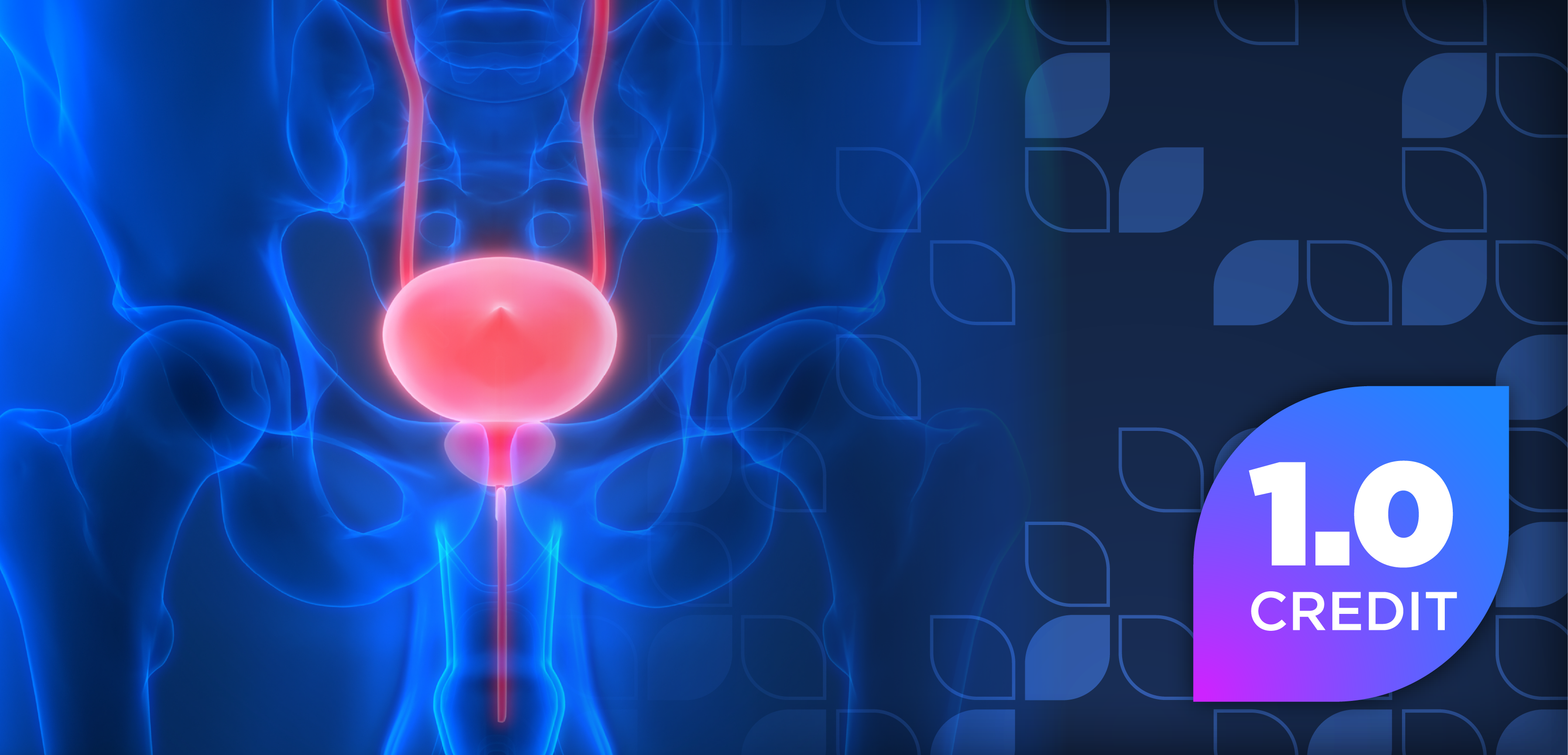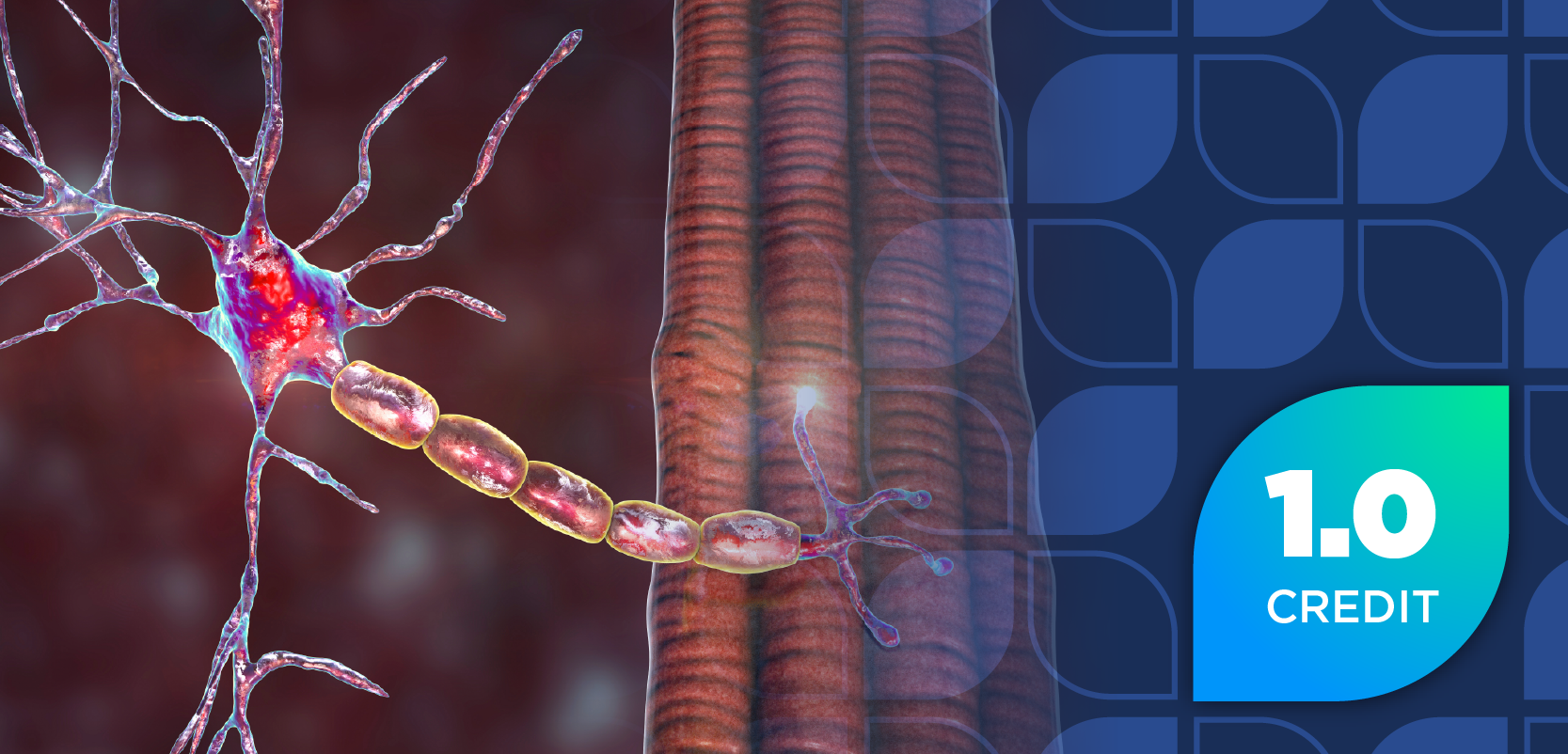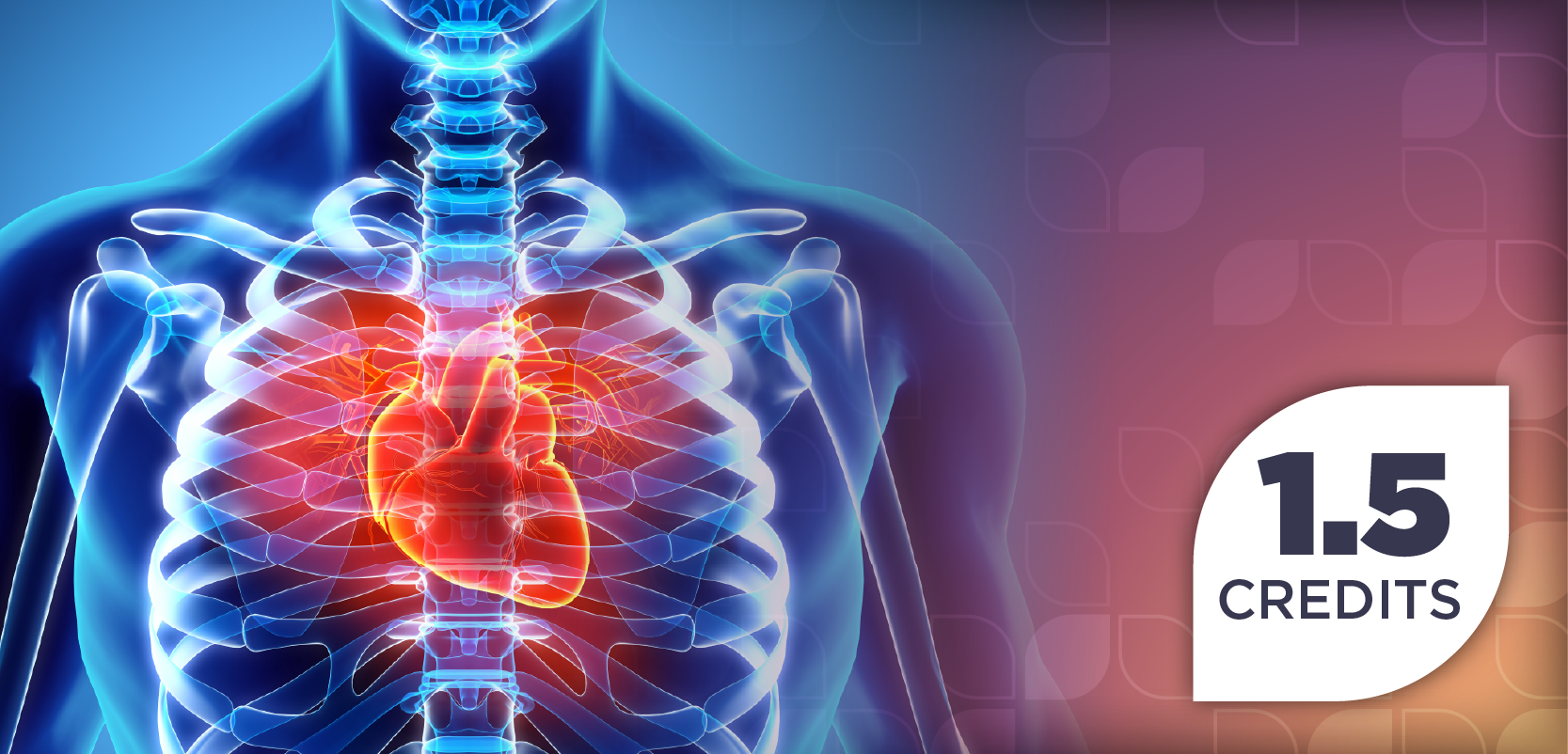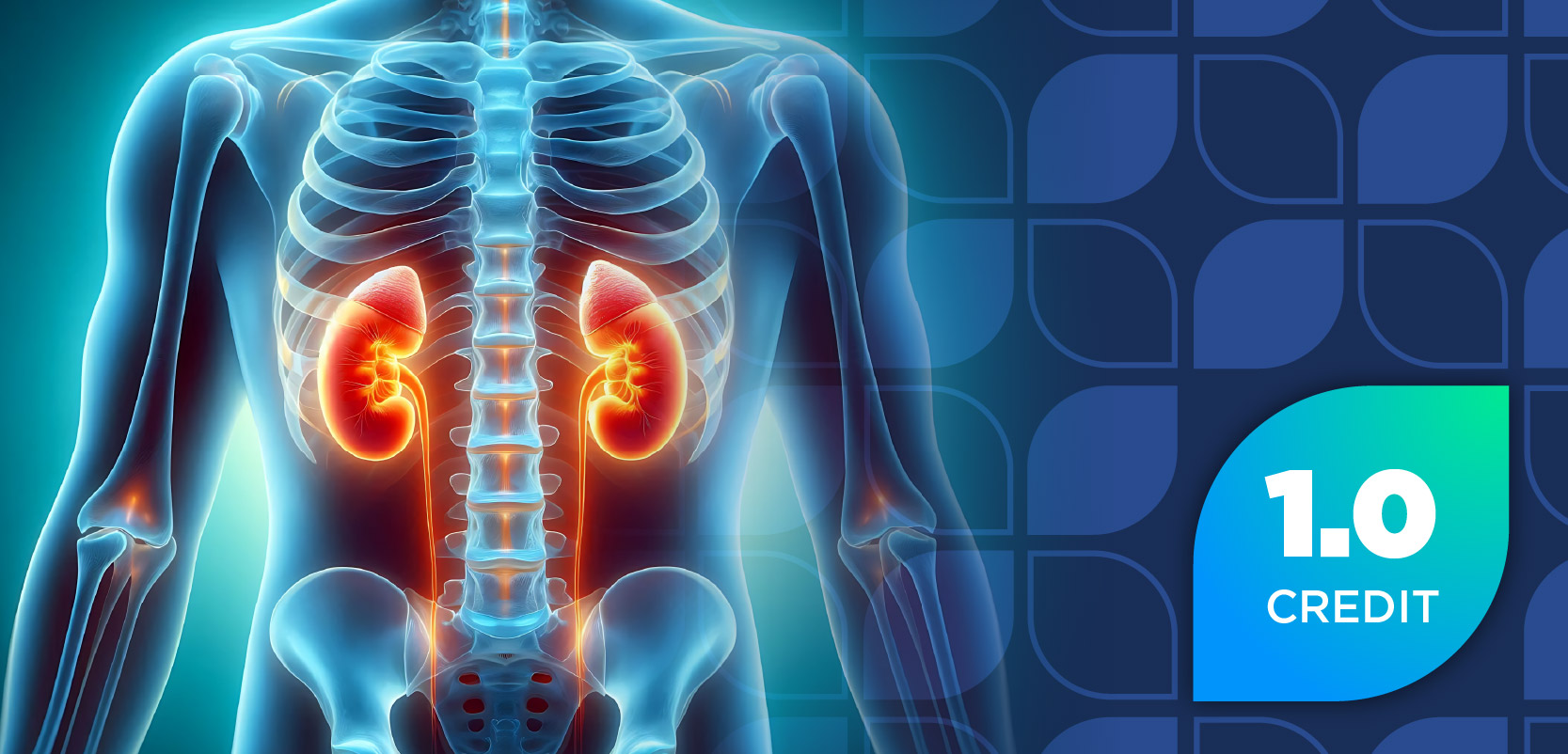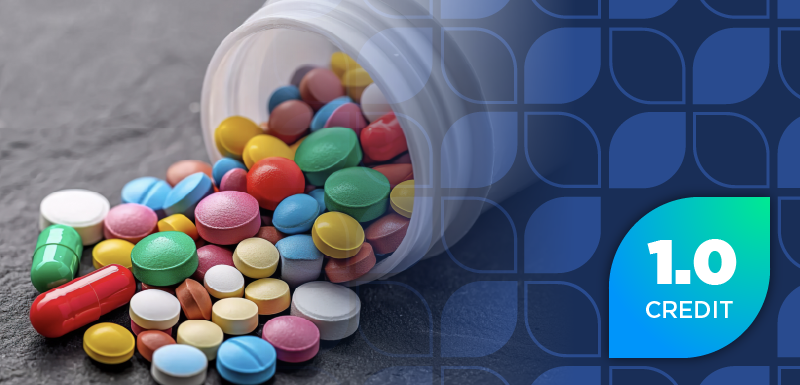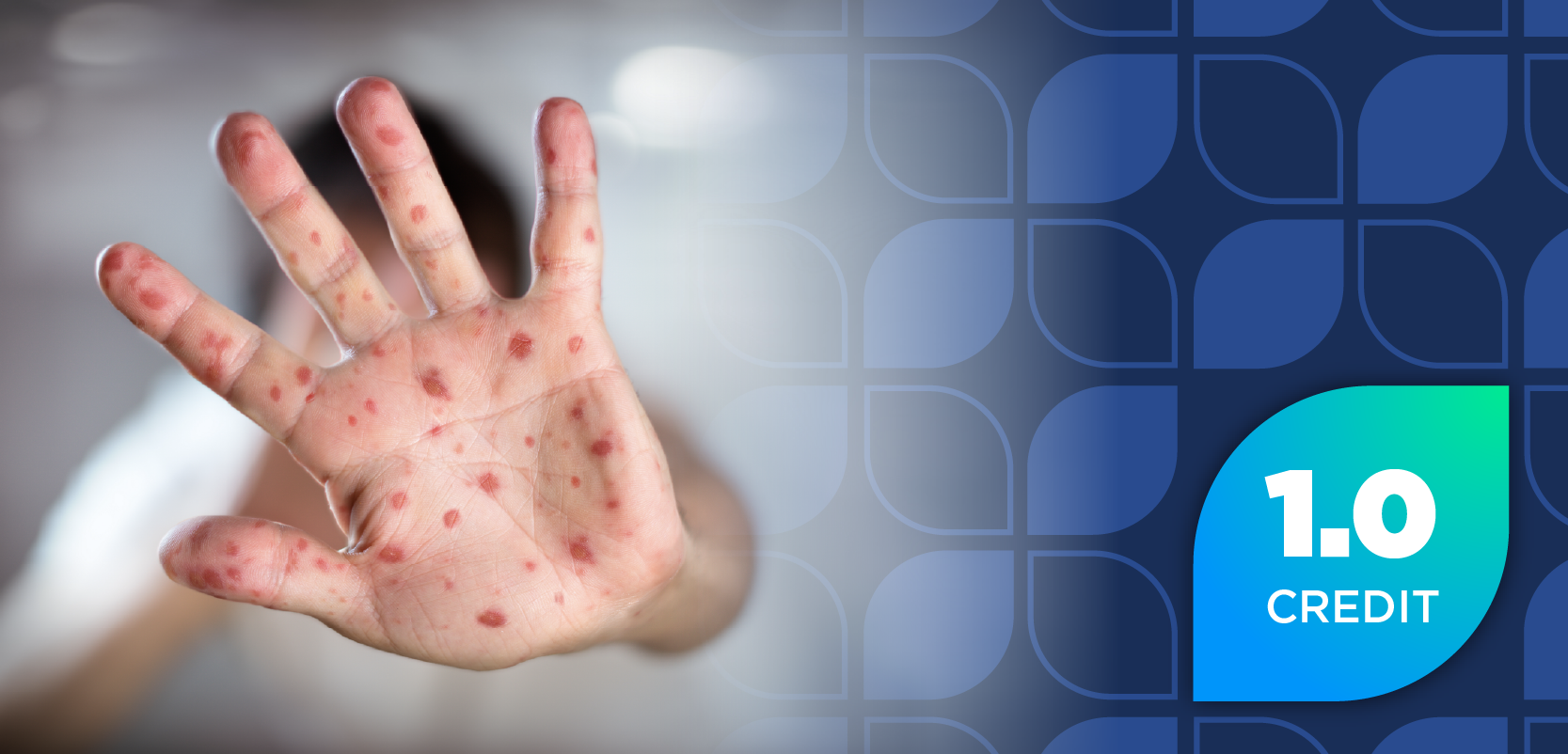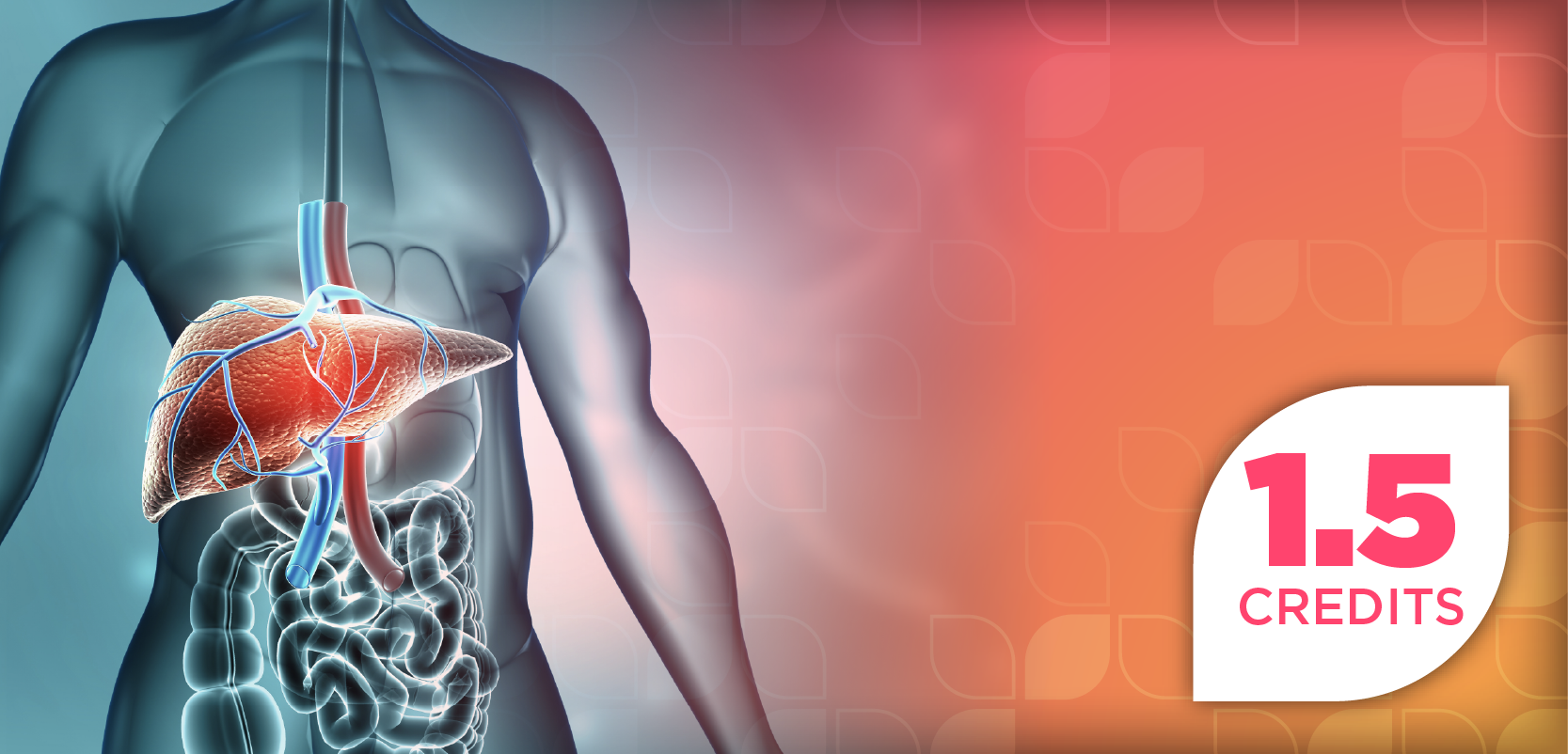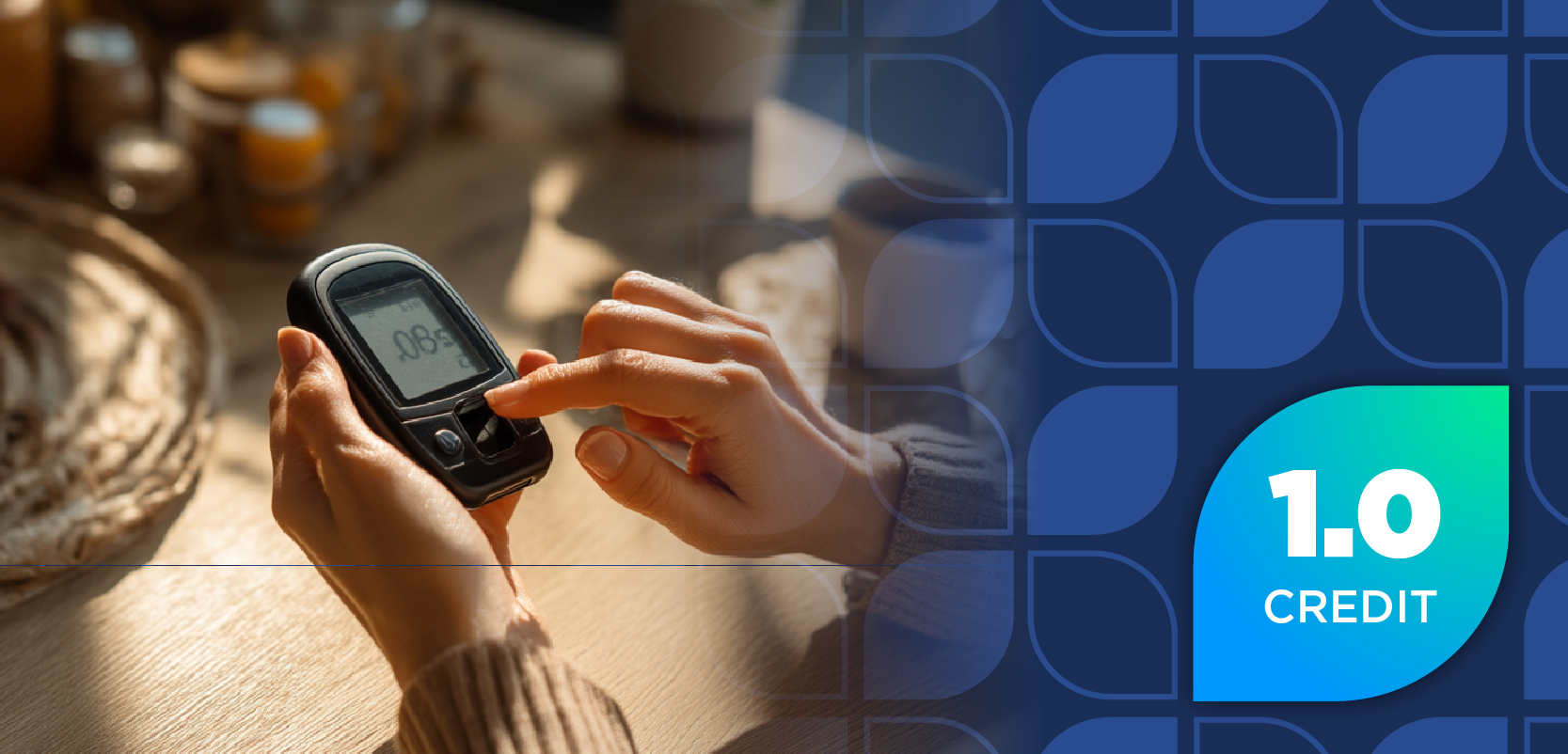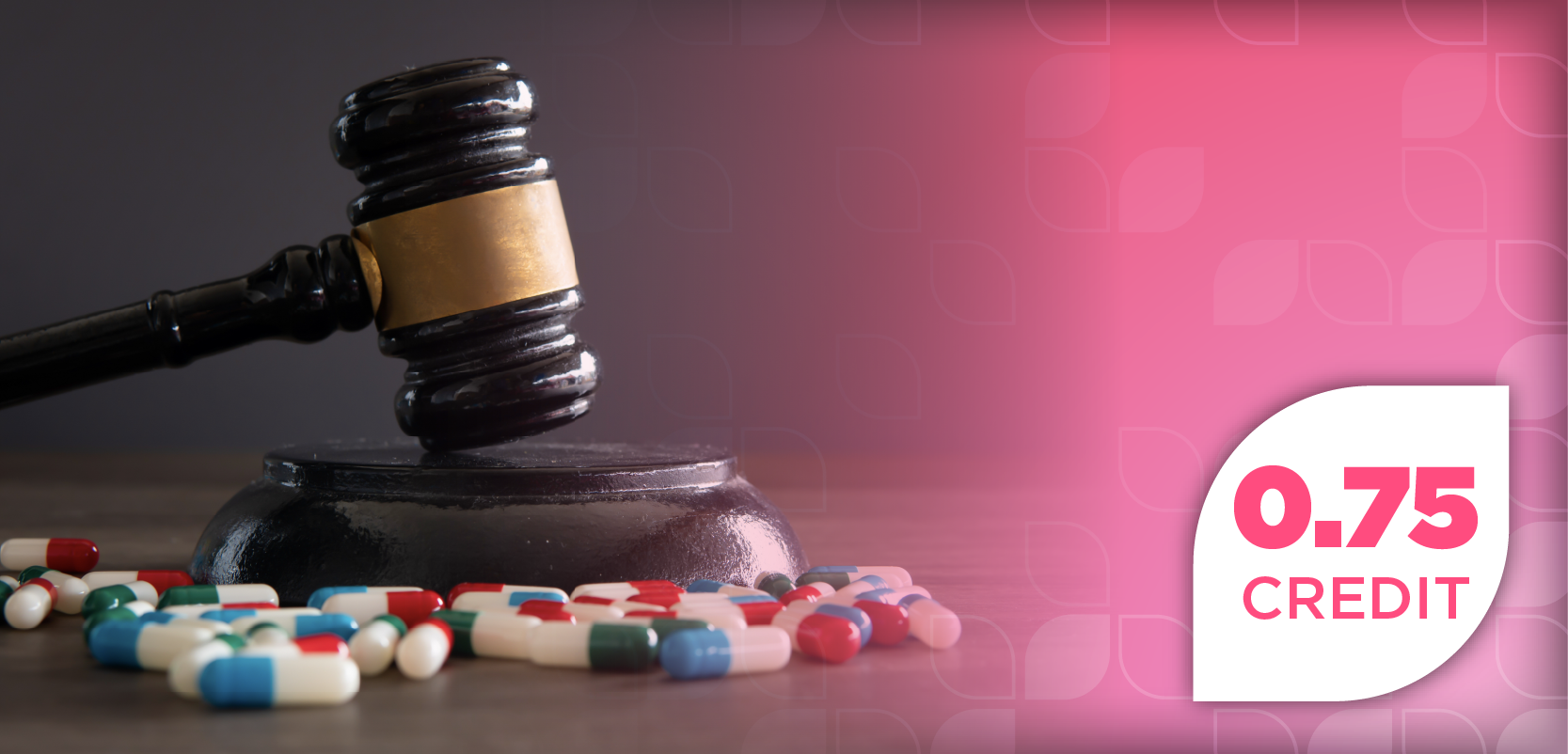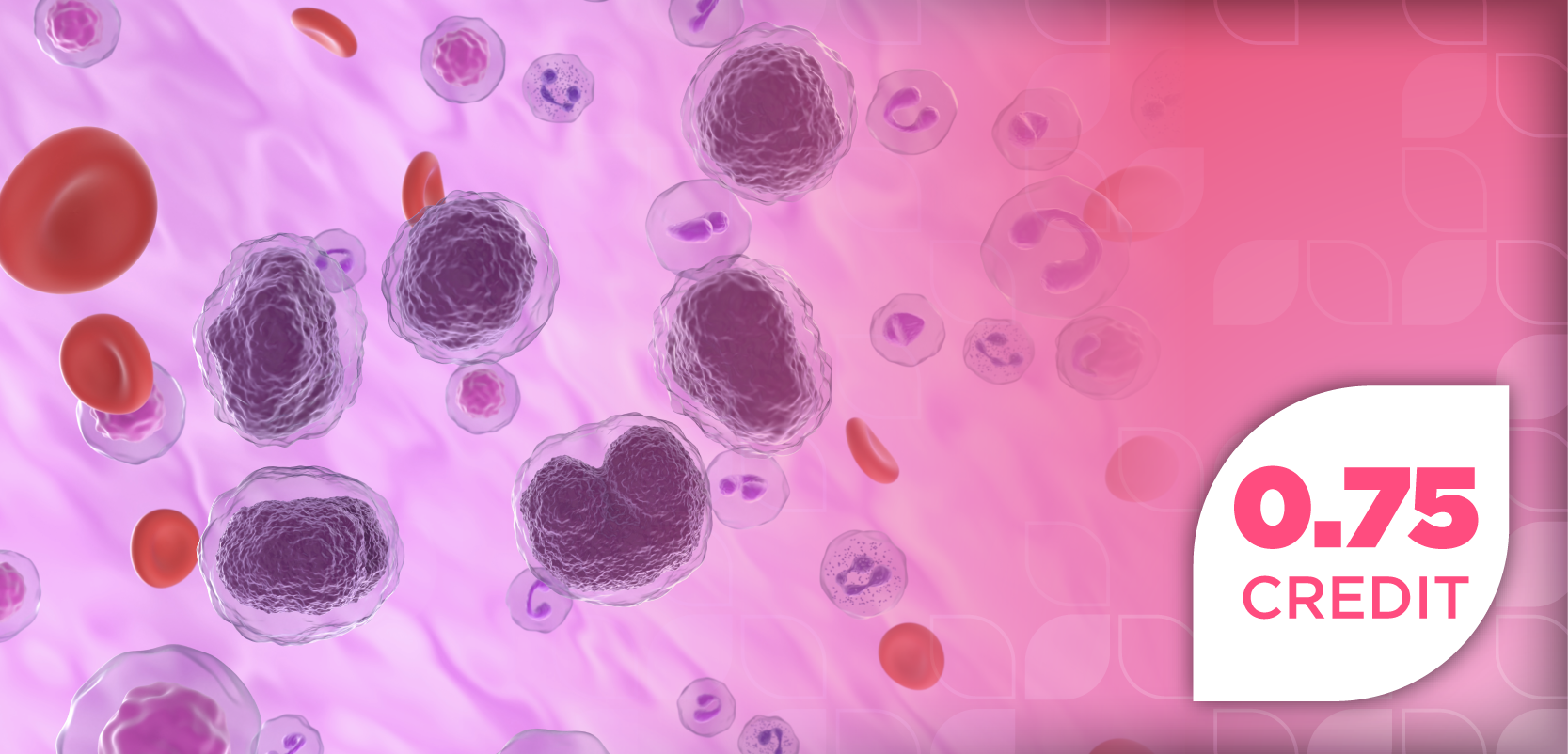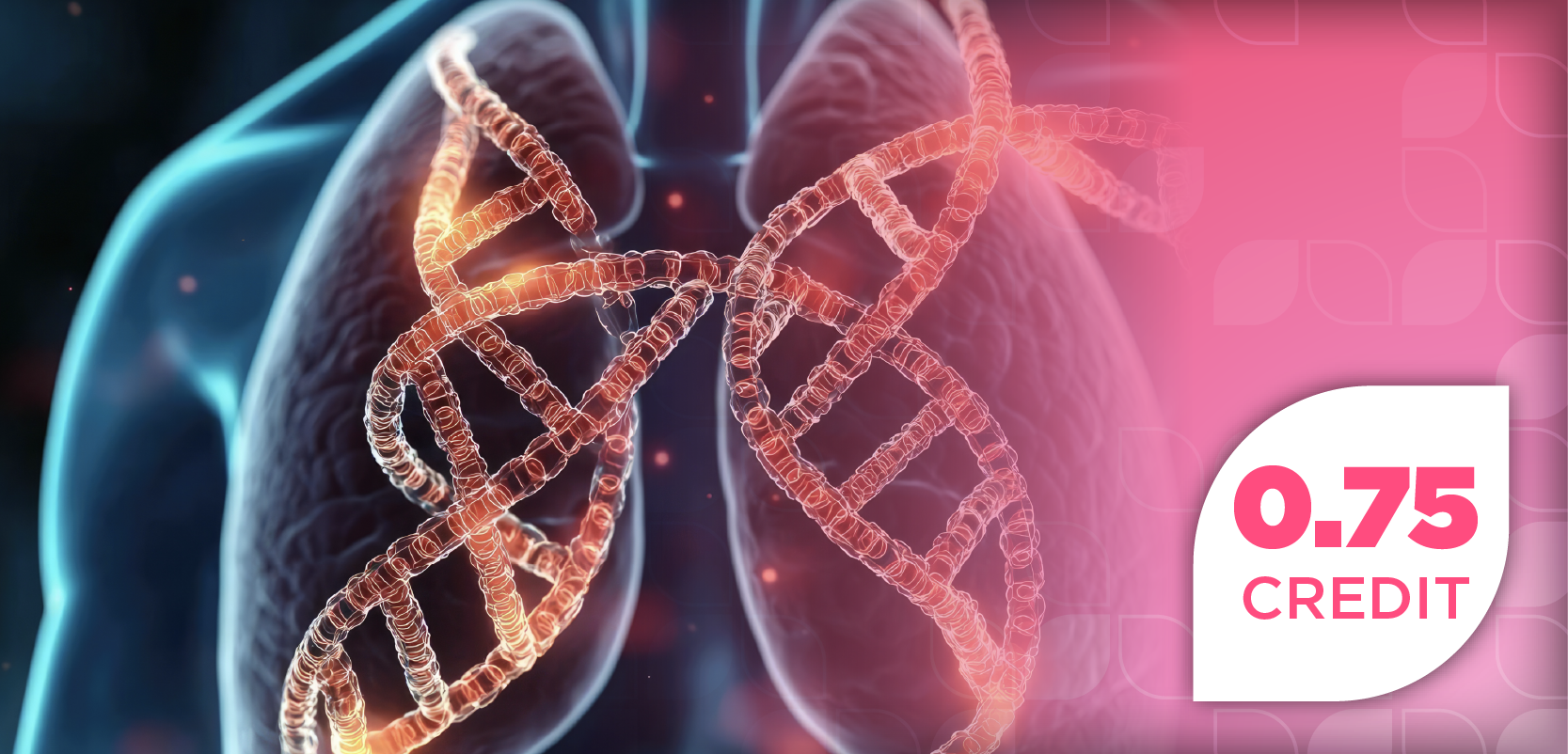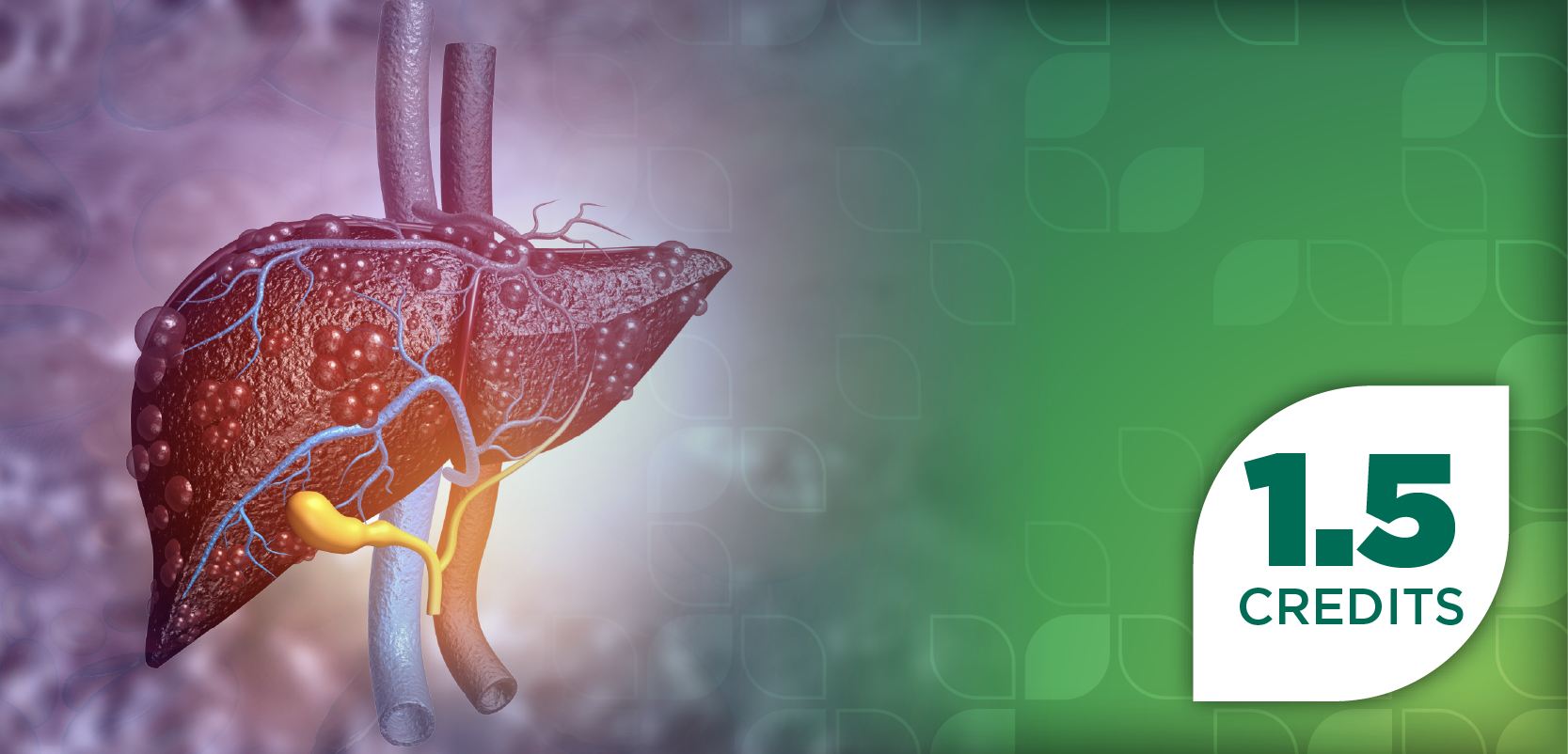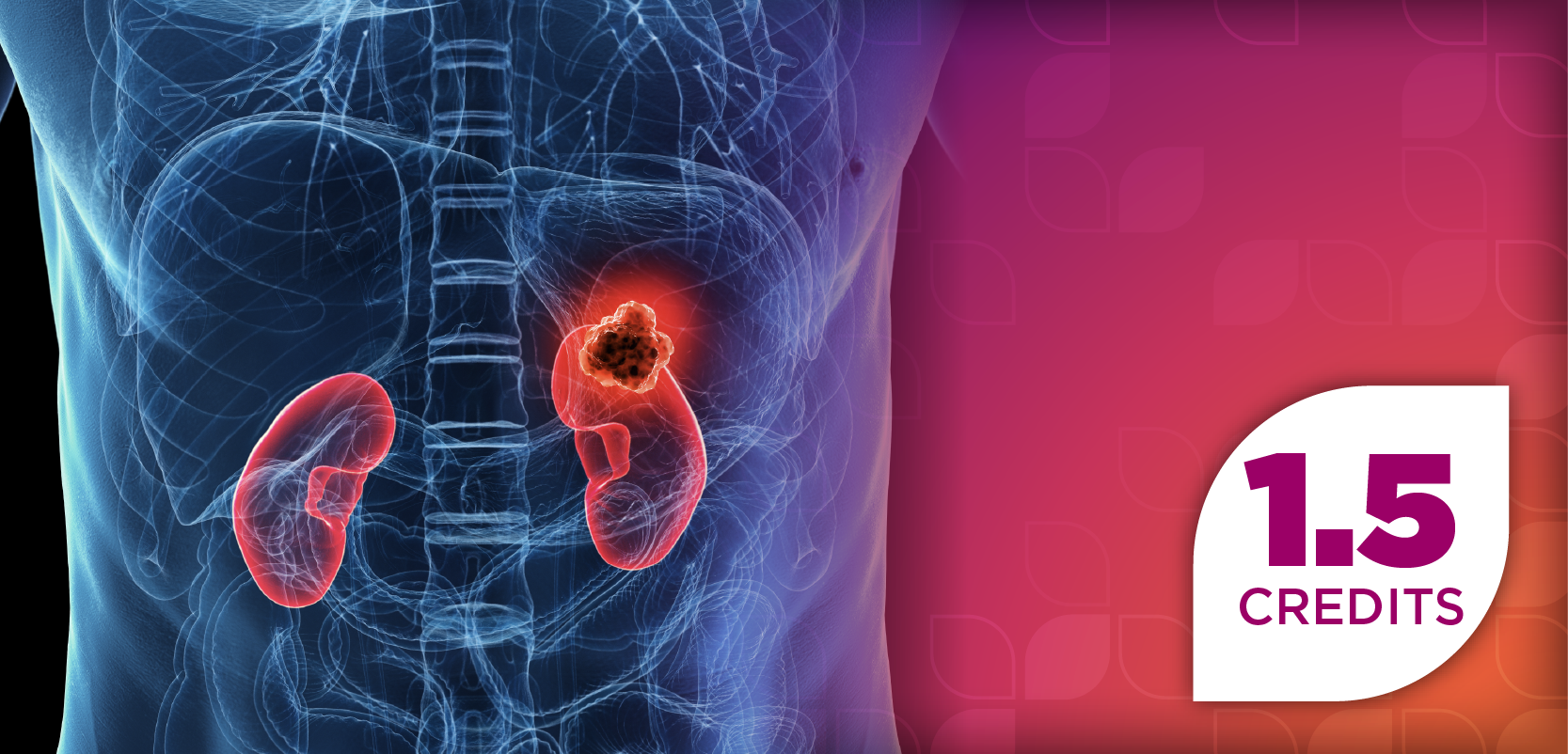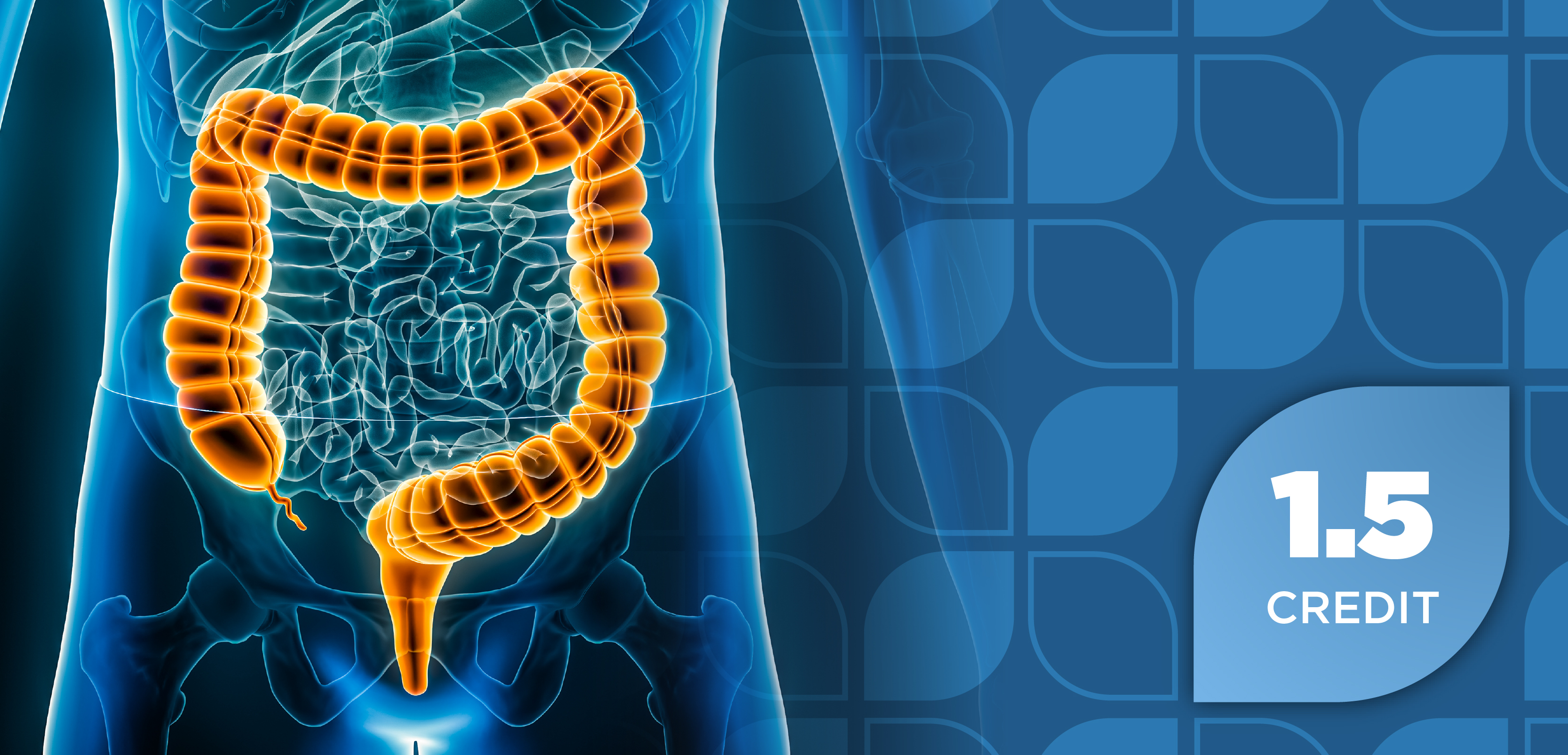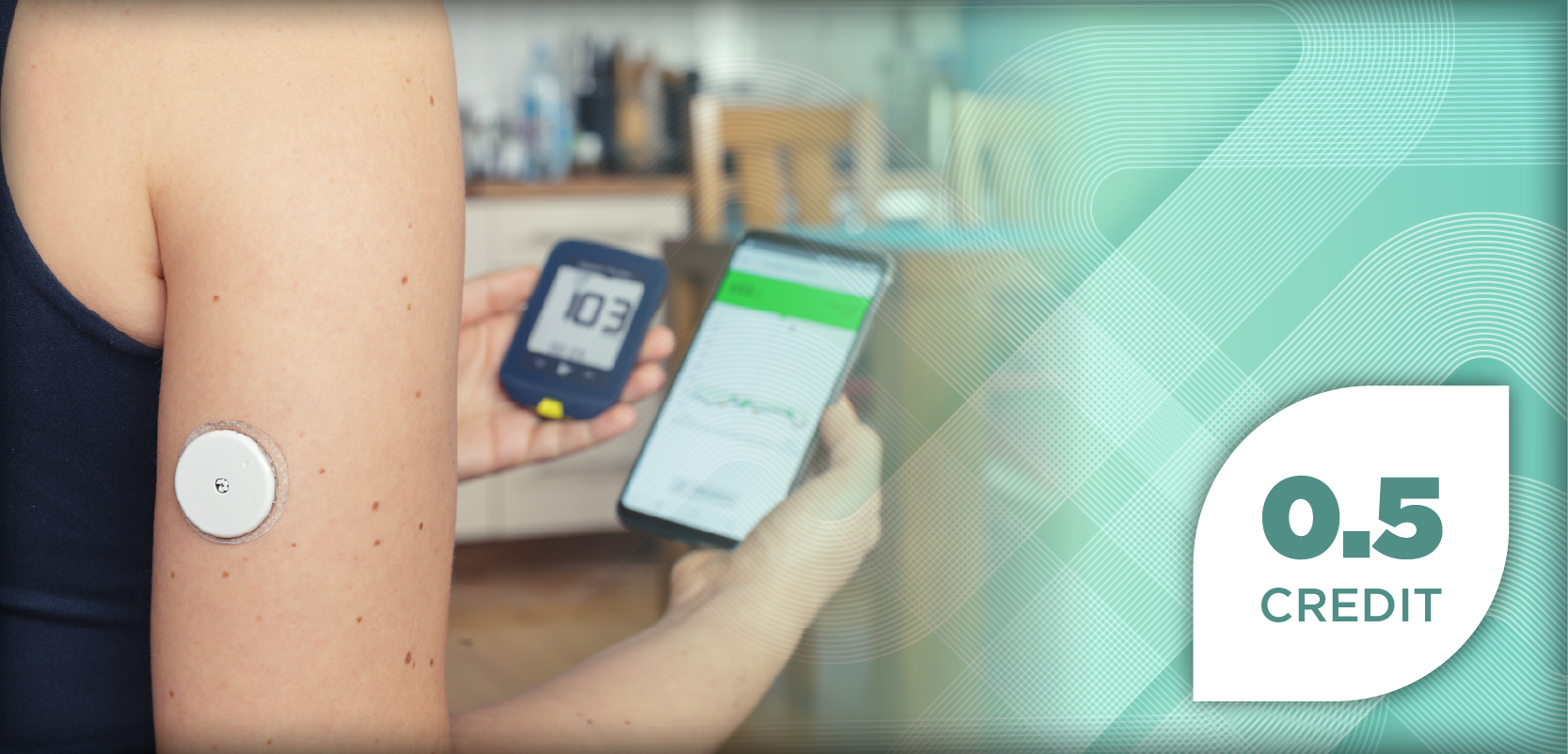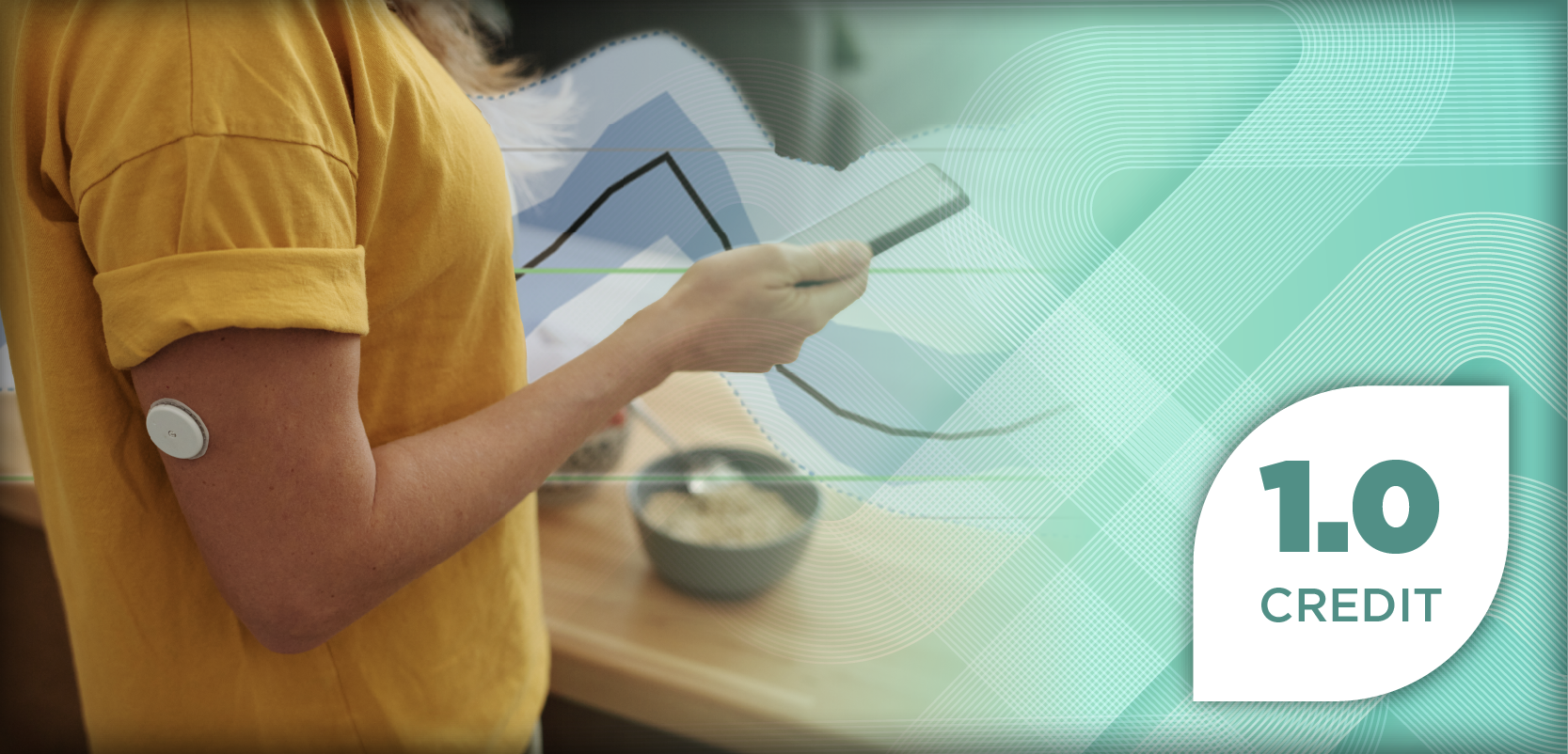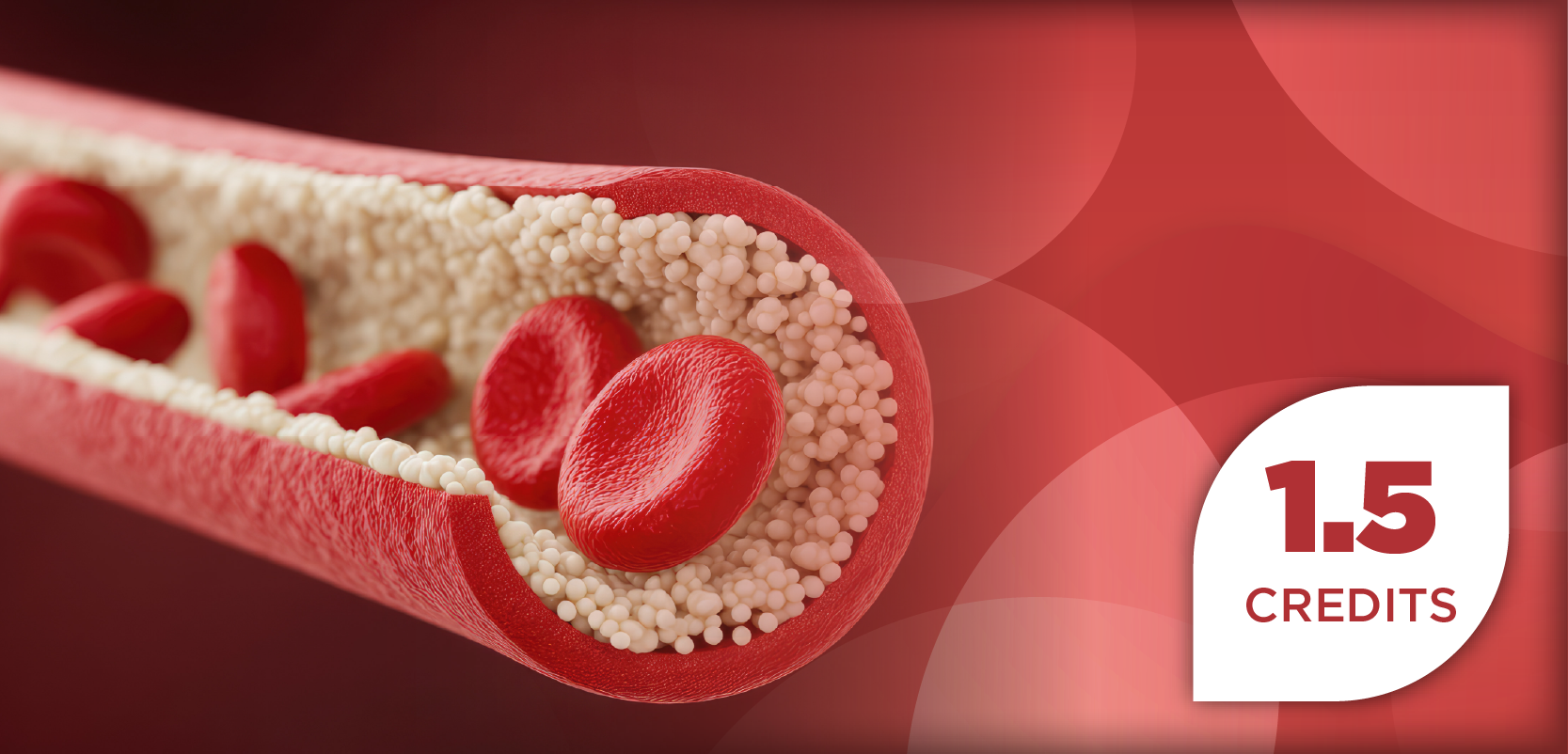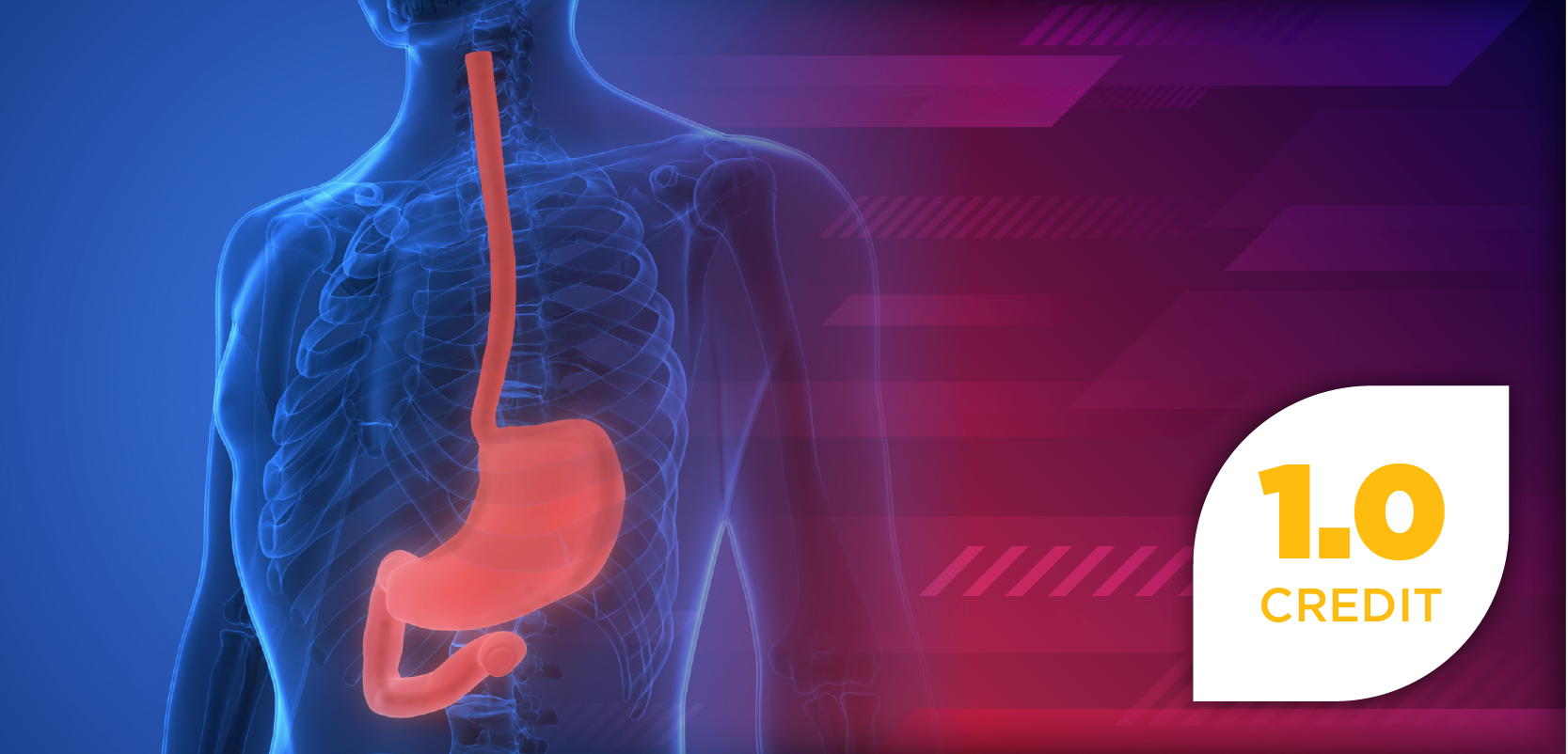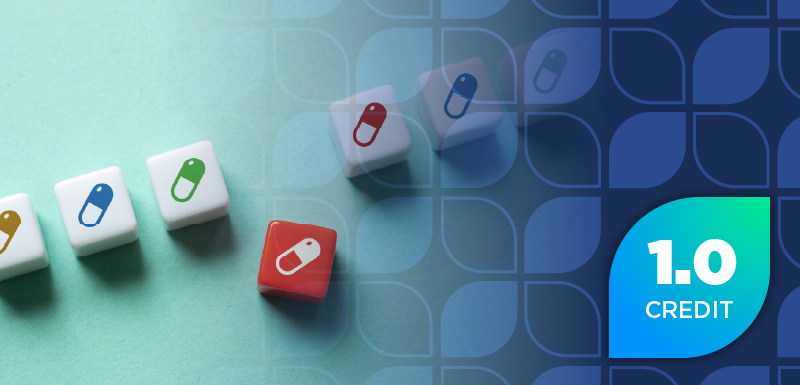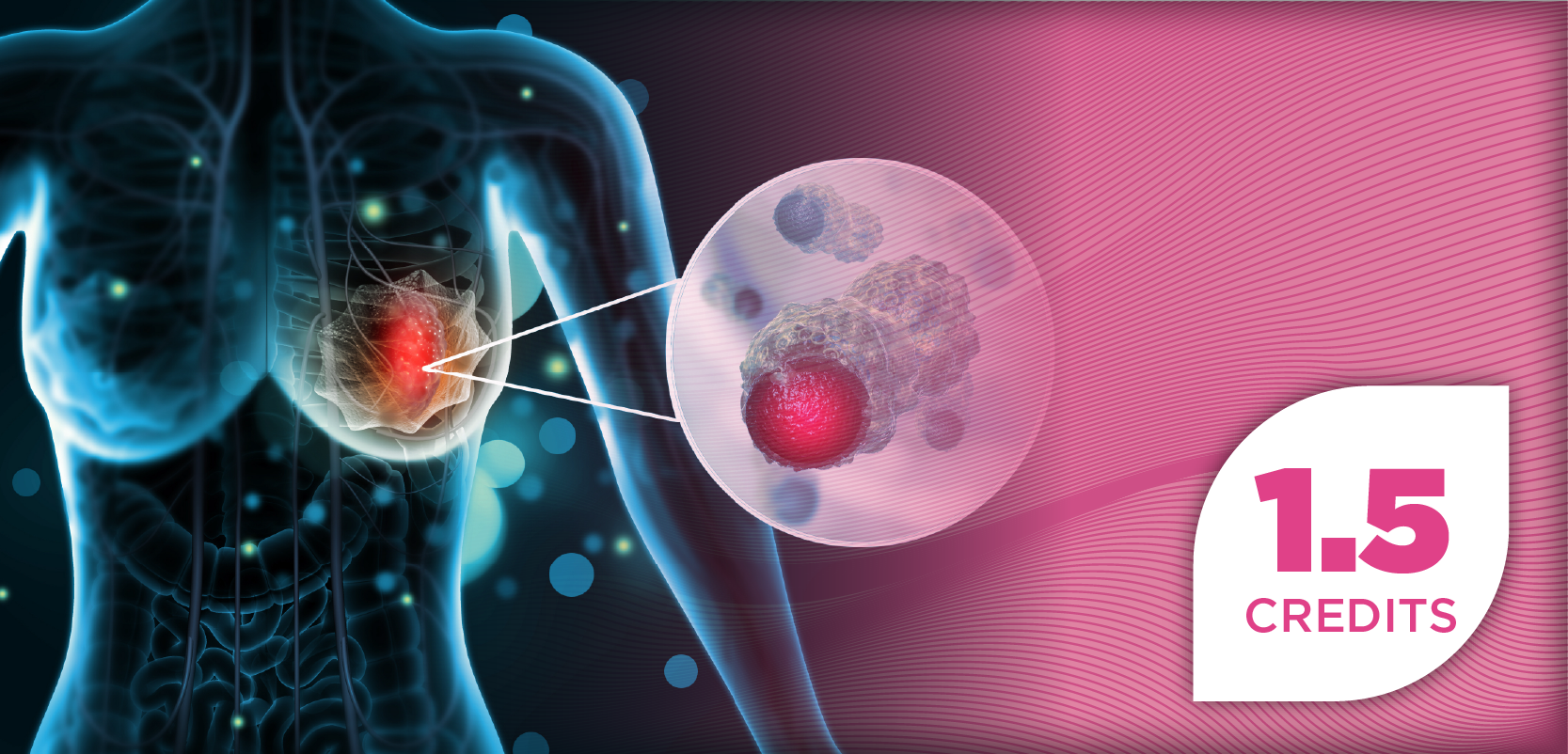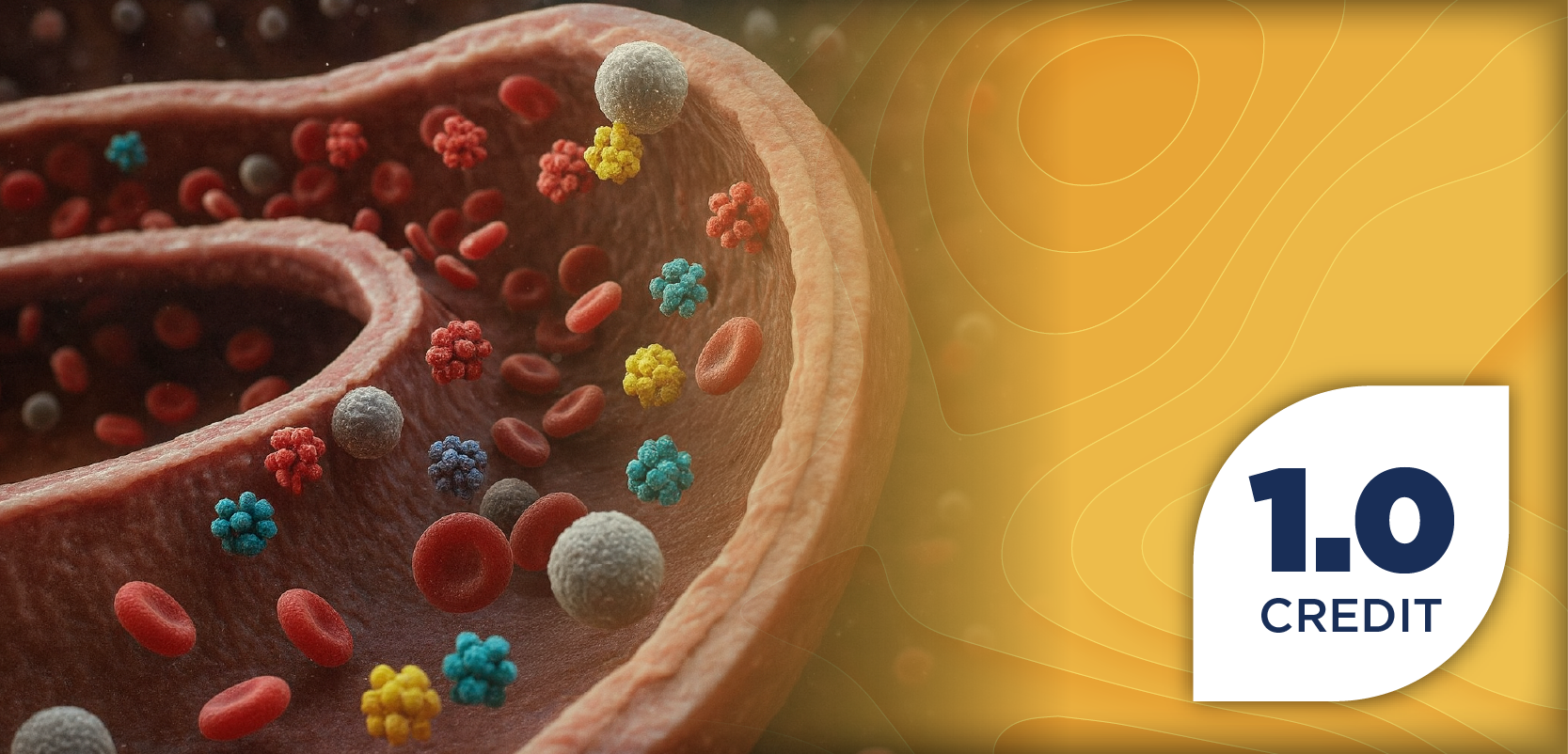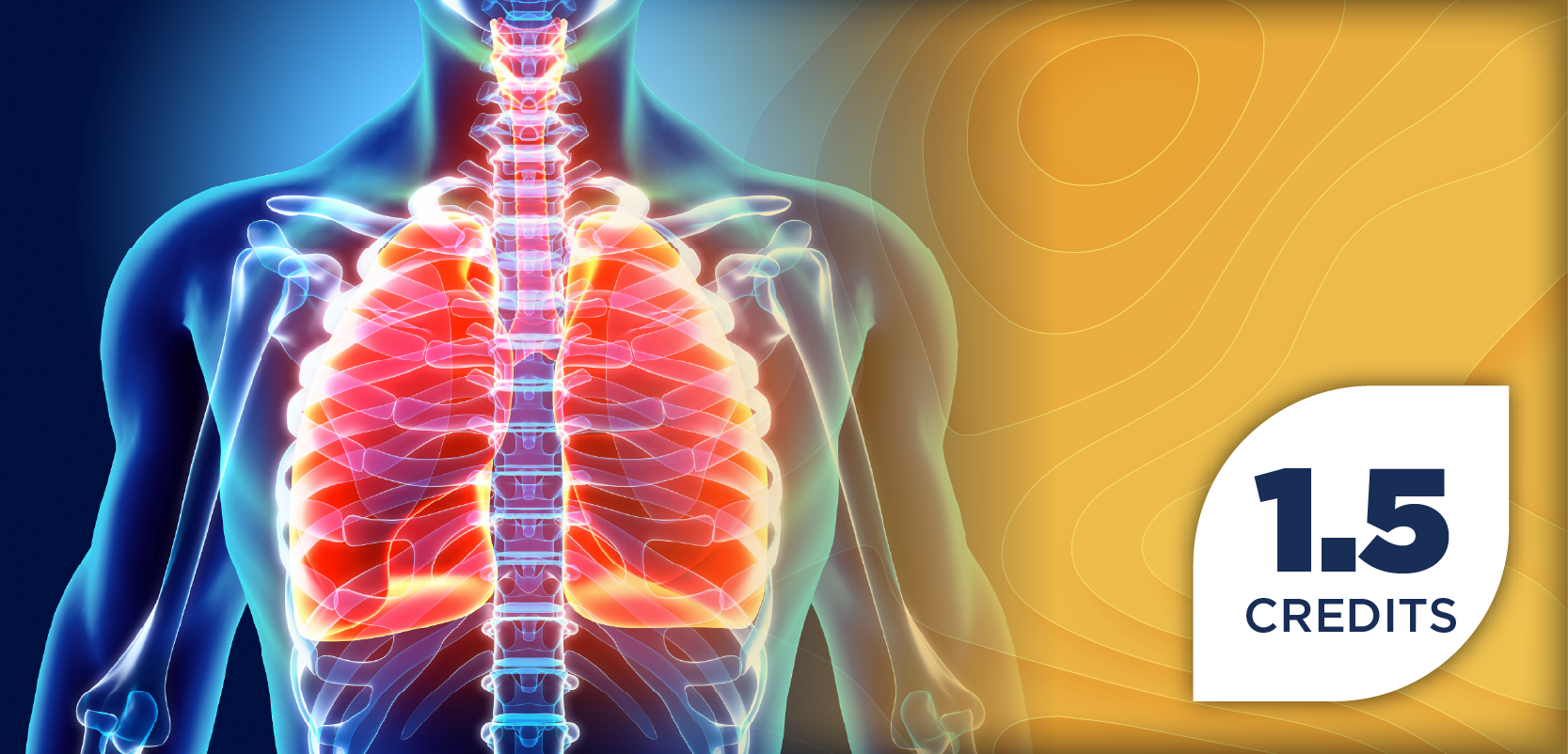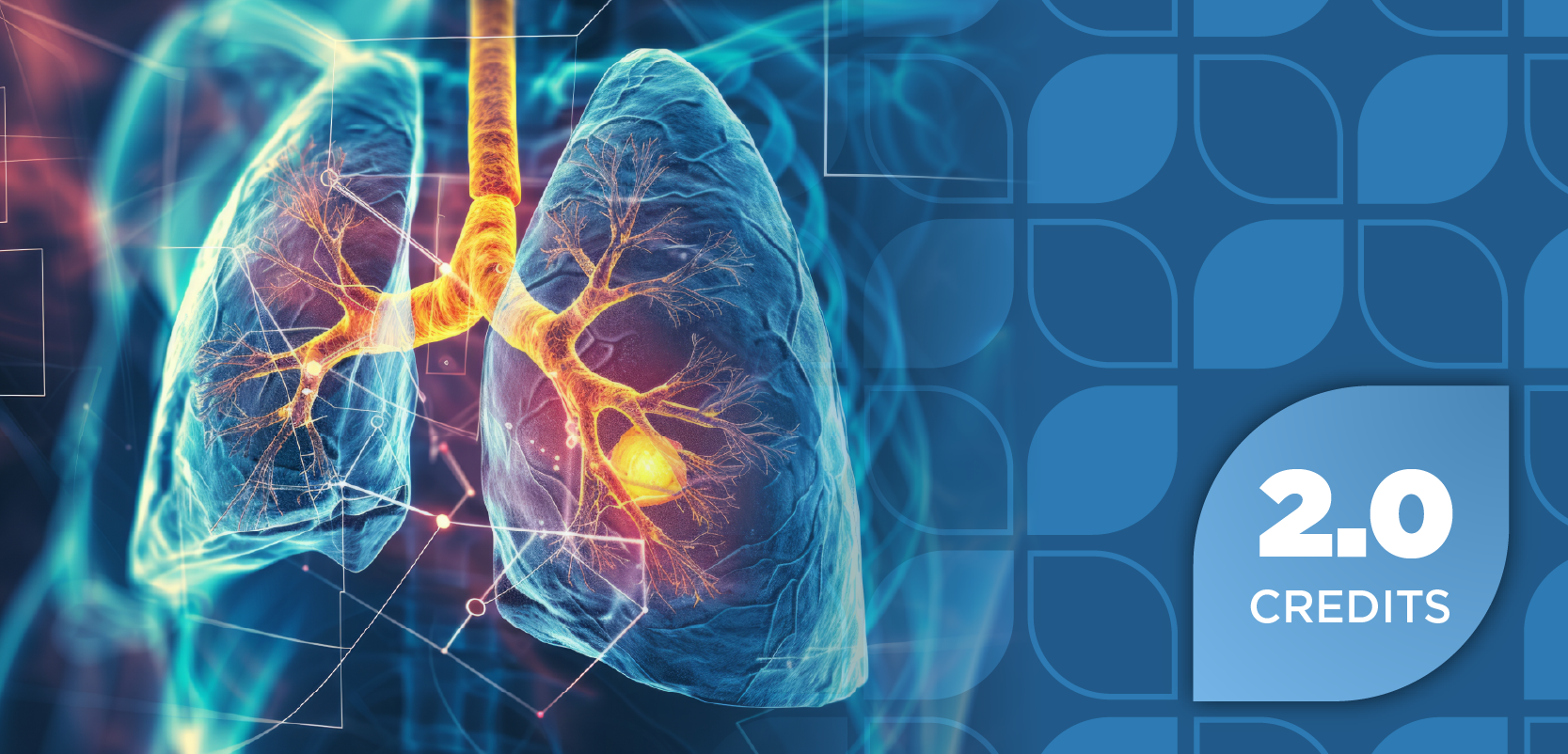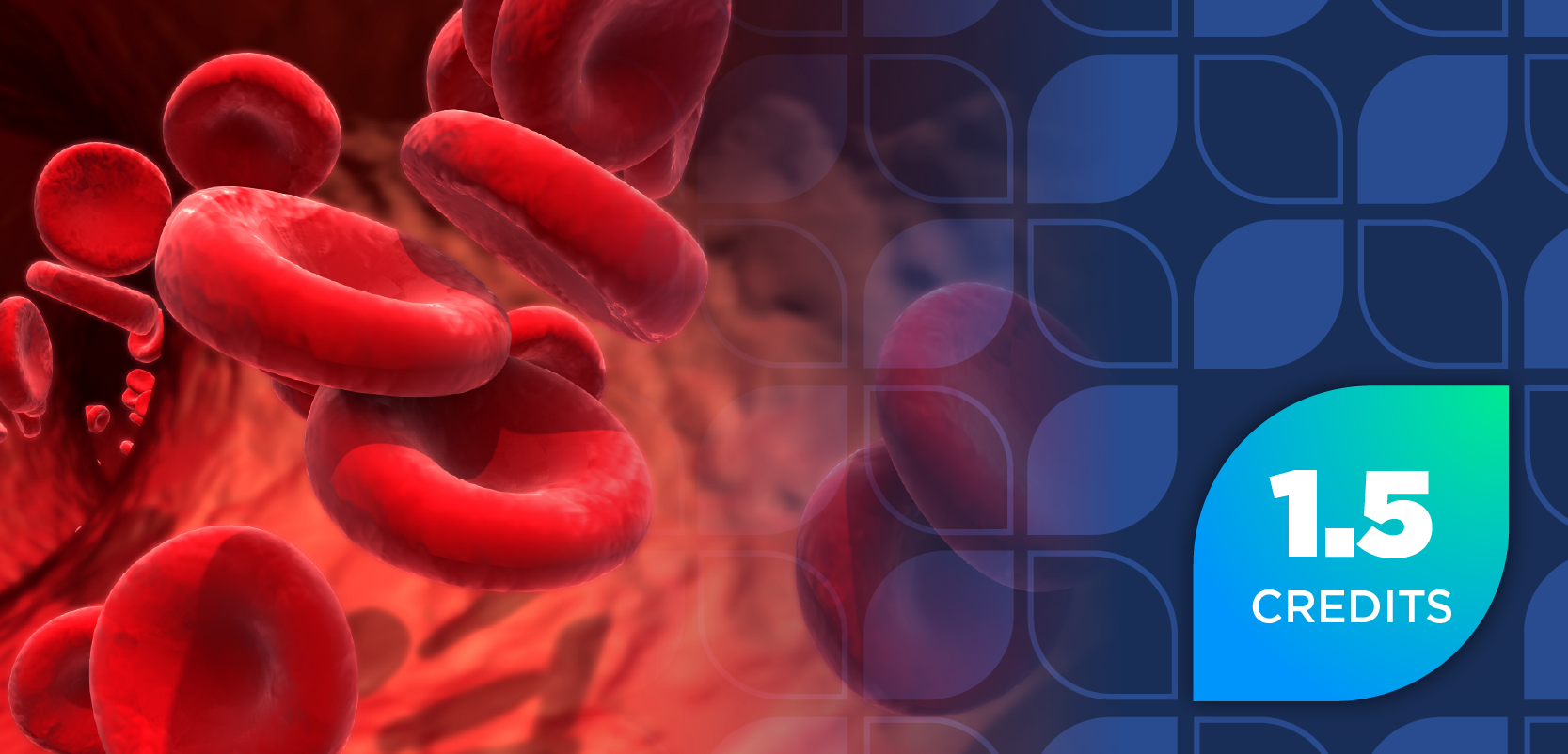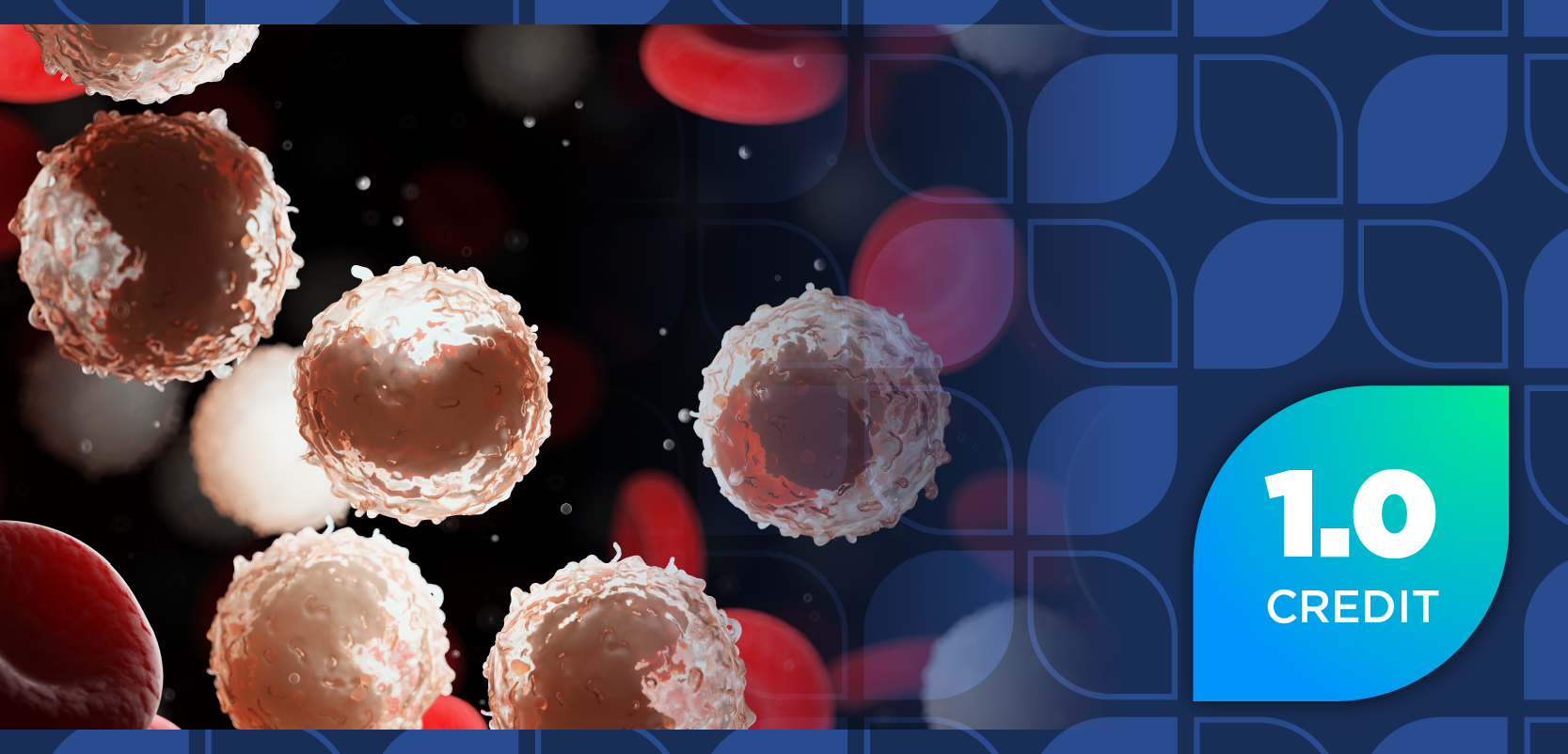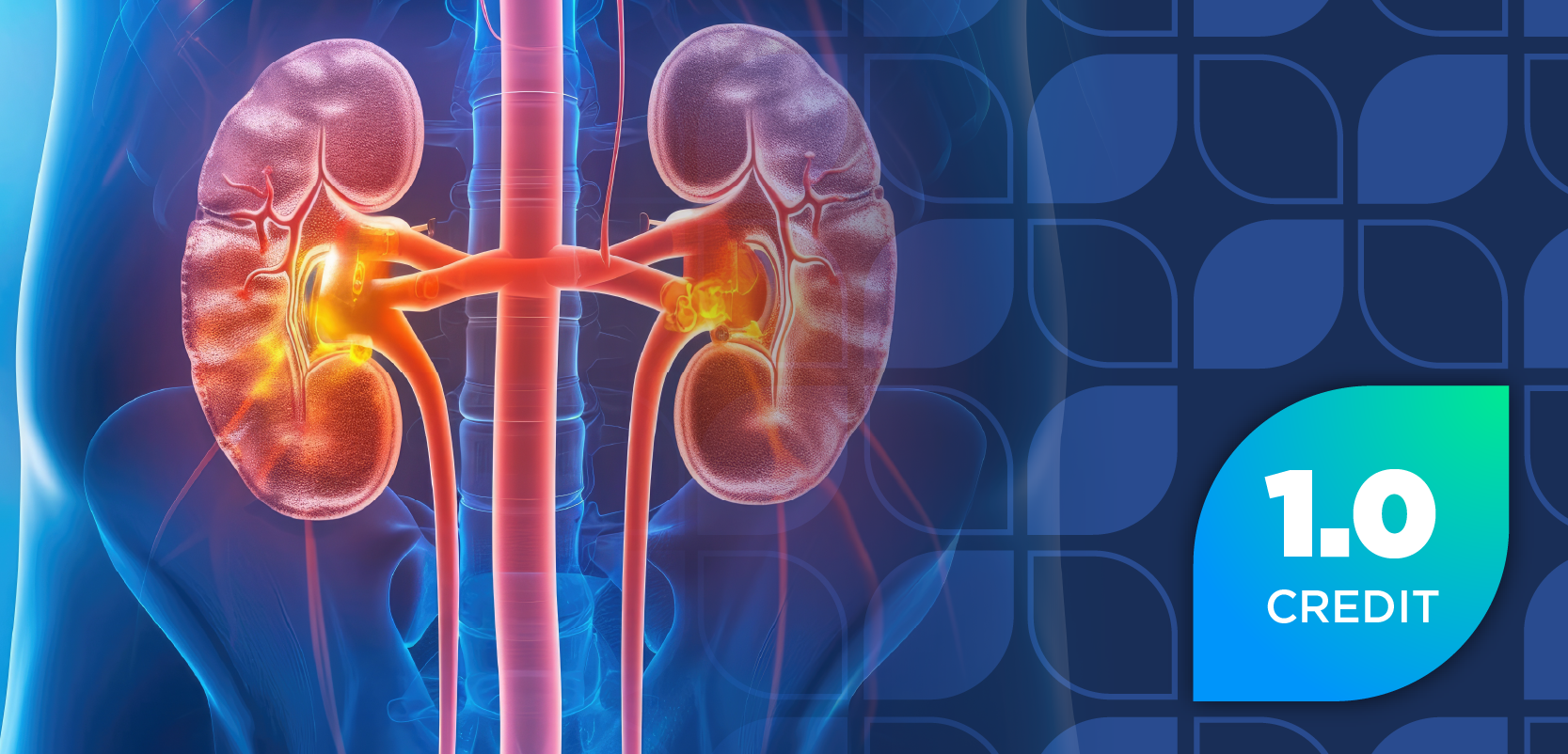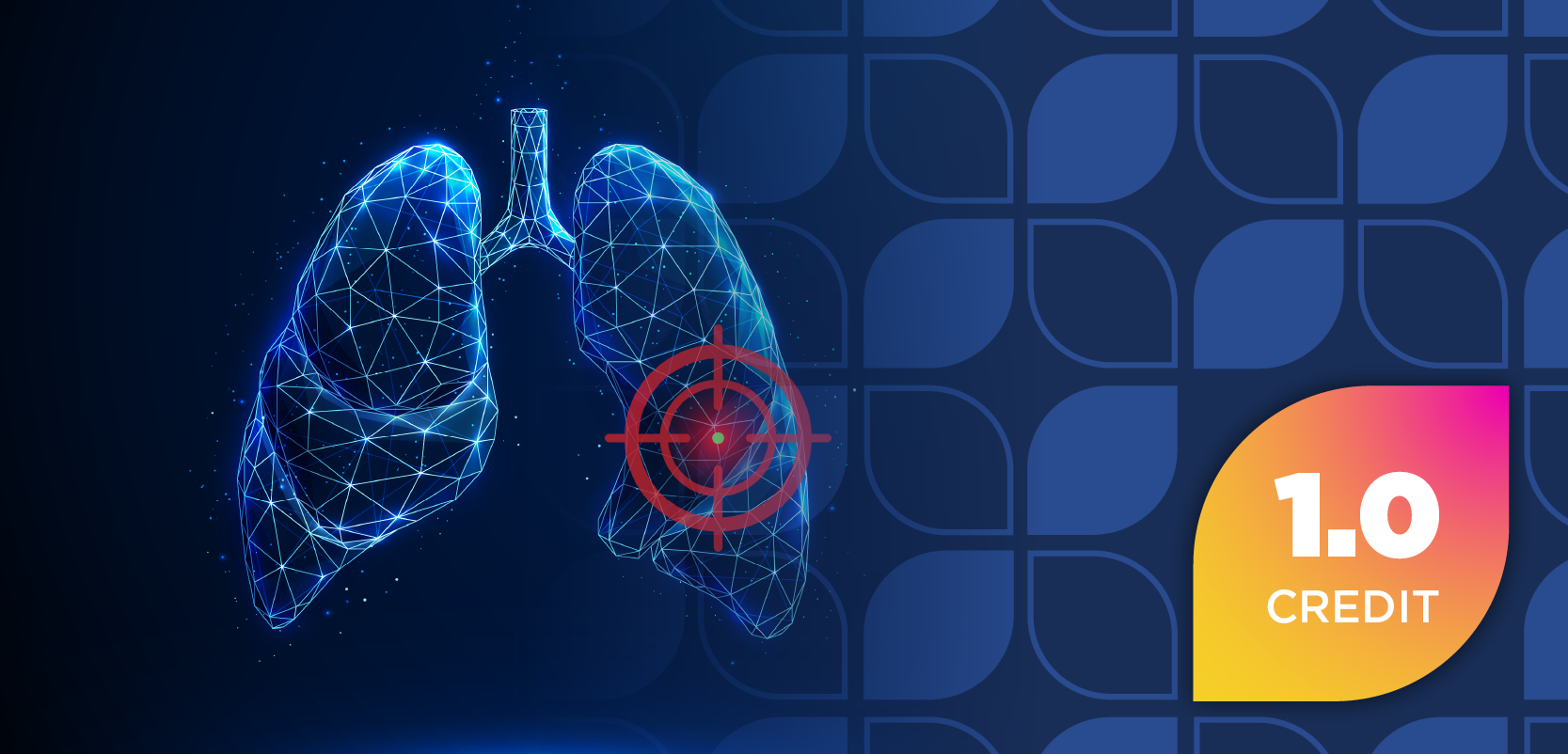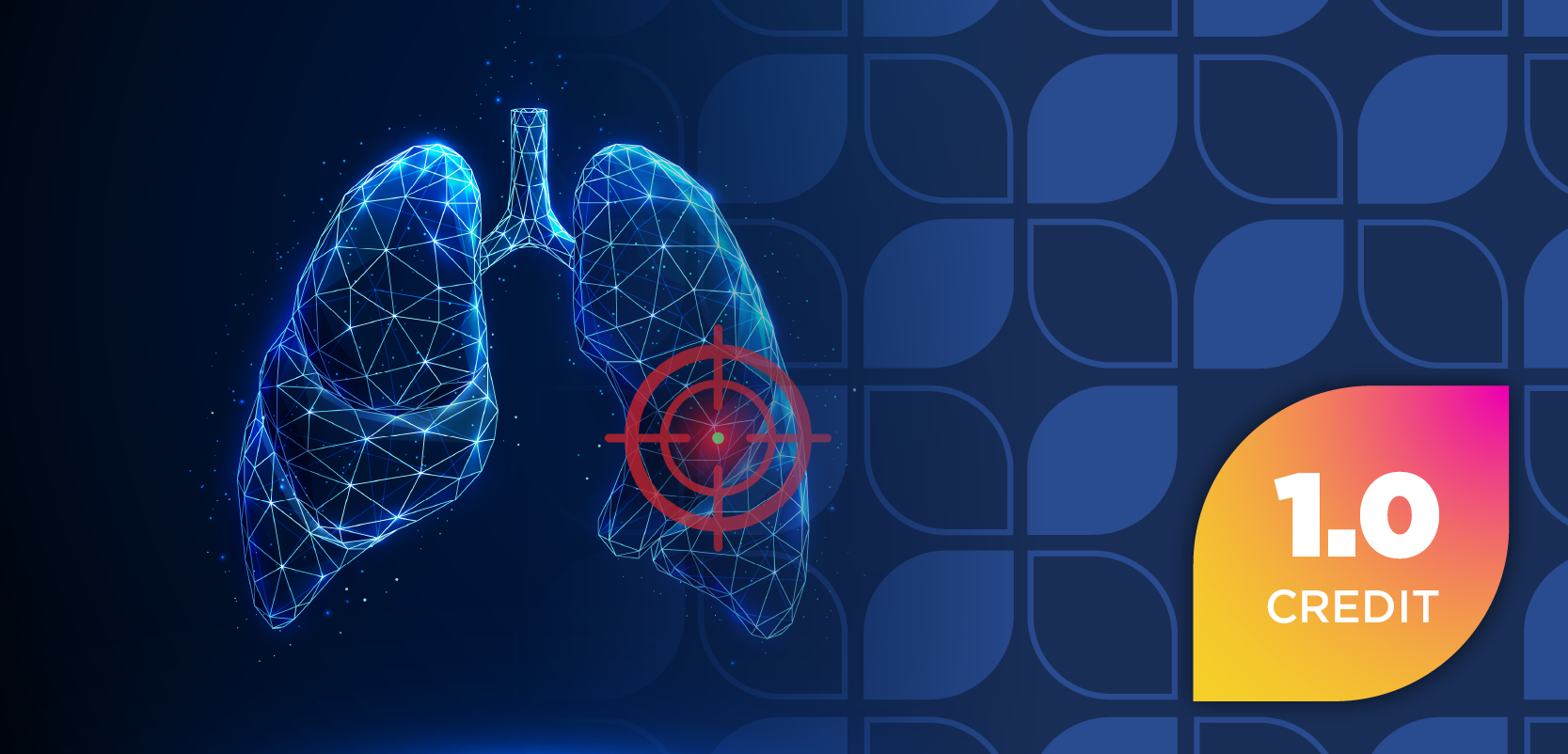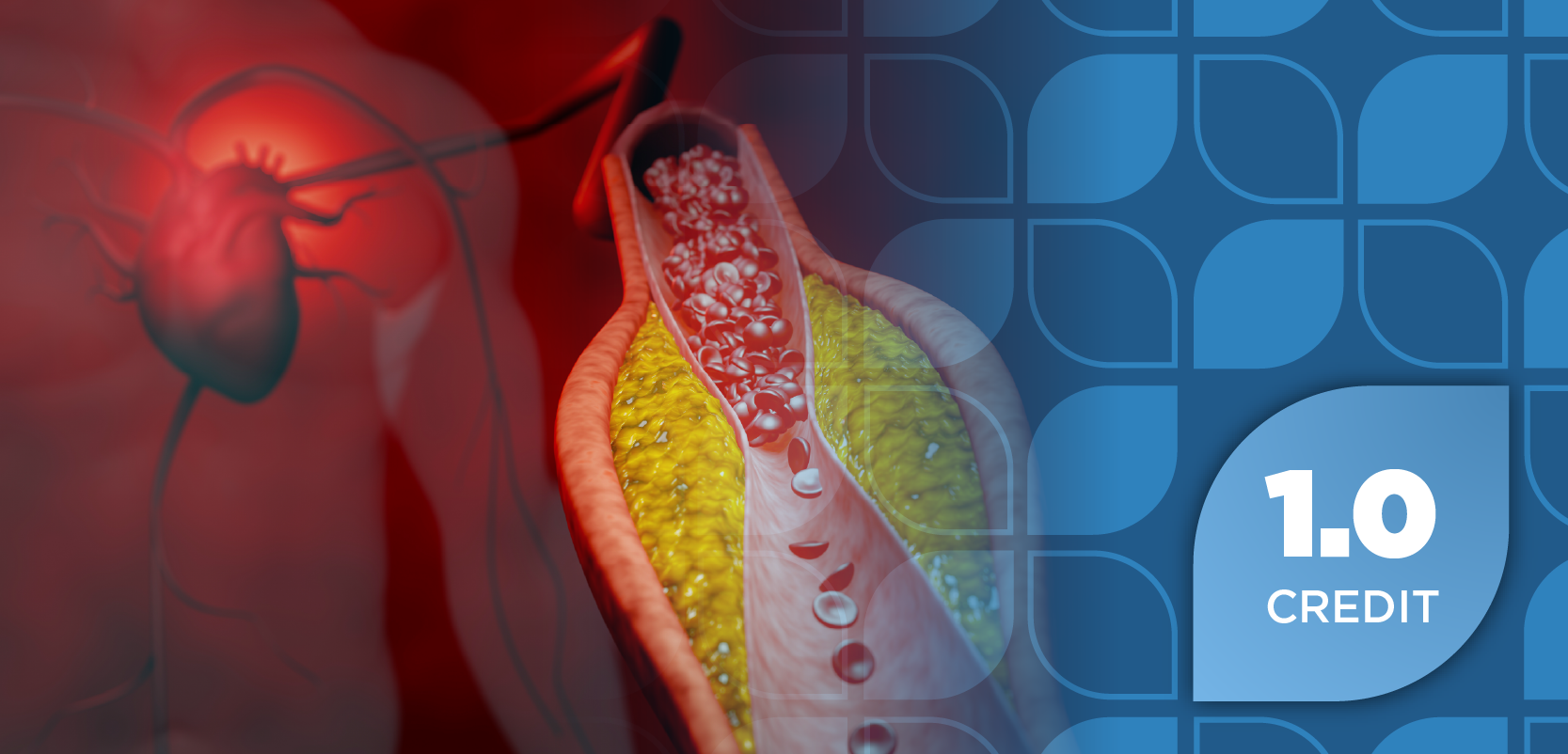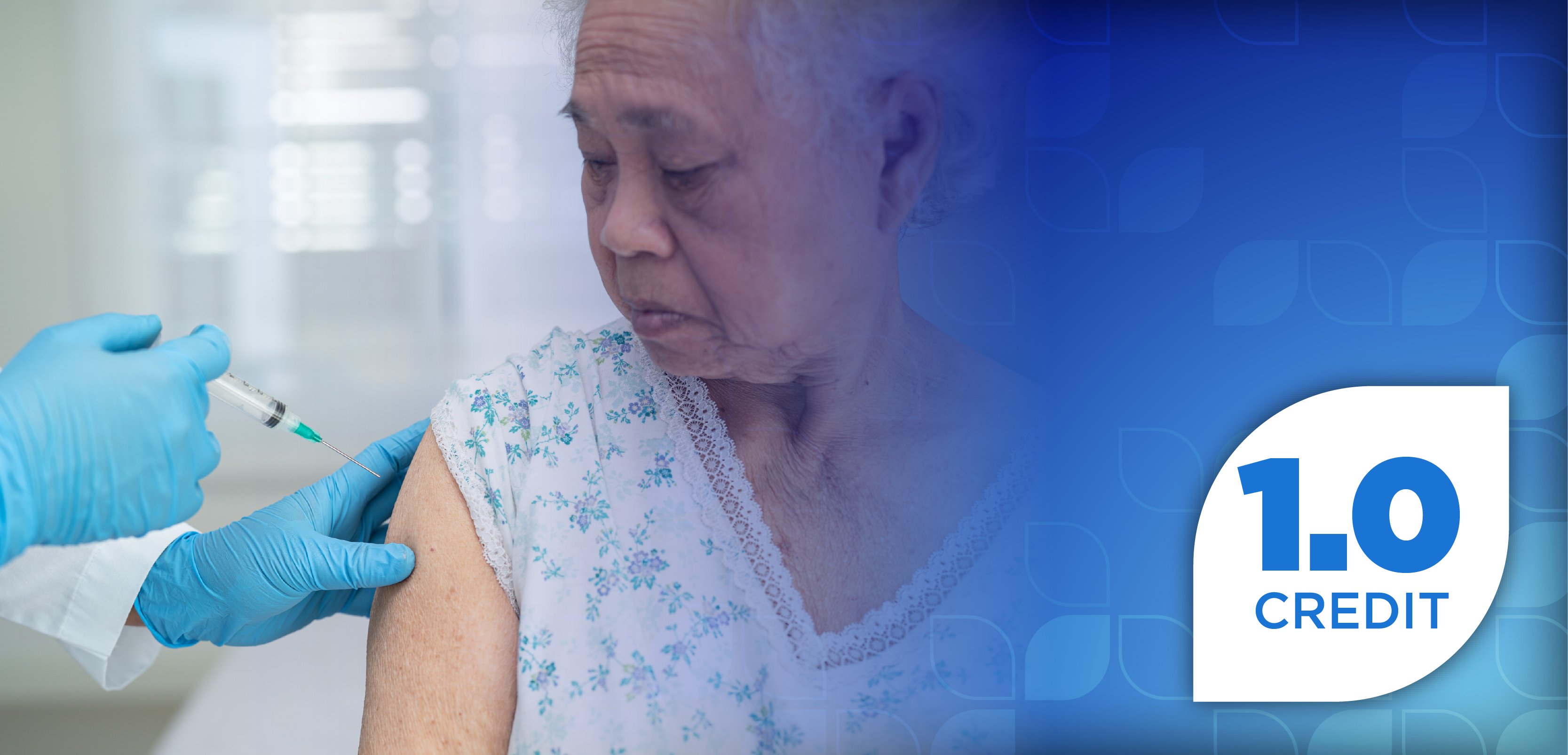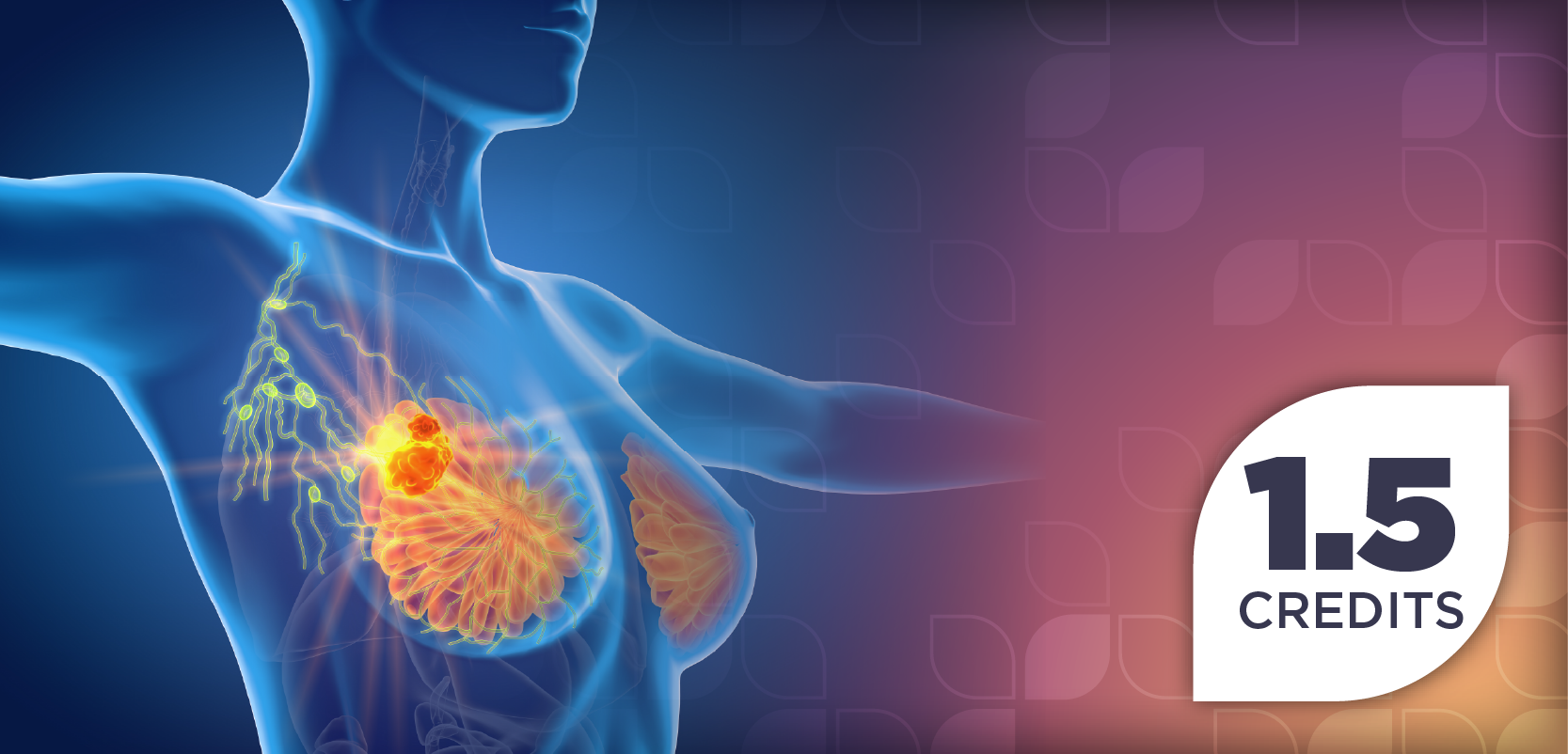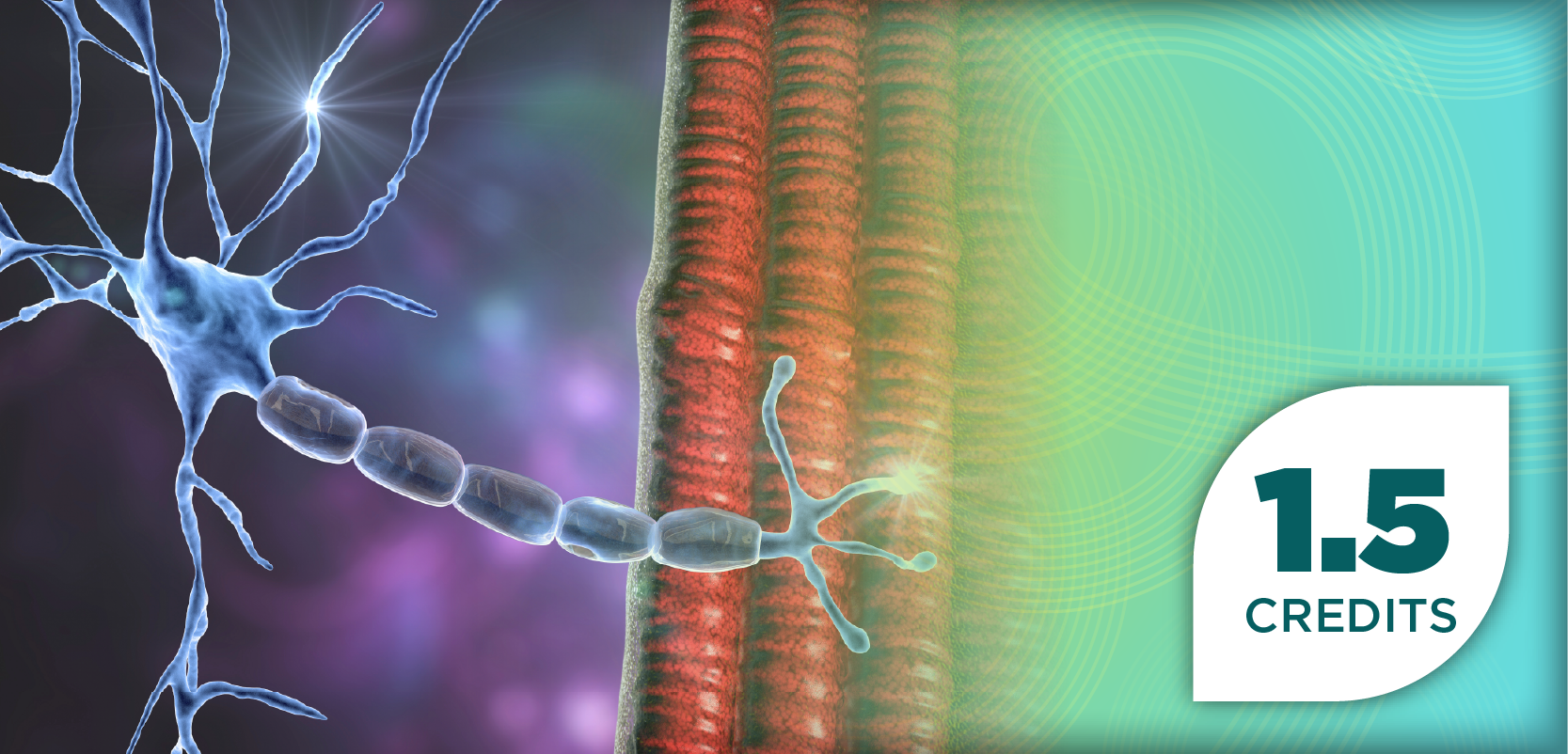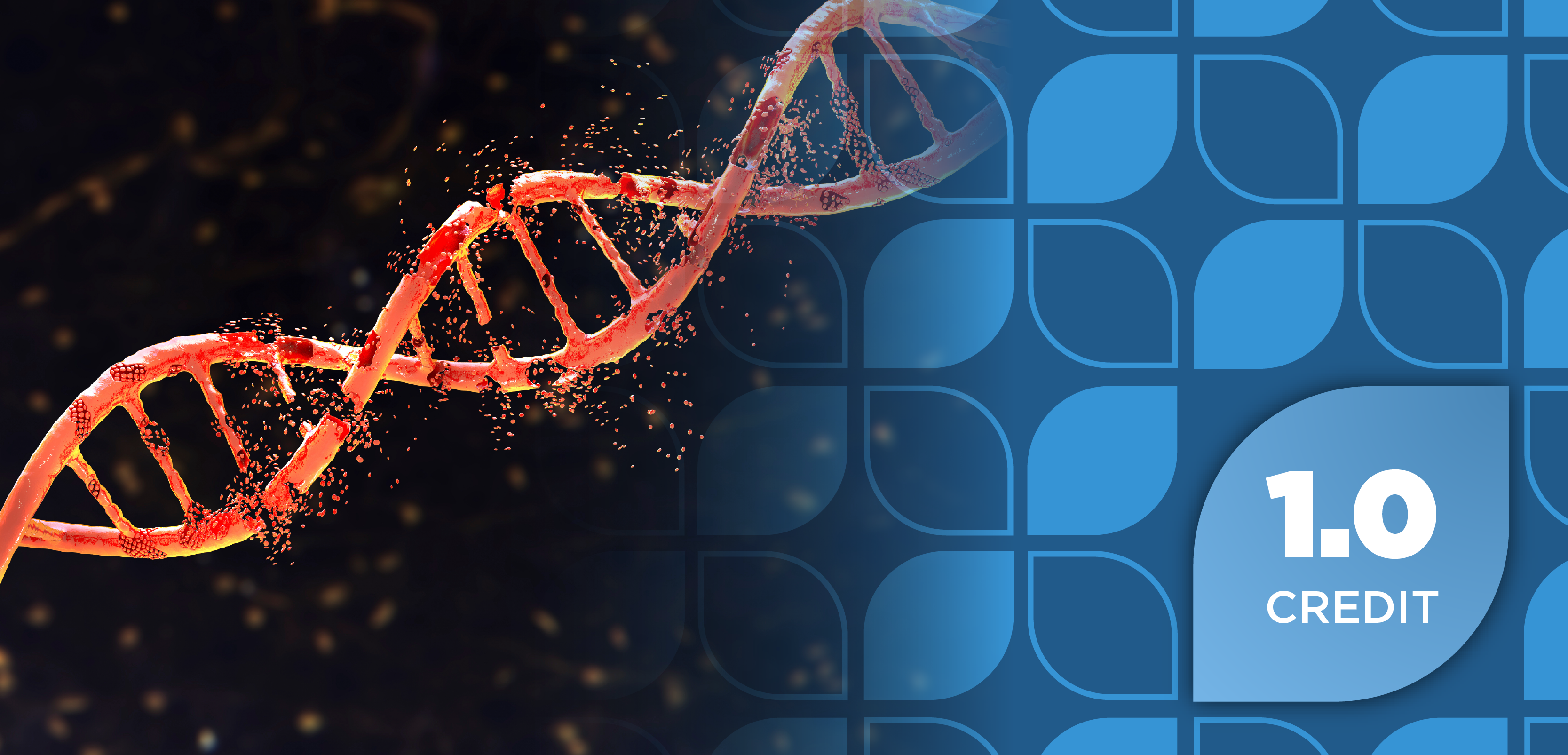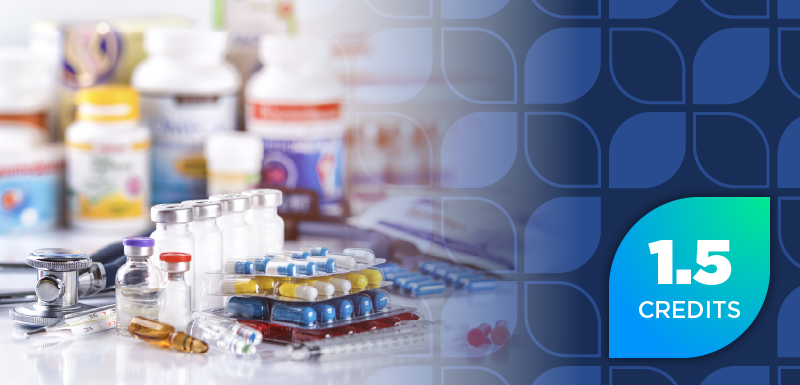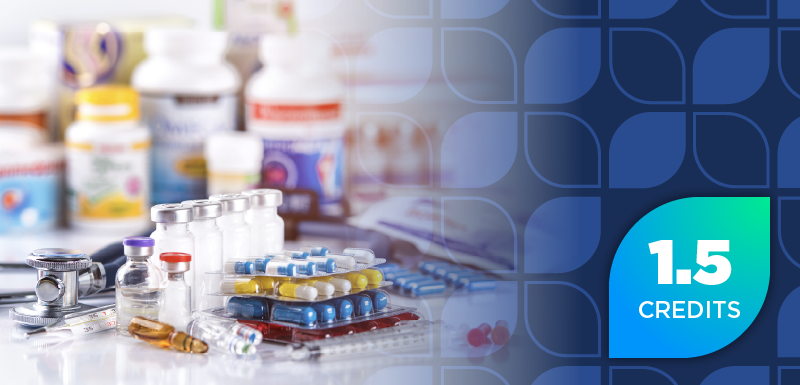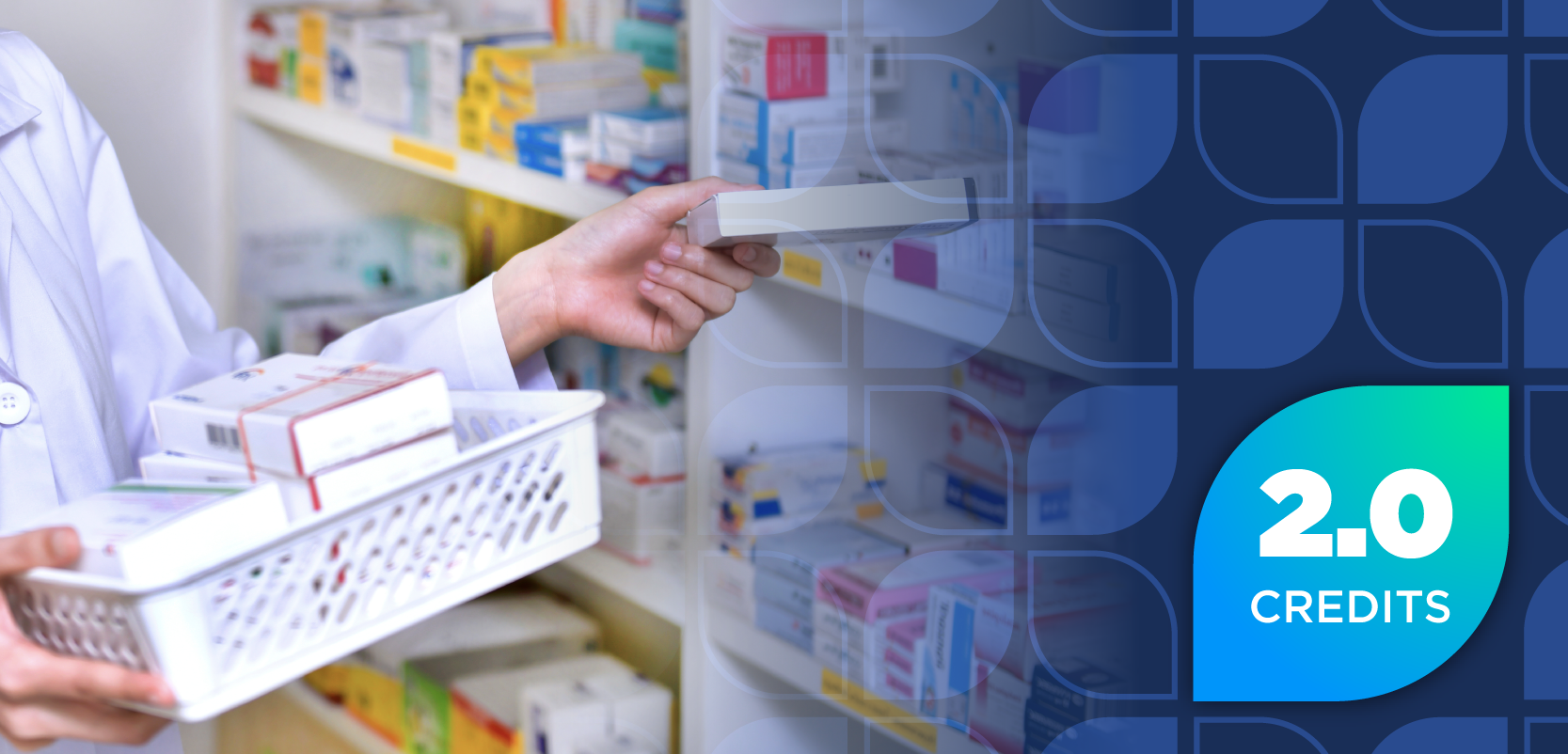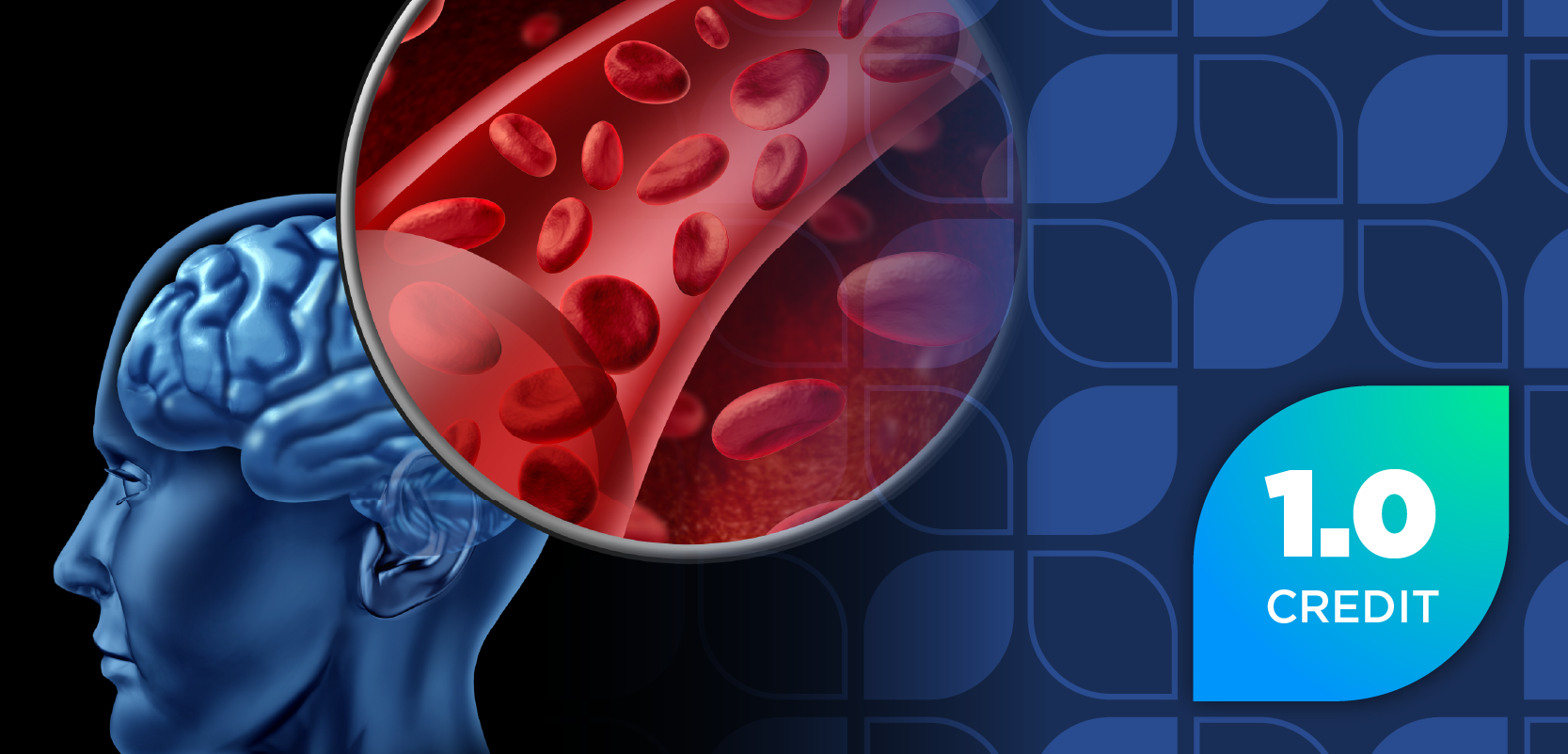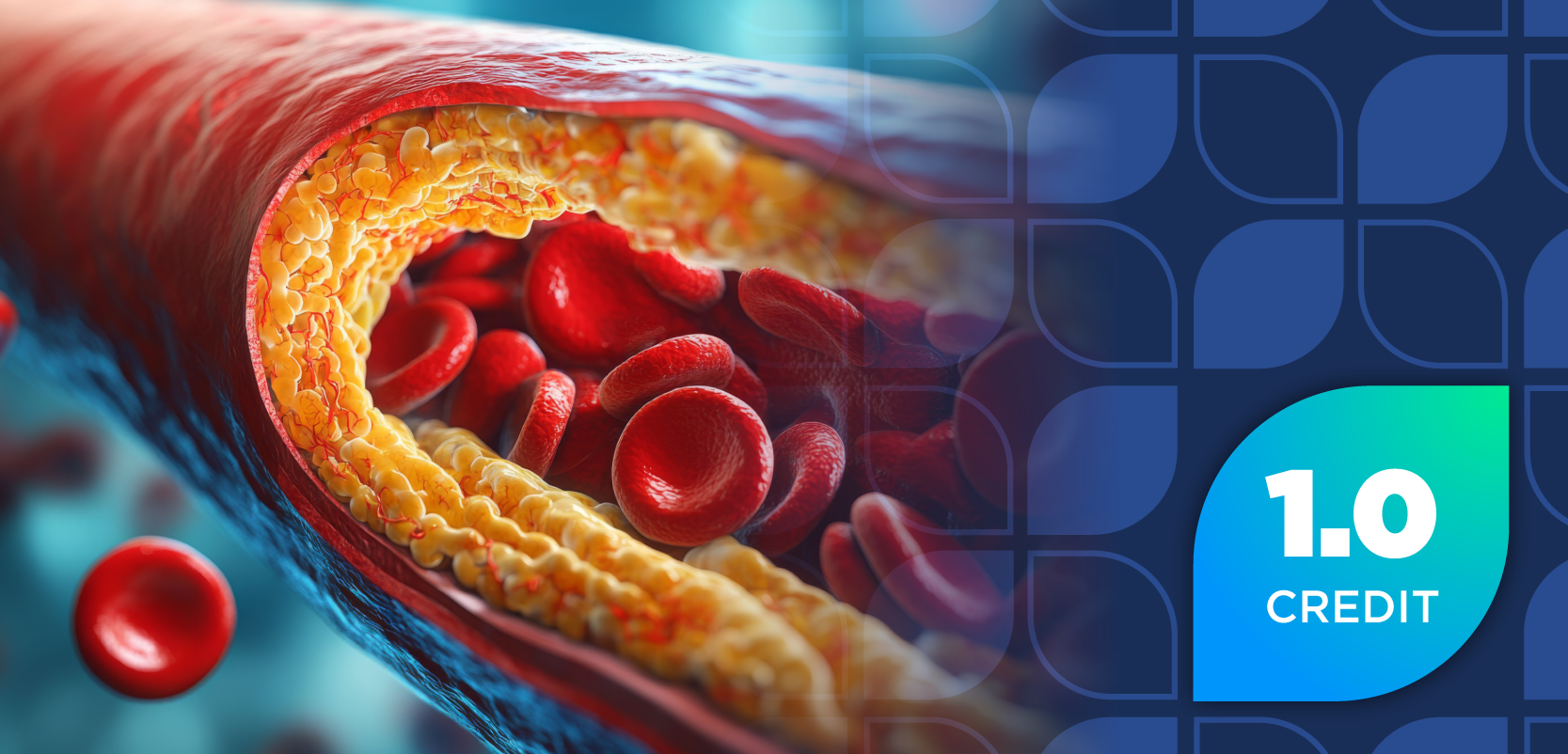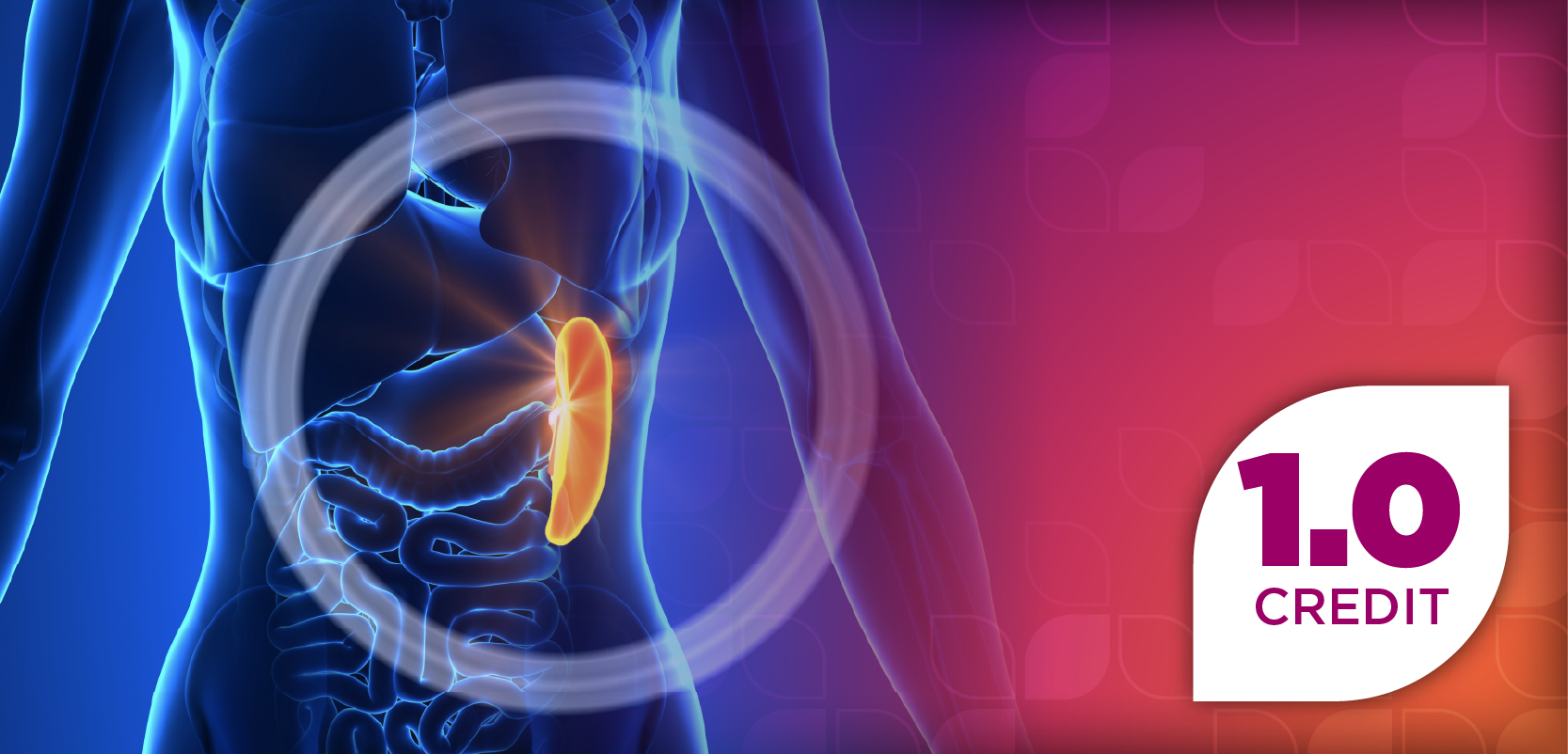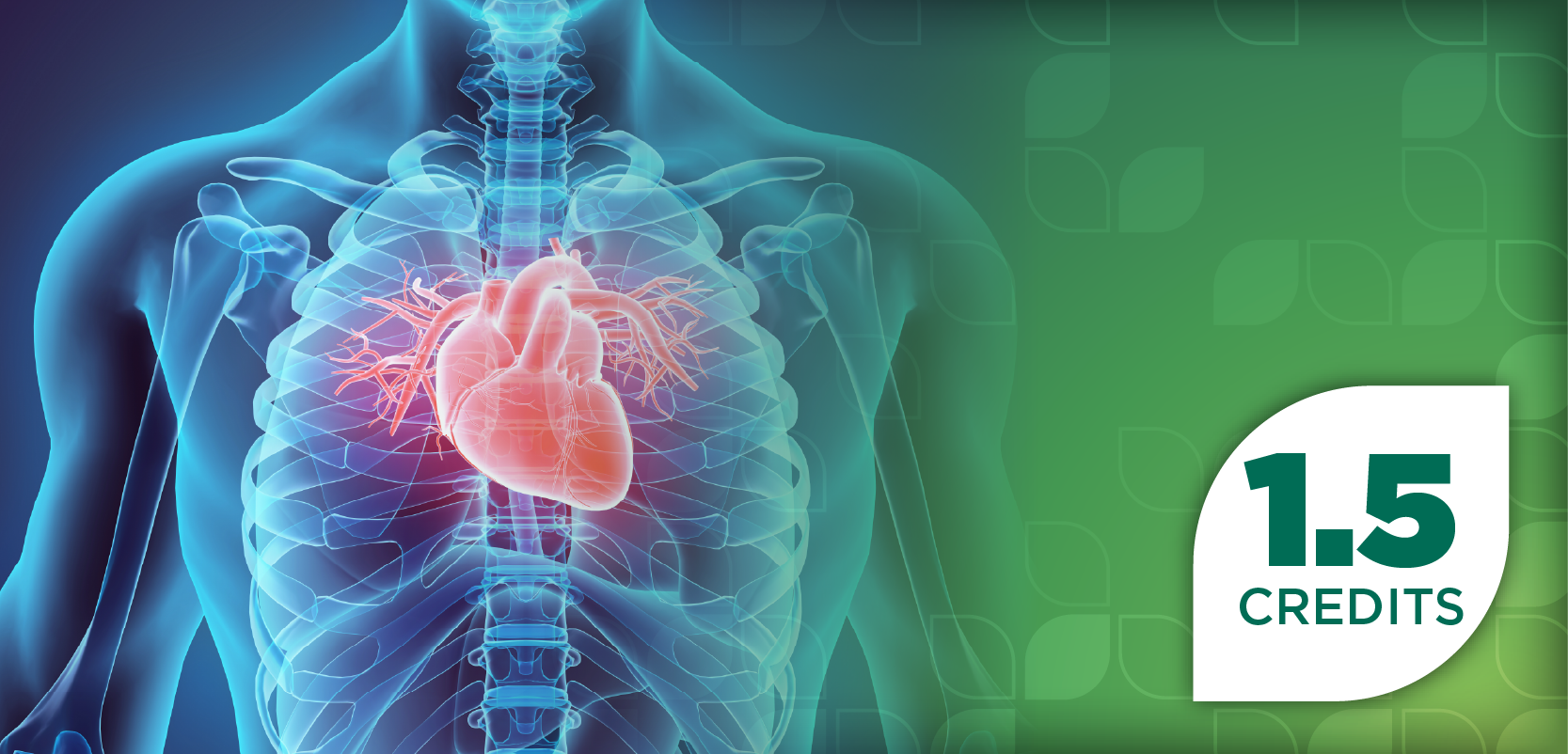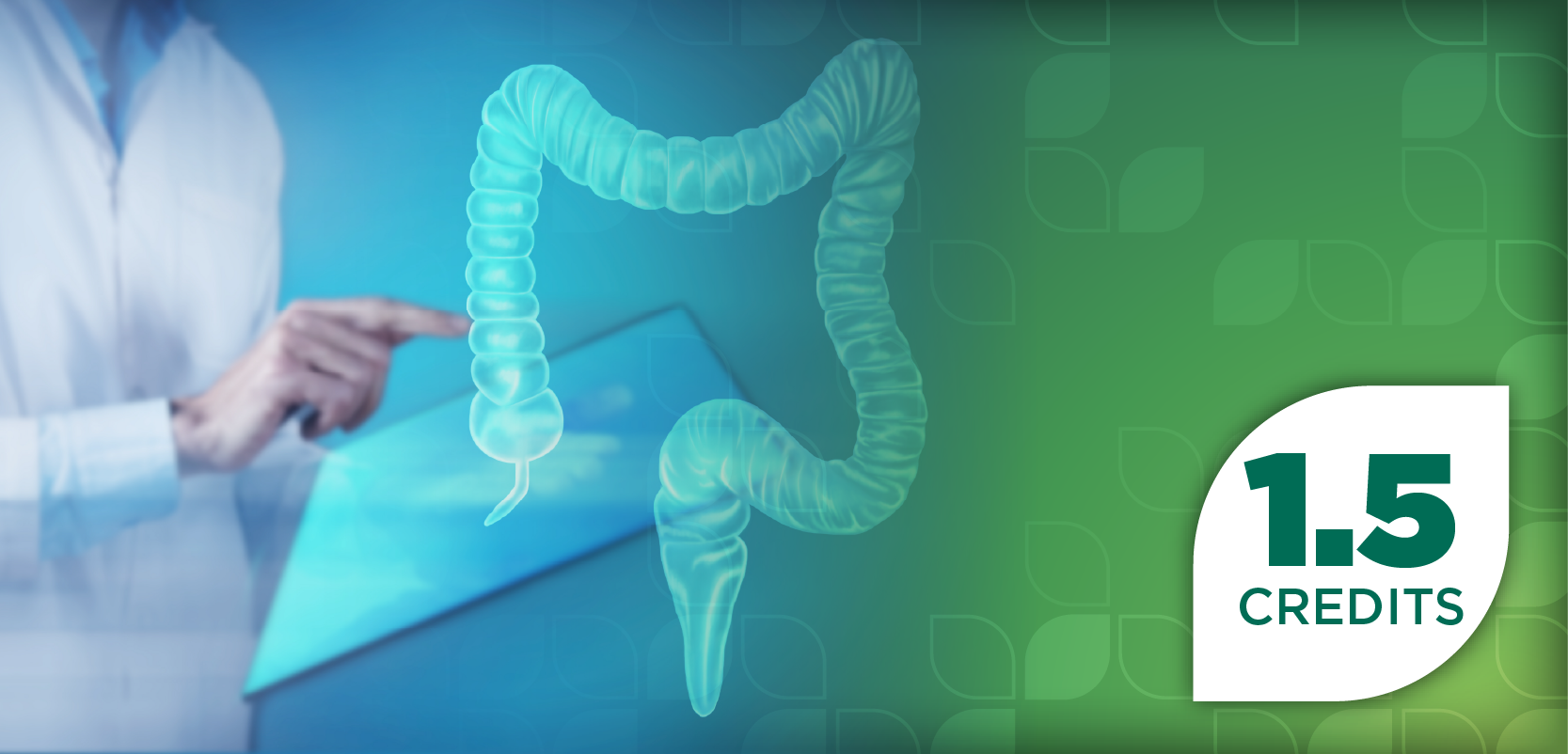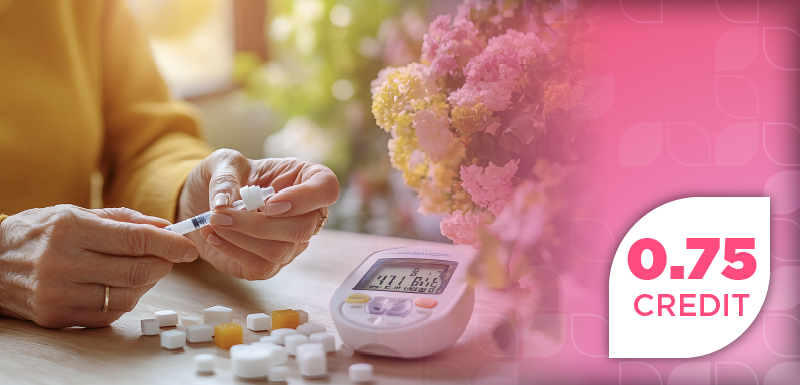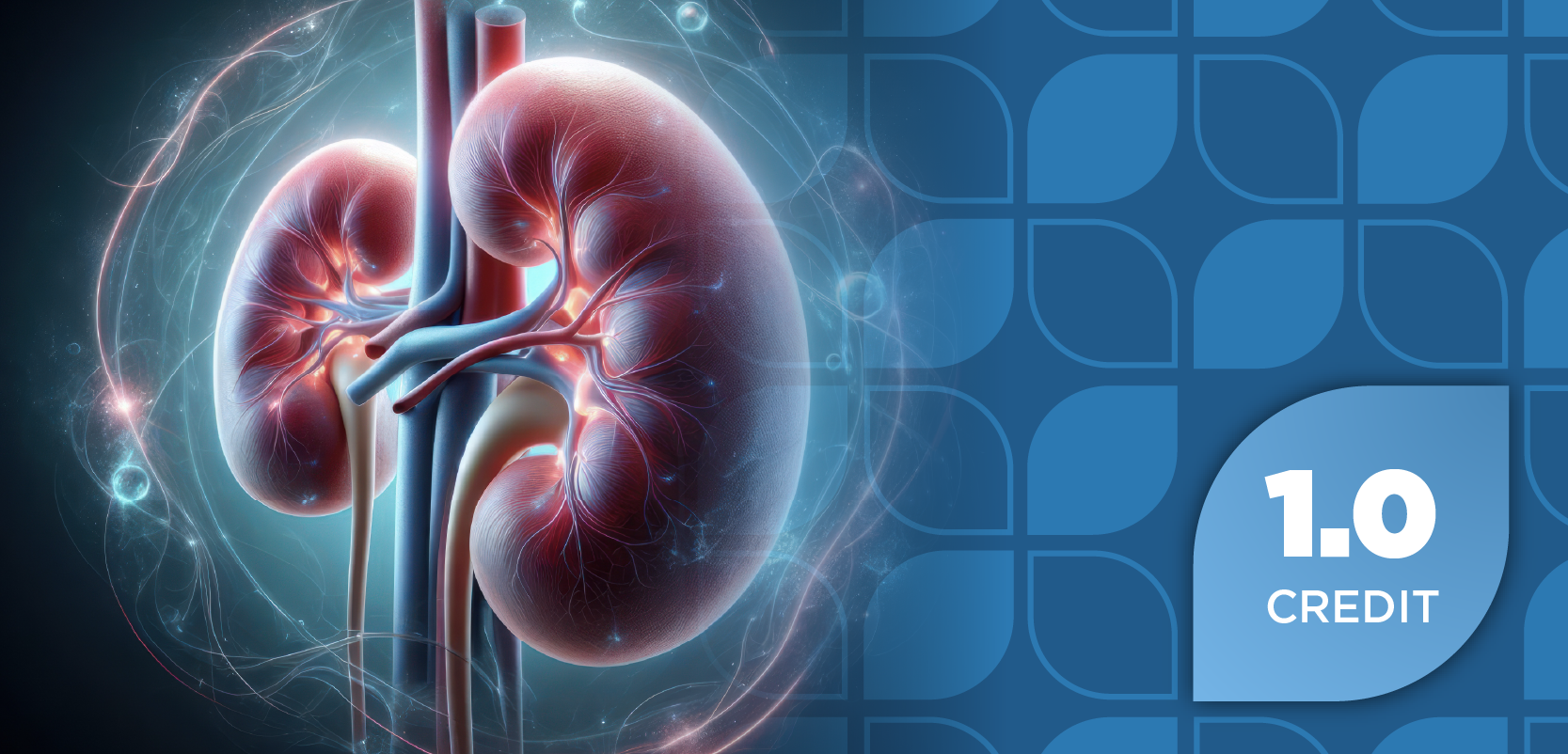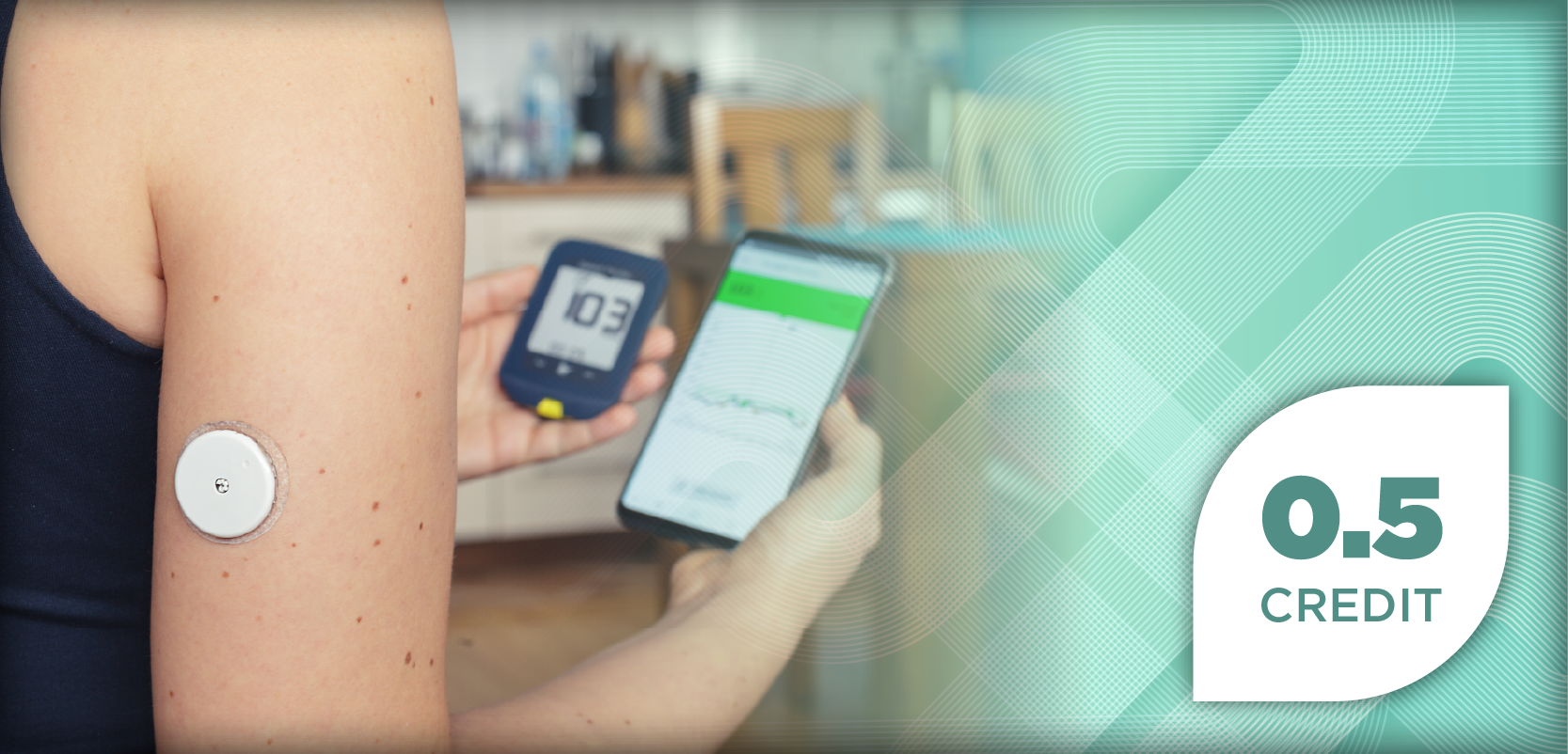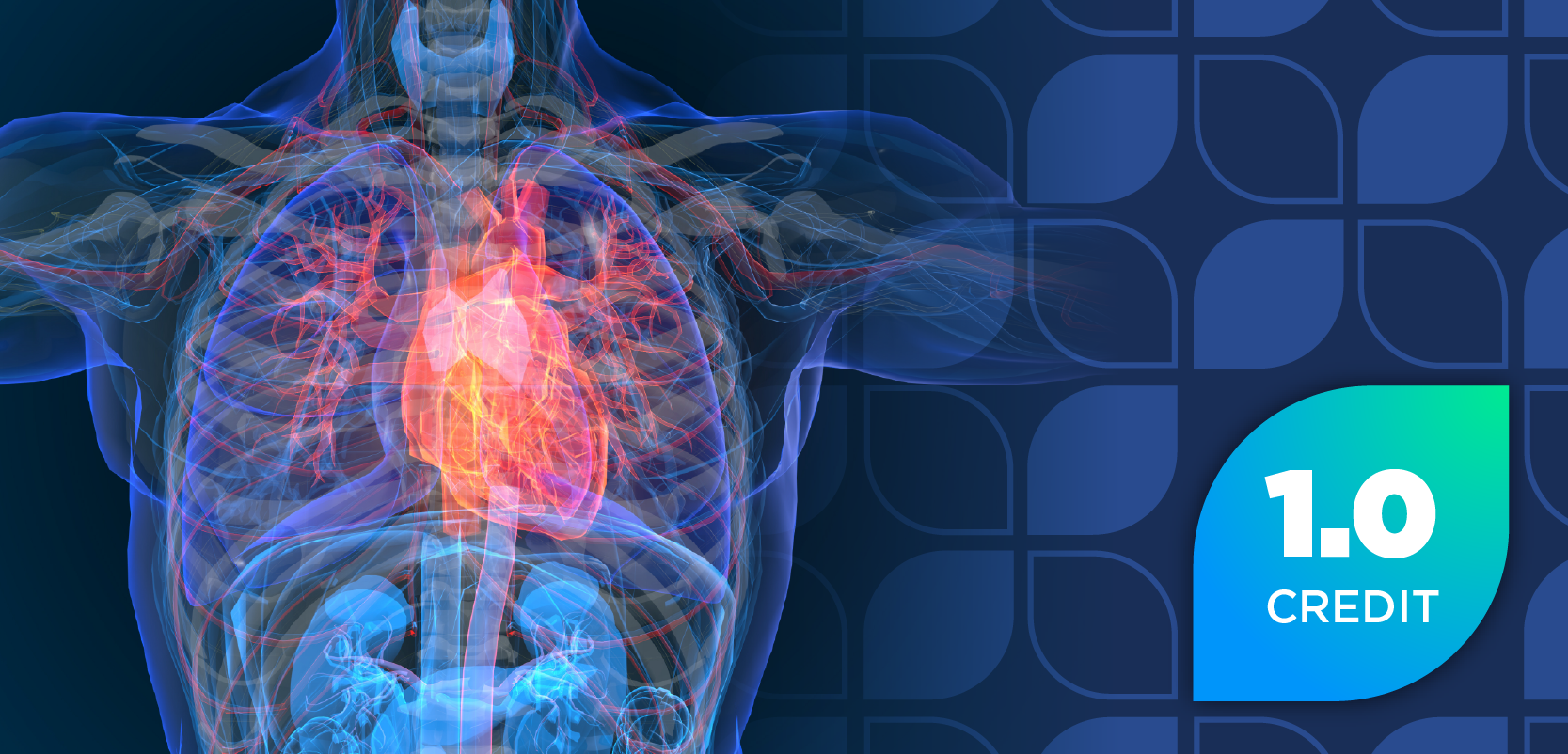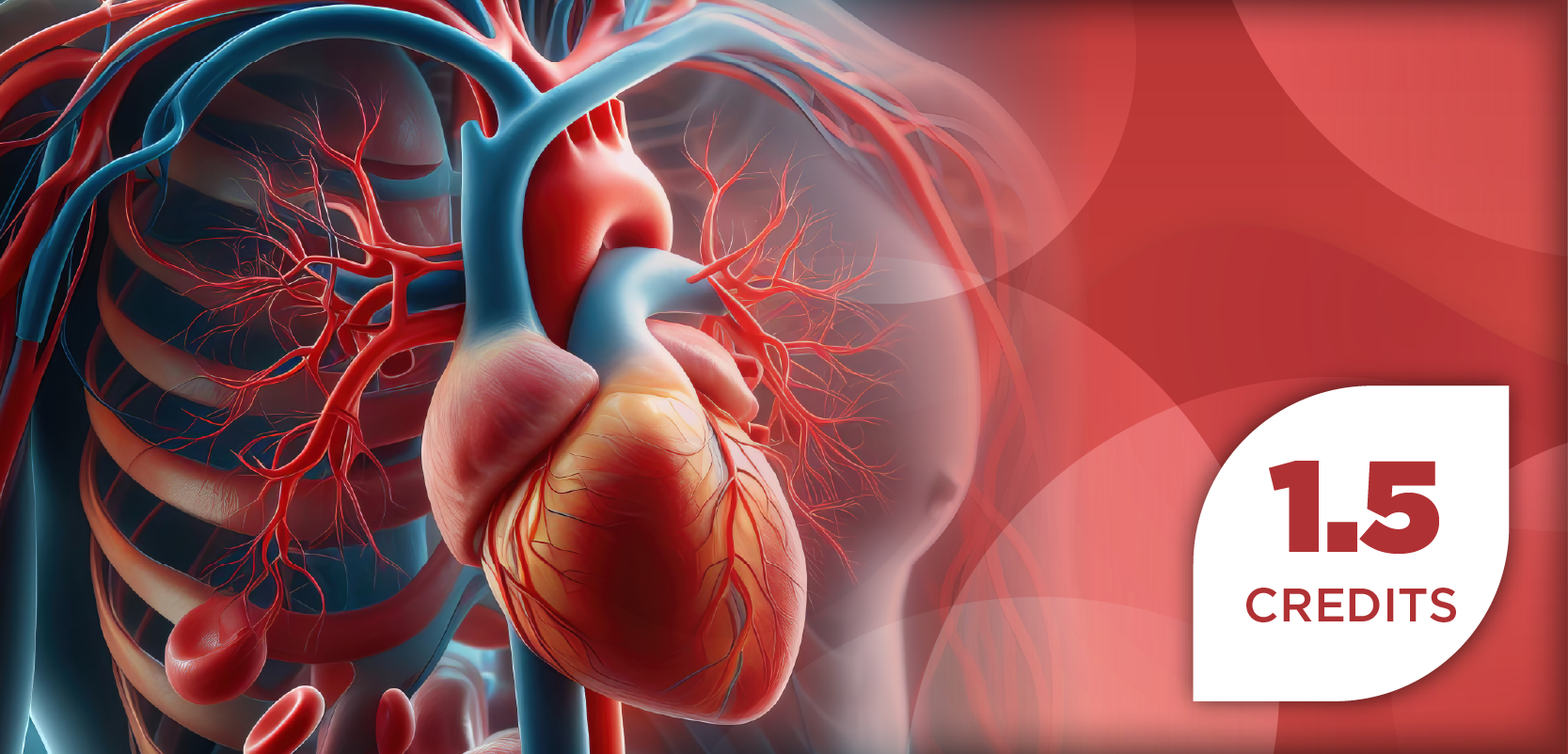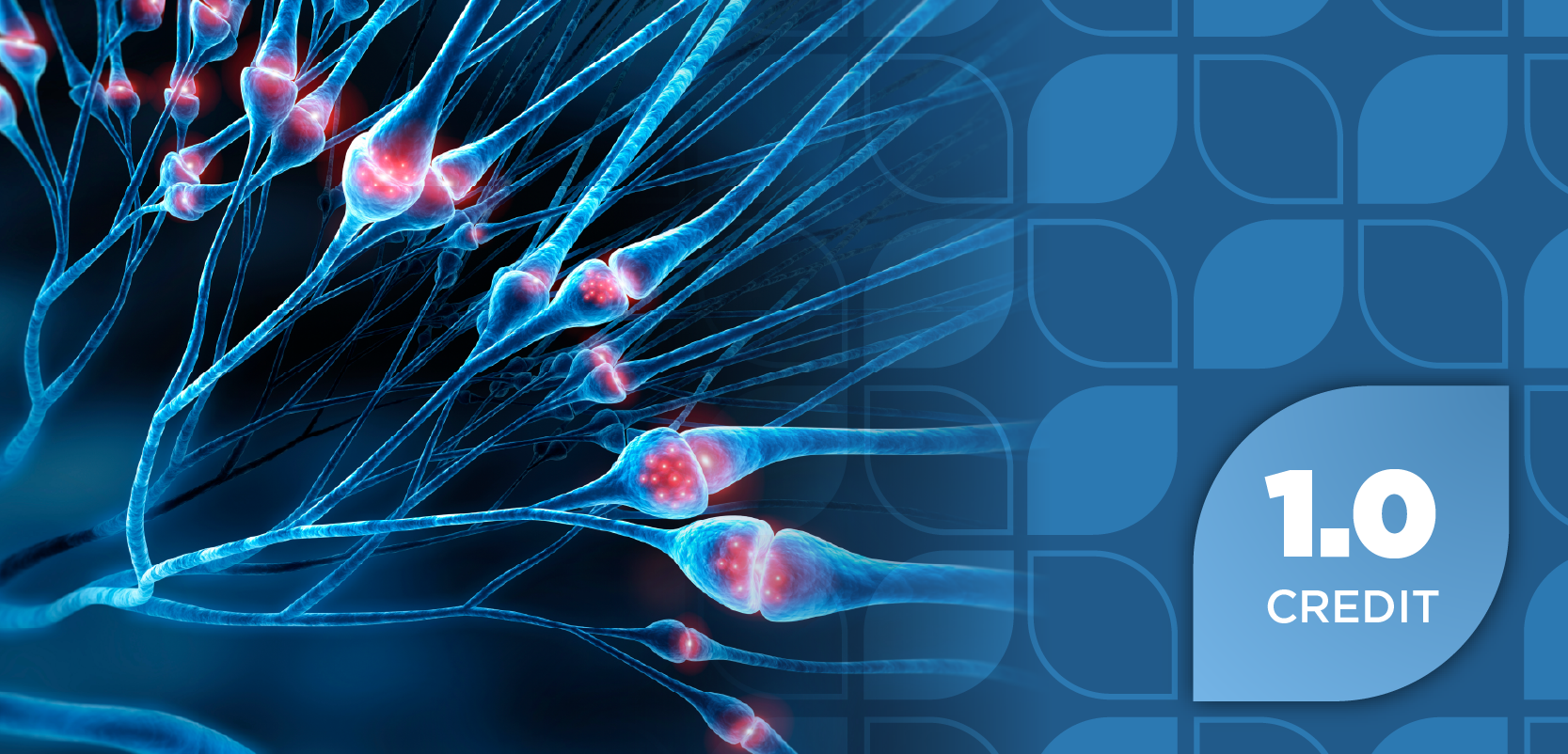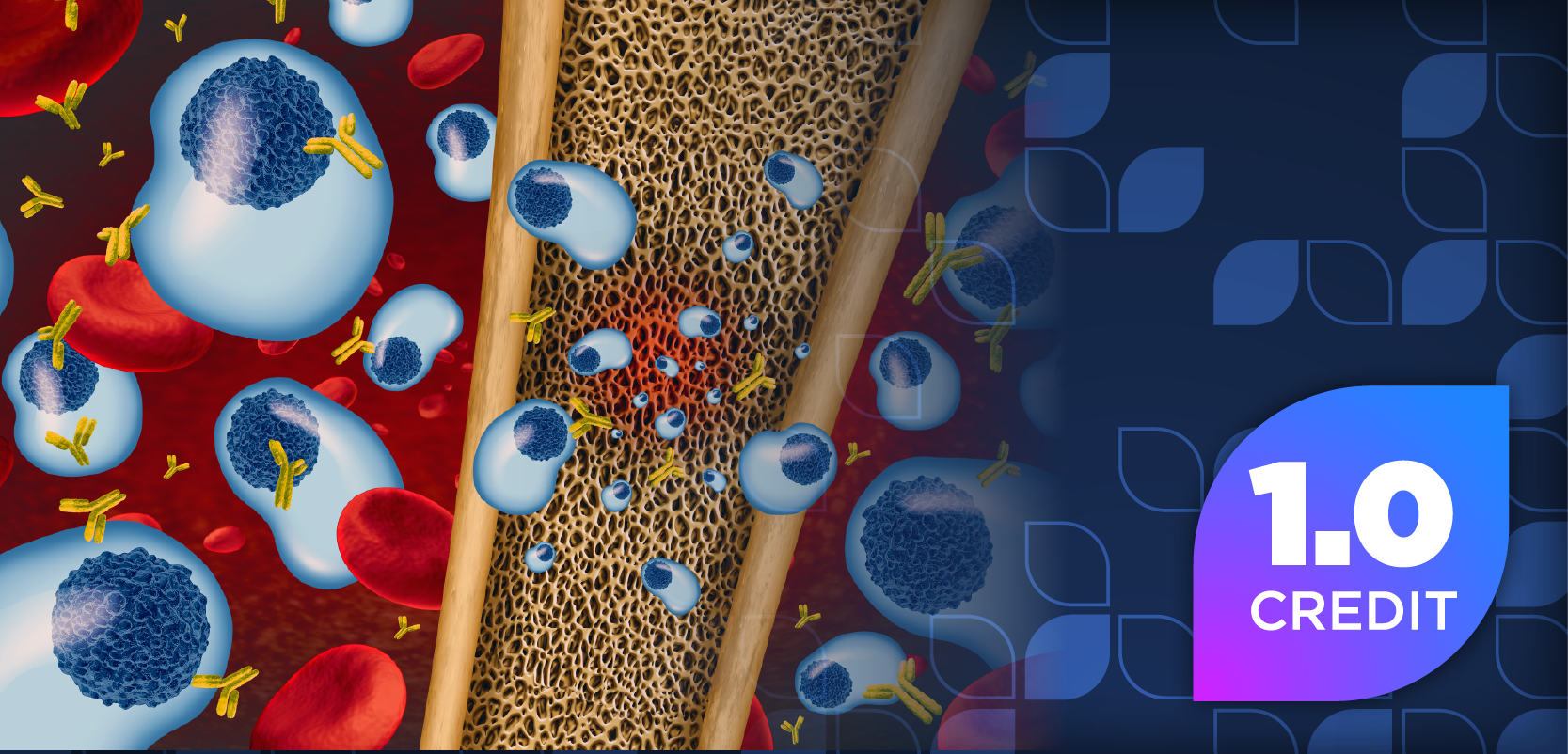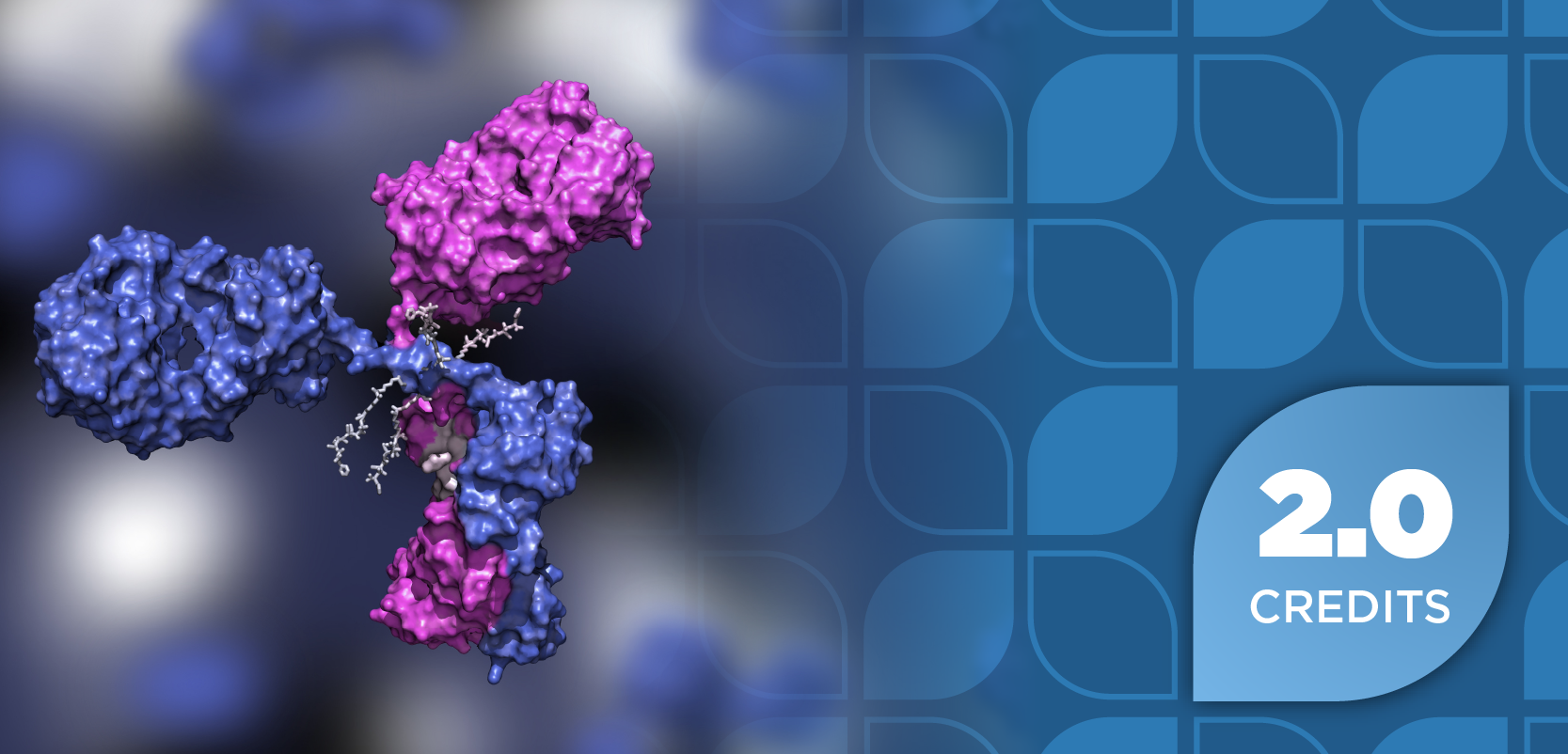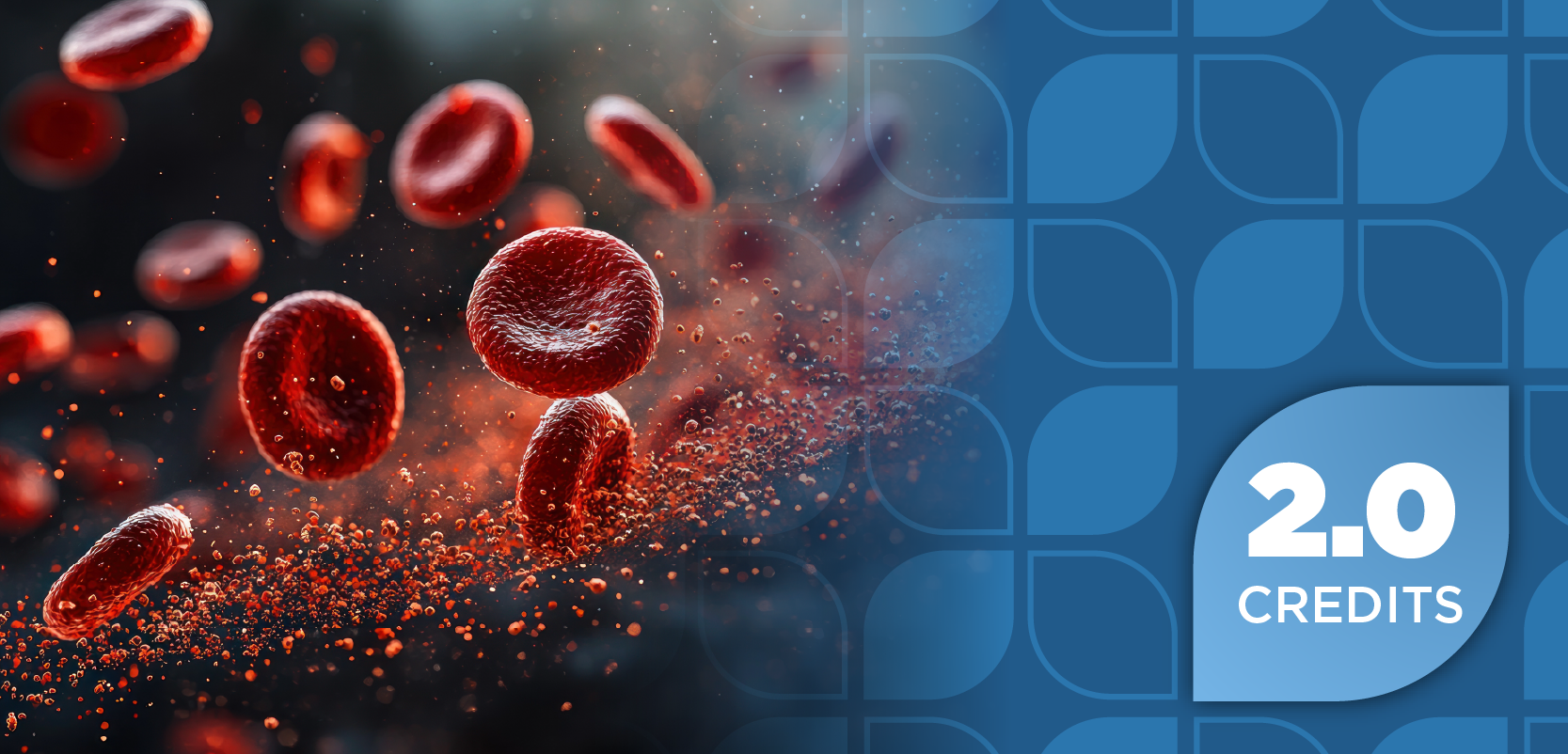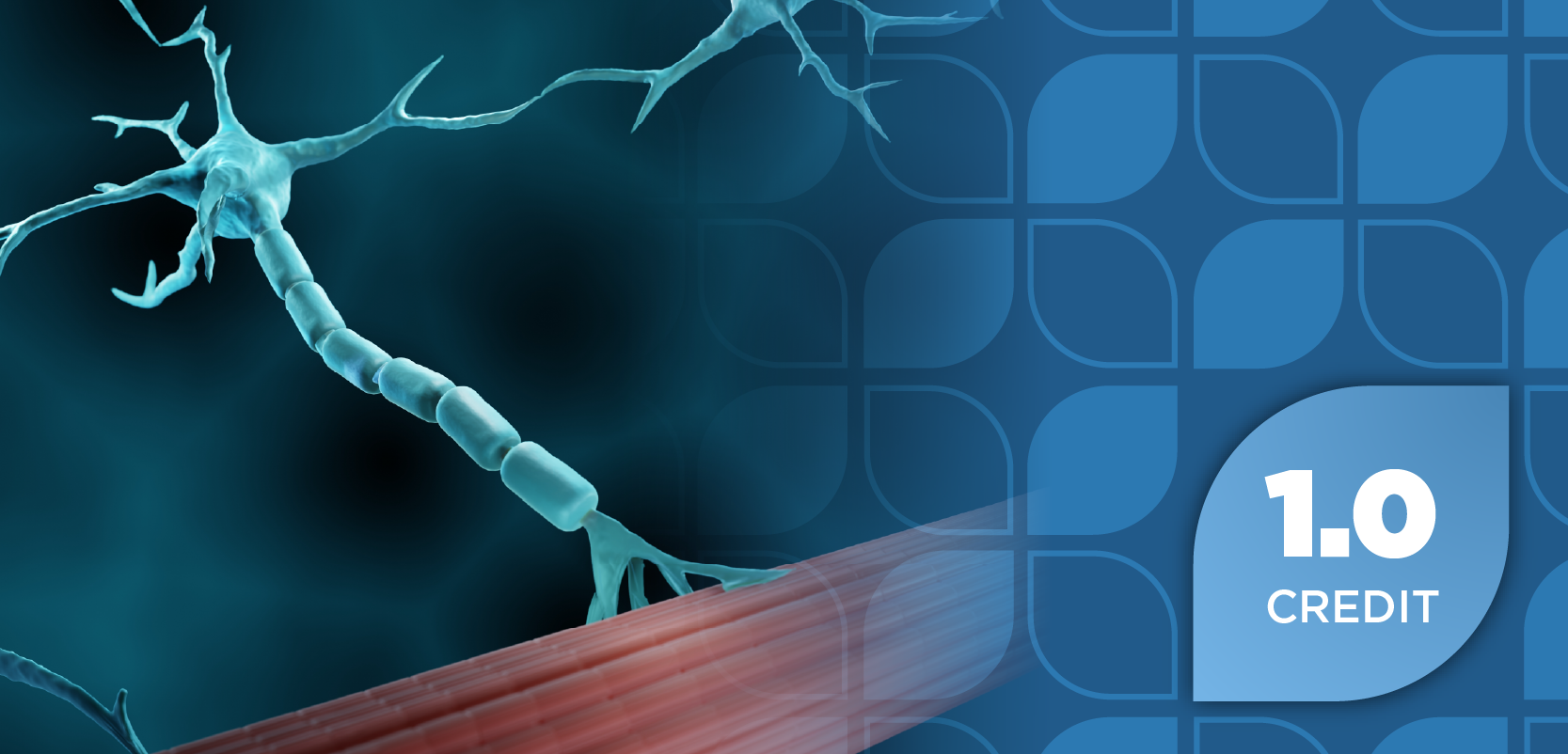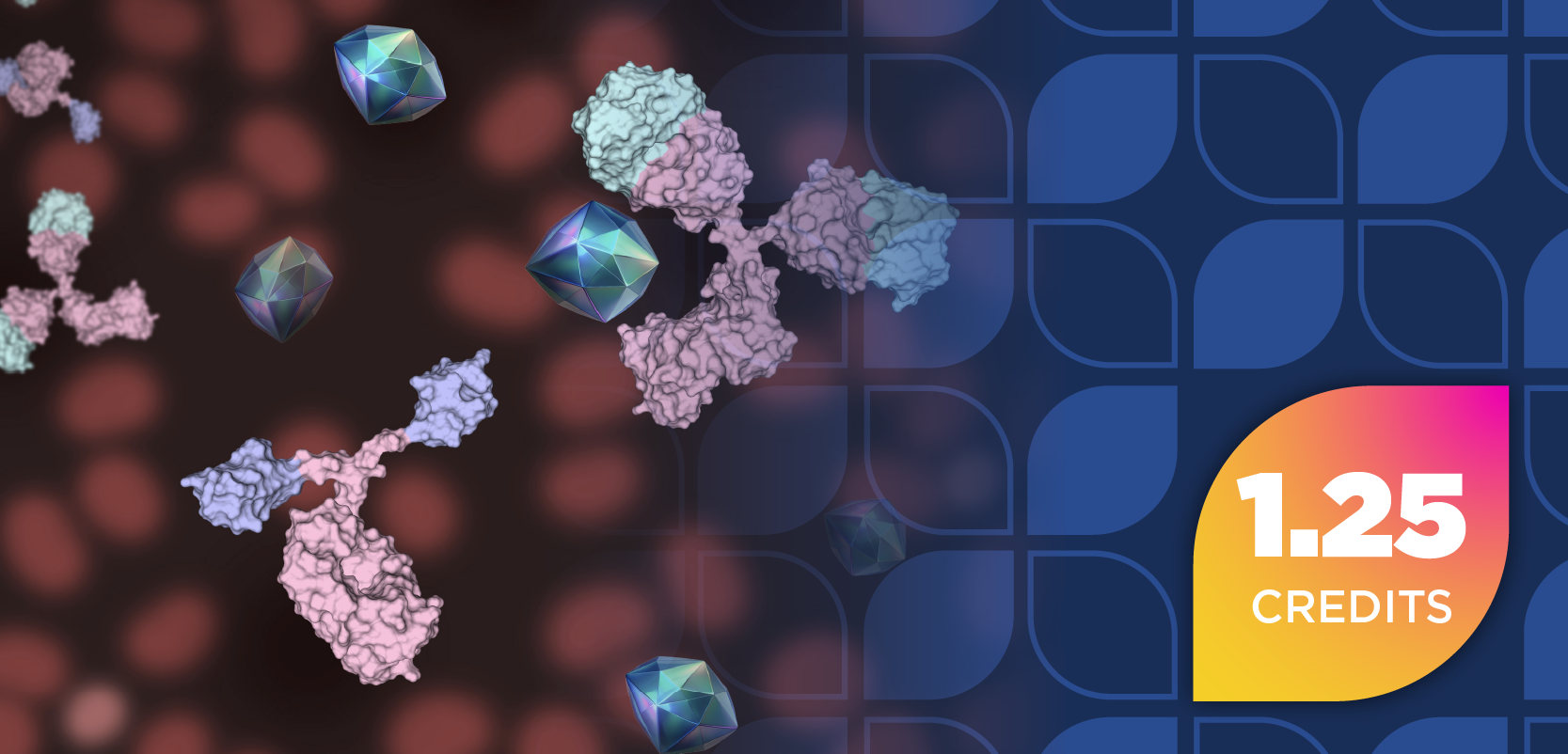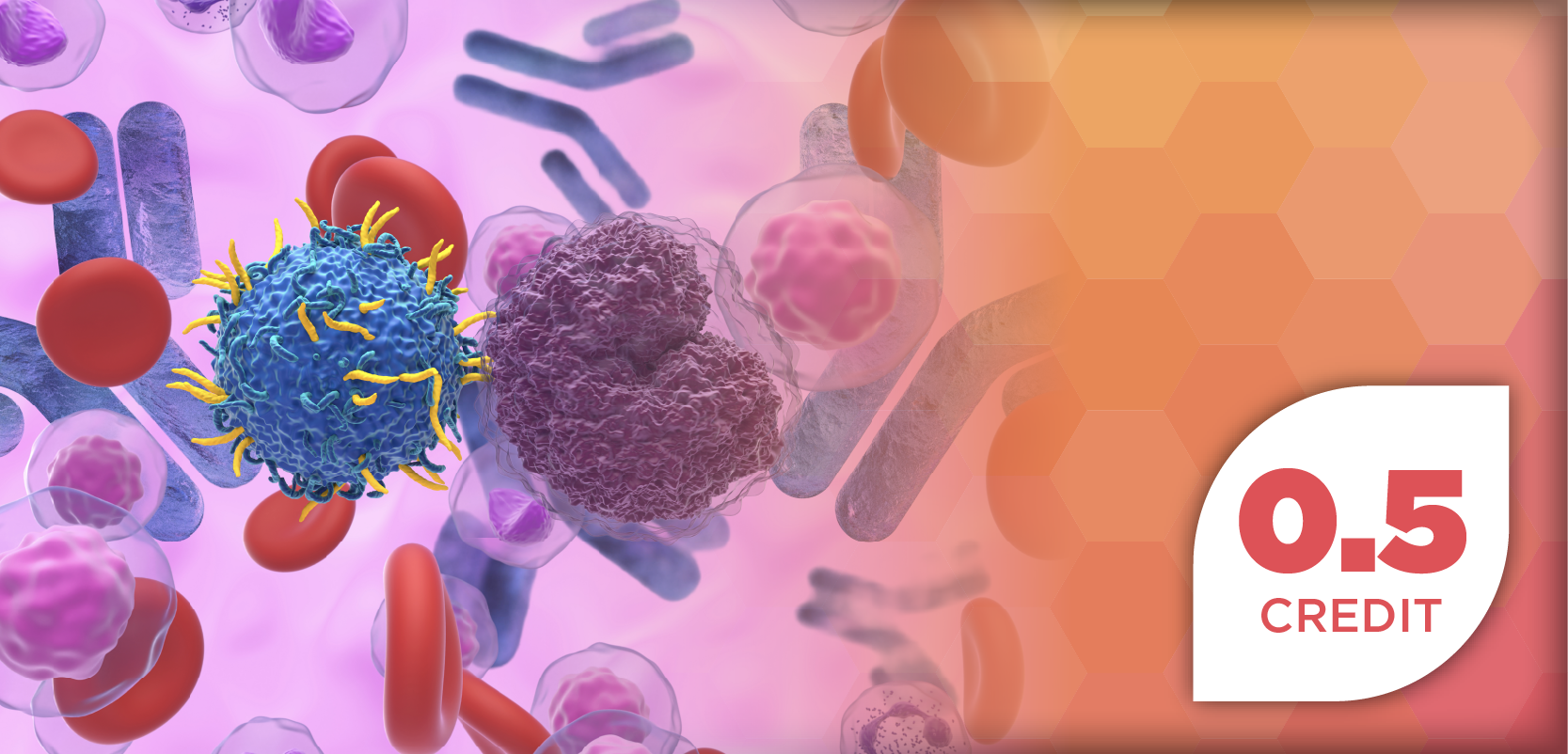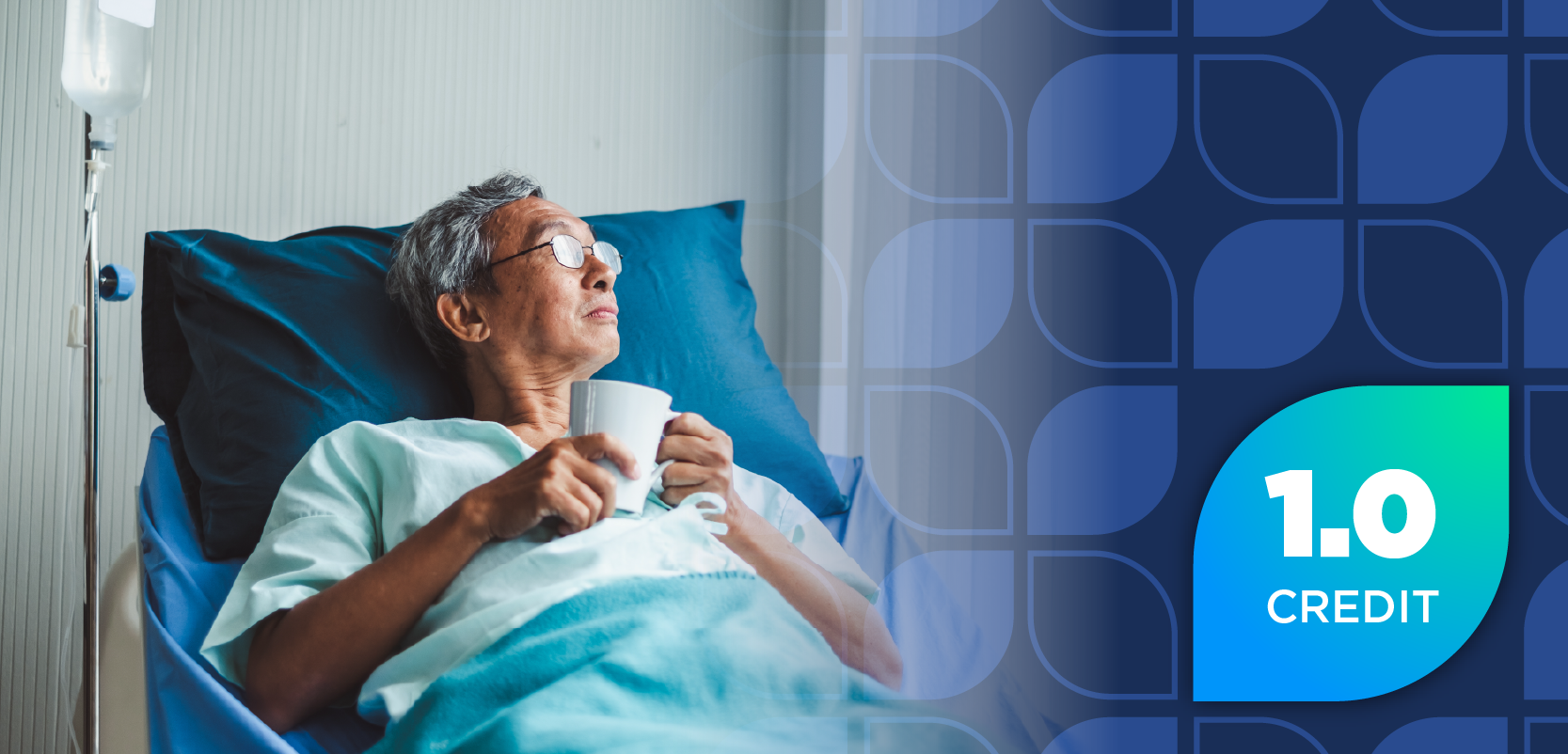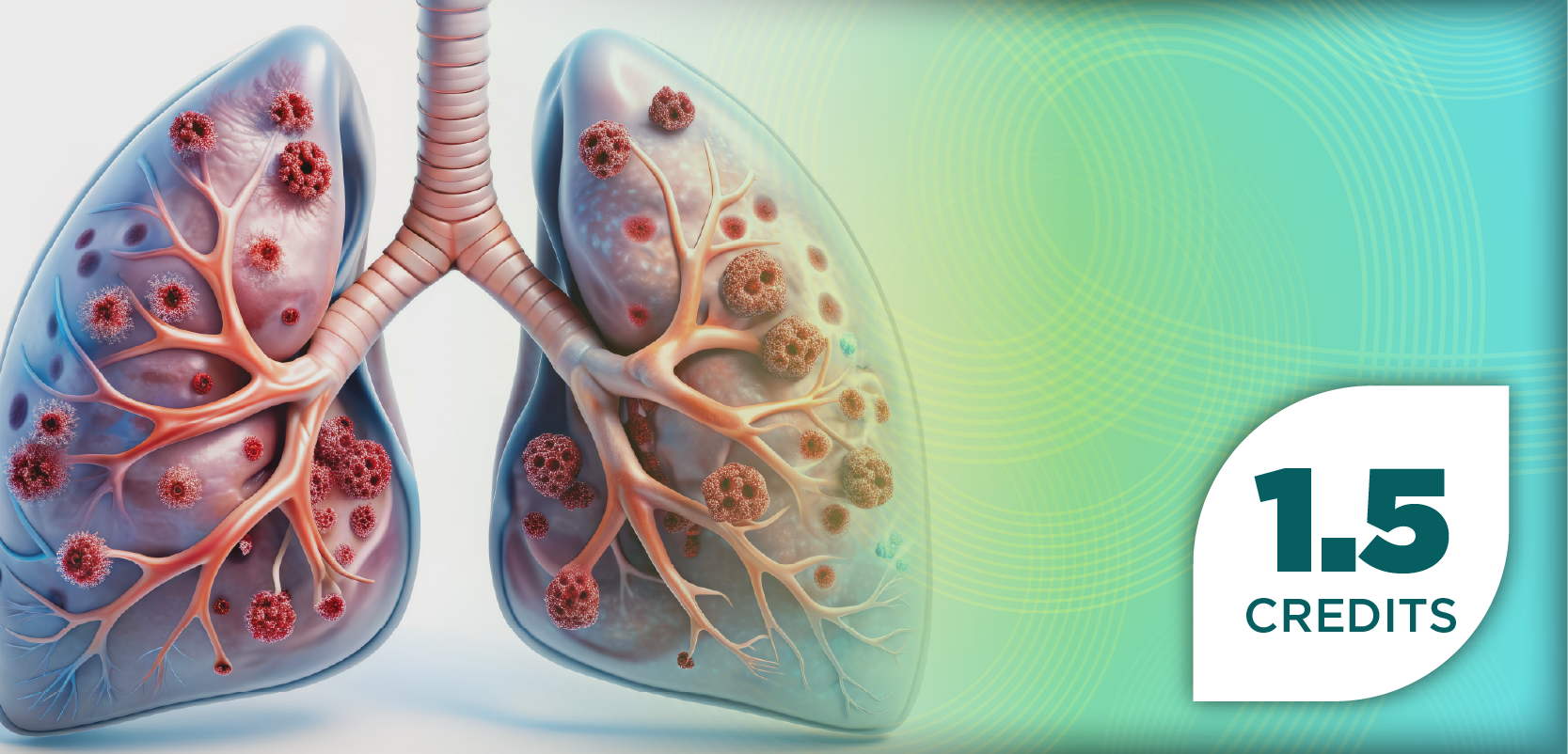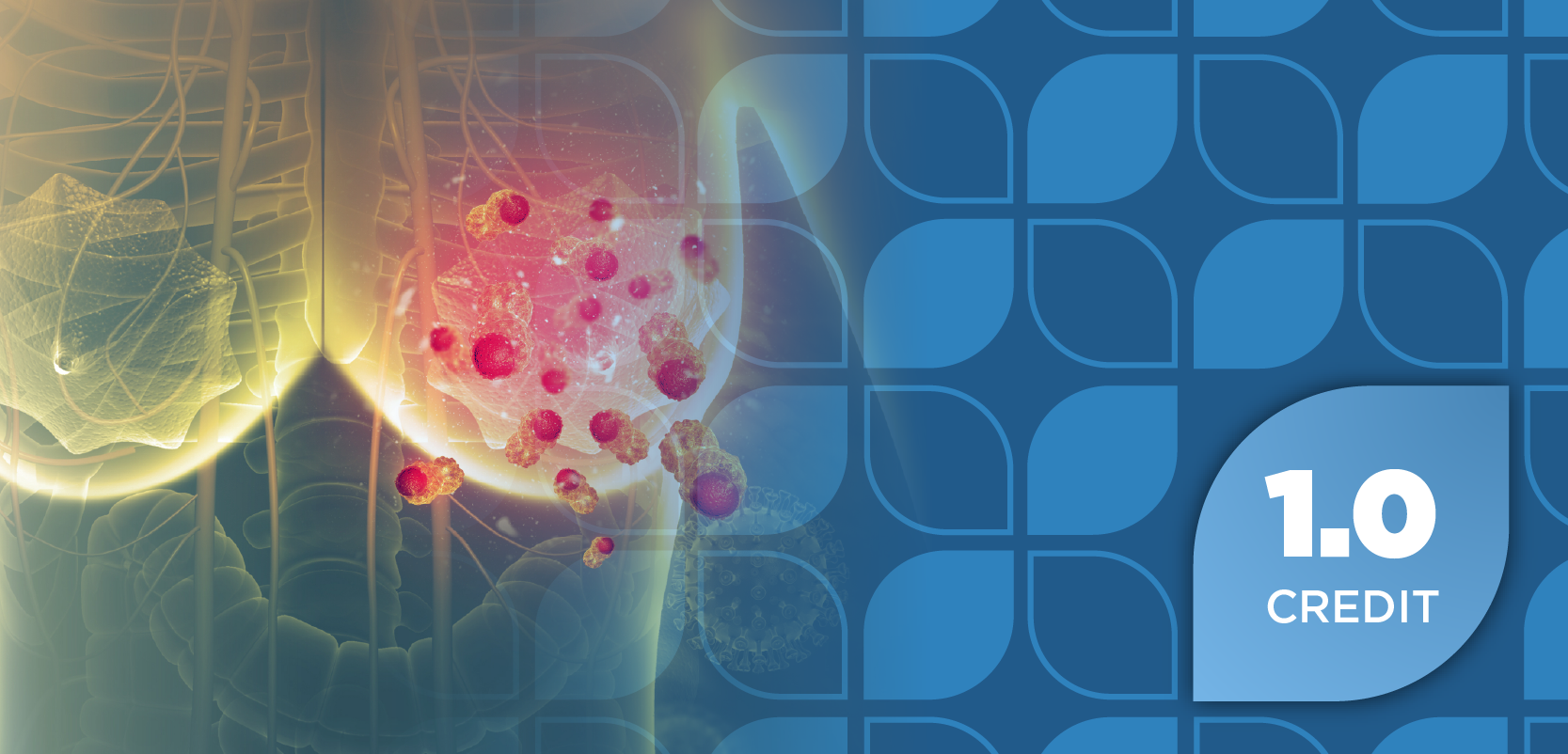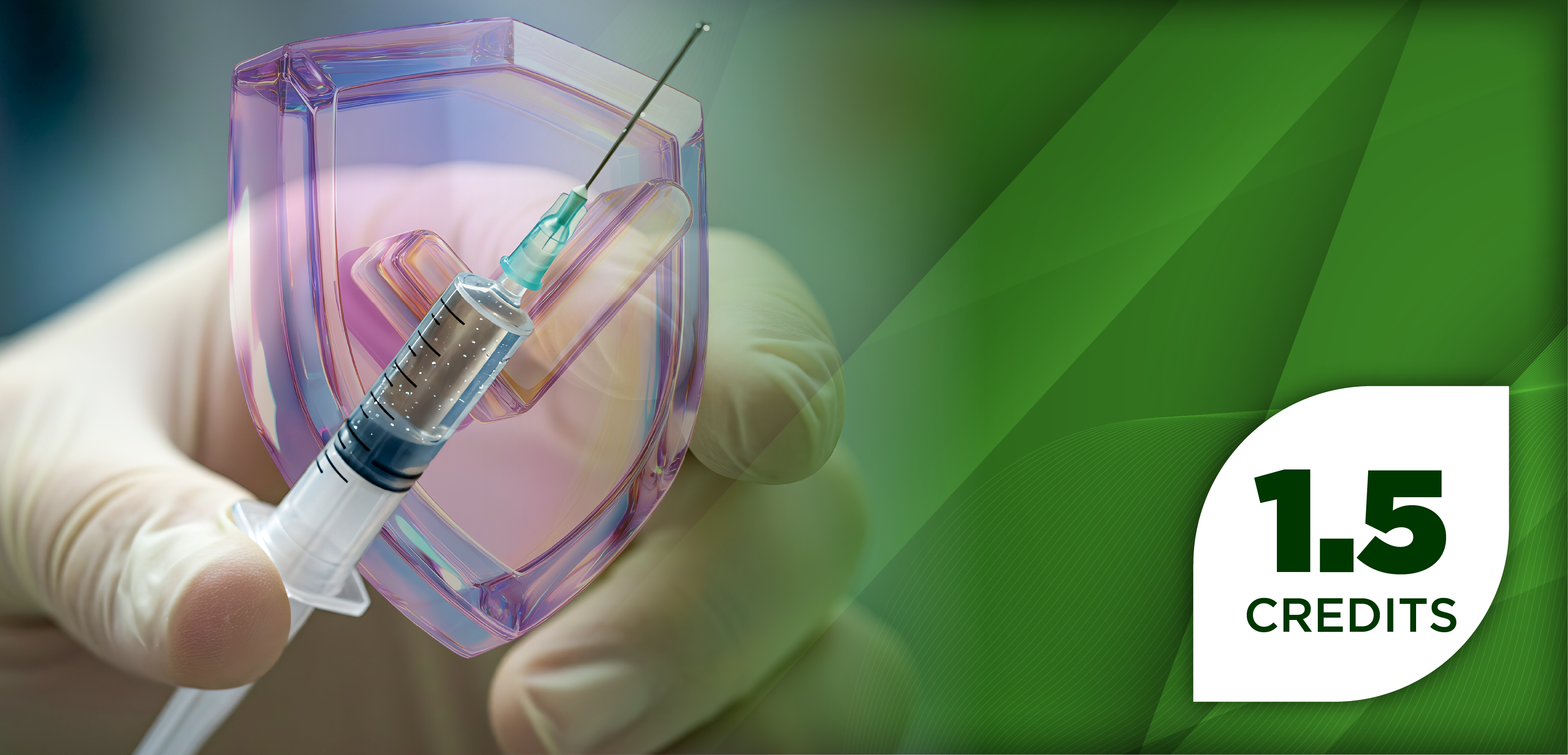
Top 10 Study Results Relevant to Pharmacists from the 2016 ACC Scientific Session
A number of trial results presented at ACC.16 could impact recommendations made by pharmacists working in inpatient and ambulatory care settings.
This article was collaboratively written by Ayesha M. Khan, PharmD, BCPS, and Alexander Kantorovich, PharmD, BCPS. Dr. Kantorovich received his Doctor of Pharmacy degree from the University of Illinois at Chicago College of Pharmacy and completed a 2-year pharmacotherapy residency with an emphasis in cardiology and critical care at the Cleveland Clinic. He is currently an assistant professor at Chicago State University College of Pharmacy and maintains a practice site at Advocate Christ Medical Center in Oak Lawn, Illinois.
A number of trial results presented at ACC.16 could impact recommendations made by pharmacists working in inpatient and ambulatory care settings.
Here are the top 10 trial results relevant to pharmacists:
1. Rate Control Versus Rhythm Control for Atrial Fibrillation After Cardiac Surgery1
Atrial fibrillation (AF) is a common post-cardiac surgery manifestation that increases postsurgical complications, hospitalizations, and even mortality. Controversy exists concerning initial treatment of stable patients with AF post-cardiac surgery with either rate or rhythm control.
This prospective, randomized, multicenter, multinational study examined whether the use of heart rate-slowing agents (rate control) or amiodarone (rhythm control) reduced hospital days within 60 days of randomization. Other endpoints included mortality, adverse effects, and rates of permanent AF. A total of 523 patients were randomized between the 2 cohorts with no major differences between groups.
There were no significant differences between the rate and rhythm control groups in terms of median hospital days, mortality, non-serious adverse events, or serious adverse events. Nearly a quarter of patients in each cohort stopped therapy due to either ineffectiveness (rate control) or adverse effects (rhythm control).
Key Points for Pharmacists
- There is no distinct benefit of either rate or rhythm control as initial treatment of stable patients with postoperative AF.
- Patients treated with rhythm strategies converted to normal sinus rhythm quicker, but at the cost of higher rates of adverse drug events compared with rate control strategies.
- In stable cardiac surgery patients with new-onset AF, rate control is likely an appropriate first-line treatment strategy, but patient-specific characteristics should be taken into account.
2. Proton-Pump Inhibitors Reduce Gastrointestinal Events Regardless of Aspirin Dose in Patients Requiring Dual Antiplatelet Therapy2
Patients on dual antiplatelet therapy (DAPT) are at risk of gastrointestinal (GI) bleeding. The randomized, placebo-controlled, double-blind, double-dummy COGENT trial showed reductions in GI events in patients on DAPT who were given the proton pump inhibitor (PPI) omeprazole compared with placebo. However, patients in the COGENT trial received various aspirin doses, so it was unknown whether the benefit of PPIs is with low- or high-dose aspirin, or both.
This study evaluated patients in the original COGENT trial stratified by aspirin dose. Doses ≤100 mg were deemed low-dose and those >100 mg were considered high-dose. More than 3500 patients were evaluated, with differences between groups seen in age, gender, and percutaneous coronary intervention (PCI). The primary endpoint was a composite of upper GI clinical events, including overt upper GI bleeding.
There was a statistically significant reduction in upper GI clinical events in patients on omeprazole in both the low- and high-dose cohorts. There were no increases in major adverse cardiac events in patients on omeprazole compared with those who weren’t.
Key Points for Pharmacists
- In patients on low- or high-dose aspirin, omeprazole use reduced GI events, including overt GI bleeding.
- This study didn’t evaluate adverse effects of omeprazole, which are known to be prevalent.
- In patients on DAPT, regardless of aspirin dose, clinicians should consider agents to reduce the risk of GI events if patients have risk factors; however, routine use of these agents isn’t warranted based on the sole use of DAPT.
3. Pharmacodynamic Effects of Switching From Prasugrel to Ticagrelor3
Switching between P2Y12 antagonists has been common in clinical practice since the introduction of prasugrel and ticagrelor. However, most literature describes switching between clopidogrel and prasugrel or clopidogrel and ticagrelor, so little is known about converting from prasugrel to ticagrelor.
This prospective, randomized, open-label, 3-arm, non-inferiority study evaluated patients on DAPT with aspirin and prasugrel after ACS and PCI who were converted to ticagrelor with or without bolus, compared with those who remained on prasugrel. To meet non-inferiority, platelet reactivity units (PRUs) must have been within 45 units between the ticagrelor groups and the prasugrel group. A total of 79 patients were evaluated in the study.
Non-inferiority was achieved with both ticagrelor transition strategies compared with staying on prasugrel throughout the 7-day study period. Within 2 hours of transition to ticagrelor with either dosing strategy, a statistically significant reduction in PRUs was seen; however, that reduction dissipated by day 7. There were no increases in PRU activity.
Key Points for Pharmacists
- Patients switched from prasugrel to ticagrelor saw significant reductions in platelet activity up to 48 hours after switching. The potential clinical impact of this is unknown because it wasn’t studied, but that significant reduction dissipated by day 7.
- When switching patients from prasugrel to ticagrelor, there’s no need for a loading dose.
- Because this study examined switching patients to ticagrelor who were on maintenance prasugrel therapy, it’s unknown whether the same results would be seen if patients only received a prasugrel loading dose.
4. Amiodarone, Lidocaine, or Placebo in Out-of-Hospital Cardiac Arrest4
Out-of-hospital cardiac arrests are responsible for hundreds of thousands of deaths annually. These arrests are often due to ventricular fibrillation or pulseless ventricular tachycardia, which are often treated with antiarrhythmic agents such as amiodarone or lidocaine. However, it’s unknown whether these agents improve survival in these patients.
This randomized, double-blind, placebo-controlled trial examined the effect of amiodarone, lidocaine, and placebo on survival to hospital discharge after out-of-hospital cardiac arrest due to shock-refractory ventricular fibrillation or pulseless ventricular tachycardia. More than 3000 patients were randomized, with no factors being significantly different among cohorts.
The study found no difference in survival among cohorts compared with placebo. In the subgroup of patients who had witnessed cardiac arrests, the survival to hospital discharge rate was significantly better in both the amiodarone and lidocaine groups compared with placebo. Finally, there was no difference among cohorts on the secondary outcome of modified Rankin score ≤3.
Patients administered amiodarone or lidocaine had significantly fewer shocks administered compared with the placebo cohort. The time to drug administration was shorter in the witnessed cardiac arrest group than the unwitnessed group.
Key Points for Pharmacists
- In patients with out-of-hospital cardiac arrest, survival to hospital discharge and disability stratified by the modified Rankin scale wasn’t significantly different among amiodarone, lidocaine, and placebo groups.
- Time to drug administration in witnessed versus unwitnessed cardiac arrests may have played a role in the increased survival in that subgroup of patients.
- Early CPR is the most important intervention in cardiac arrest regardless of drug administration, which also may have played a role in the increased survival in those with witnessed out-of-hospital cardiac arrests.
- Use of amiodarone or lidocaine in this patient population doesn’t have much negative impact and should be strongly considered in those with refractory shockable rhythms.
5. Aliskiren, Enalapril, or Both in Heart Failure5
Blockade of the renin-angiotensin-aldosterone system (RAAS) with angiotensin converting enzyme (ACE) inhibitors, angiotensin receptor blockers (ARBs), and aldosterone antagonists is a cornerstone of therapy in patients with chronic heart failure with reduced ejection fraction (HFrEF). However, direct renin inhibitors haven’t been compared to standard of care in this patient population.
This multicenter, randomized, double-blind study compared the efficacy and safety of aliskiren, a direct renin inhibitor, with that of enalapril as well as the 2 agents combined. More than 7000 patients with HFrEF on background beta-blocker therapy were randomized into the study through 2 run-in periods. There was no significant difference in any baseline characteristic among cohorts, which were followed for a median of 36 months.
The study found no significant difference in the primary composite endpoint of cardiovascular (CV) death and hospitalization for HF, and none of the other secondary efficacy endpoints were found to be significant. Non-inferiority also wasn’t met. However, combination therapy lent itself to significantly higher rates of adverse effects such as hypotension, renal impairment, and hyperkalemia.
Key Points for Pharmacists
- In patients with HFrEF, the use of aliskiren alone or a combination of aliskiren and enalapril compared with enalapril alone didn’t offer significant benefits.
- Combining aliskiren and enalapril leads to higher rates of hypotension, renal impairment, and hyperkalemia compared to ACE inhibitor therapy alone.
- The lack of benefit of renin inhibition suggests a ceiling effect on RAAS inhibition and demonstrates the significance of the PARADIGM-HF trial, which showed dramatic benefits of the combination of sacubitril and valsartan over enalapril alone.
6. Safety and Efficacy of CMX-2043 for Periprocedural Injury Protection in Patients Undergoing Coronary Angiography at Risk of Radio Contrast-Induced Nephropathy6
Contrast-induced nephropathy (CIN) is a common complication in patients undergoing PCI. The incidence of CIN is markedly higher in diabetics, those with underlying renal dysfunction, and the elderly—all of whom constitute a large amount of patients undergoing PCI.
The goal of the CARIN trial was to compare the safety and efficacy of a novel intravenous antioxidant, CMX-2043, in reducing acute kidney injury (AKI) following PCI. Subjects with non-end-stage chronic kidney disease (eGFR 15-60 ml/min) and concomitant risk factors for developing AKI with a high probability of undergoing PCI were included in the study. A total of 361 patients undergoing coronary angiography were randomized in a fairly equal 1:1:1:1 fashion to receive varying doses of CMX-2043 or placebo (2.4 mg/kg, 3.6 mg/kg, 4.8 mg/kg, or placebo).
Four days after receiving contrast, CIN wasn’t reduced with the use of CMX-2043 at any dose. Similarly, there was no statistically significant difference in the need for corrective dialysis or incidence of adverse cardiac events.
Key Points for Pharmacists
- CMX-2043 at 3 different doses was no more effective than placebo in reducing CIN following coronary angiography/PCI.
- No differences in CV or renal outcomes were seen between study arms.
- Saline and the limitation of contrast remain the mainstay of CIN prevention.
7. Efficacy and Tolerability of Evolocumab Versus Ezetimibe in Patients with Muscle-Related Statin Intolerance7
Upwards of 20% of patients report muscle-related statin intolerance. Those unable to tolerate statin therapy despite adequate rechallenge are typically switched to an alternative low-density lipoprotein cholesterol (LDL-C) lowering therapy, such as ezetimibe.
GAUSS-3 was a randomized, prospective, 2-phase trial examining the lipid-lowering efficacy of 2 nonstatin therapies: ezetimibe and evolocumab. Among the 491 patients studied, evolocumab resulted in a significantly greater reduction in LDL-C compared with ezetimibe after 24 weeks,. During the second phase of the study, any muscle-related adverse events occurred in 29% of ezetimibe-treated patients and 21% of evolocumab-treated patients. Muscle symptoms leading to discontinuation of either drug or placebo were negligible.
Key Points for Pharmacists
- In patients with statin intolerance and elevated LDL-C, evolocumab provides a viable alternative with few patients experiencing muscle symptoms.
- This study didn’t evaluate evolovumab’s effect on CV outcomes, and this data is likely forthcoming.
- While significant LDL-C reduction was observed, clinical use of evolovumab may be limited by its high annual cost.
8. Clinical Effects of Cholesteryl Ester Transfer Protein Inhibition with Evacetrapib in Patients at High Risk for Vascular Outcomes8
ACCELERATE was a phase 3, multi-center, randomized, blinded study designed to evaluate the efficacy and safety of evacetrapib in patients with high-risk atherosclerotic CVD. Evacetrapib serves to increase HDL-C and lower LDL-C through inhibition of cholestcholesteryl ester transfer protein (CETP). Although this novel mechanism of action has been studied in the past, the first CEPT inhibitor torcetrapib was found to increase blood pressure, thereby resulting in excess cardiac events. To date, evacetrapib hasn’t been found to have this effect.
A total of 12,000 patients were randomly assigned to receive either 130 mg of evacetrapib or placebo for at least 1.5 years. While the majority of all patients (77%) were male, overall baseline characteristics were similar in each group. Compared with placebo, patients receiving evacetrapib demonstrated a 130% increase in HDL-C and a 37% decline in LDL-C.
Despite these impressive changes, no difference was seen in primary endpoints, including time to first CV death, MI, stroke, hospitalization for unstable angina, or coronary revascularization. However, a trend towards lower all-cause mortality in the evacetrapib group was observed.
Key Points for Pharmacists
- Despite markedly improving lipid profiles, evacetrapib failed to reduce rates of adverse CV outcomes.
- Currently, targeting the CETP hasn’t proven beneficial in reducing primary events in high-risk CV patients.
- Further studies involving low-risk patients may prove beneficial, but that population hasn’t been evaluated to date.
9. Cholesterol Lowering in Intermediate-Risk Persons without CVD9
The HOPE-3 trial was conducted specifically in patients of various ethnic backgrounds spanning 6 different continents. In contrast to previous landmark trials that evaluated mostly North American or European subjects with multiple CV risk factors, patients enrolled in the HOPE-3 trial didn’t have CVD and were at intermediate risk.
A total of 12,705 participants were randomly assigned to receive 1 of 4 interventions: rousuvastatin 10 mg plus candesartan/hydrochlorothiazide 16 mg/12.5 mg daily (combination pill), rosuvastain 10 mg plus placebo daily, placebo plus combination pill, or 2 placebos daily. Baseline LDL-C was 128 mg/dL and mean blood pressure (BP) was 138/82 mm Hg.
Key study results after a study duration of 5.6 years included a lowering of mean LDL-C by 35 mg/dL in the rosuvastatin group compared with placebo. Co-primary outcomes (CV-related death, nonfatal stroke, or nonfatal MI) occurred significantly less frequently with rosuvastatin than placebo. No difference in the incidence of diabetes was found in the rosuvastatin versus placebo group, but myalgia symptoms were significantly higher. Besides a reduction in mean systolic/diastolic BP by 6/3 mmHg with antihypertensives compared with placebo, the blood pressure component of the trial showed no significant benefit in reducing CV events.
Key Points for Pharmacists
- Results of HOPE-3 suggest that rosuvastatin 10 mg daily is more effective in preventing CV events than candesartan/HCTZ 16 mg/12.5 mg daily in relatively low-risk and ethnically diverse populations.
- Although antihypertensives have been shown to reduce CV events in patients with a systolic BP >160 mmHg, its role in intermediate-risk patients with lower BP remains unclear. Use of higher antihypertensive doses may have provided additional patient benefit in the study.
- Results of the study support a risk-based approach to statin use, as opposed to an LDL-C goal-directed approach.
10. Crushed Prasugrel Tablets in Patients with STEMI Undergoing Primary PCI10
Full platelet inhibition induced by prasugrel can require upwards of 2 hours in patients undergoing PCI following ST-segment elevation myocardial infarction (STEMI). Crushing prasugrel tablets may provide improved drug absorption, leading to earlier antiplatelet effects. A more favorable pharmacokinetic and pharmacodynamic (PK/PD) profile may potentially translate to greater reduction in acute coronary events post-PCI.
The CRUSH study investigators studied this theory in a prospective, parallel-design study in which 52 study participants were randomized to receive prasugrel 60 mg loading dose (LD) as either a crushed or whole tablet. A 10 mg maintenance dose was given 24 hours after the LD, which patients were instructed to continue for at least 12 months.
Compared to whole tablet, crushed prasugrel was found to result in reduced P2Y12 reaction units by 30 minutes post-LD. Significant differences in reduced P2Y12 inhibition time persisted at 1, 2, and 4 hours post-LD. After 6 hours, significant differences were no longer observed. PK assessments also showed a greater than 3-fold faster absorption of crushed prasugrel compared with whole tablet. Clinical outcomes weren’t investigated.
Key Points for Pharmacists
- Crushed prasugrel showed more favorable drug bioavailability and platelet inhibitory effects compared to whole tablets in STEMI patients undergoing PCI.
- The translation of these PK/PD results on clinical effects as well as long-term outcomes require a larger-scale efficacy trial.
- Notably, cardiogenic shock patients requiring nasogastric tube were excluded from the study. This subset of patients may benefit most favorably from crushed P2Y12 inhibitors, but further investigation is needed.
References
- Gillinov AM, et al. Rate control versus rhythm control for atrial fibrillation after cardiac surgery. N Engl J Med. 2016. [Epub ahead of print]
- Vaduganathan M, et al. Proton-pump inhibitors reduce gastrointestinal events regardless of aspirin dose in patients requiring dual antiplatelet therapy. J Am Coll Cardiol. 2016;67(14):1661-1671.
- Franchi F, et al. Pharmacodynamic effects of switching from prasugrel to ticagrelor: results of the prospective, randomized SWAP-3 study. JACC Cardiovasc Interv. 2016. [Epub ahead of print]
- Kudenchuk PJ, et al. Amiodarone, lidocaine, or placebo in out-of-hospital cardiac arrest. N Engl J Med. 2016;374(18):1711-1722.
- McMurray JJ, et al. Aliskiren, enalapril, or aliskiren and enalapril in heart failure. N Engl J Med. 2016;374(16):1521-1532.
- Bhatt DL. LBCT IV. CARIN: a prospective, comparative, randomized, multi-center, double-blinded, placebo-controlled, phase 2a study of the safety and efficacy of CMX-2043 for periprocedural injury protection in subjects undergoing coronary angiography at risk of radio-contrast induced nephropathy. Presented at the 65th Annual Scientific Session and Expo of the American College of Cardiology. April 2-4, 2016; Chicago, IL.
- Nissen SE, Stroes E, Dent-Acosta RE, et al. Efficacy and tolerability of evolocumab vs ezetimibe in patients with muscle-related statin intolerance: The GAUSS-3 Randomized Clinical Trial. JAMA. 2016;315(15):1580-1590.
- Nicholls SJ, et al. Assessment of the clinical effects of cholesteryl ester transfer protein inhibition with evacetrapib in patients at high risk for vascular outcomes: Rationale and design of the ACCERLERATE trial. Am Heart J. 2015;170(6):1061-1069.
- Yusuf S, Lonn EM, Pais P, et al. Blood-pressure and cholesterol lowering in people without cardiovascular disease. N Engl J Med. 2016. [Epub ahead of print]
- Rollini F, Franchi F, Hu J, et al. Crushed prasugrel tablets in patients with STEMI undergoing primary percutaneous coronary intervention: the CRUSH study. J Am Coll Cardiol. 2016;67(17):1994-2004.
Newsletter
Stay informed on drug updates, treatment guidelines, and pharmacy practice trends—subscribe to Pharmacy Times for weekly clinical insights.

